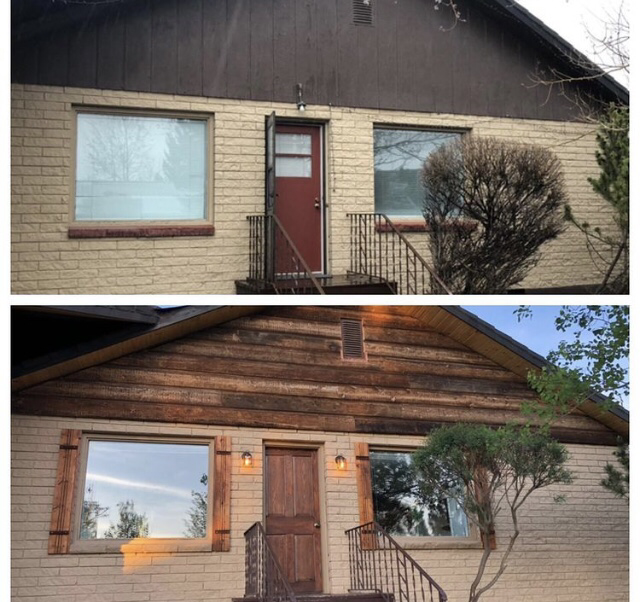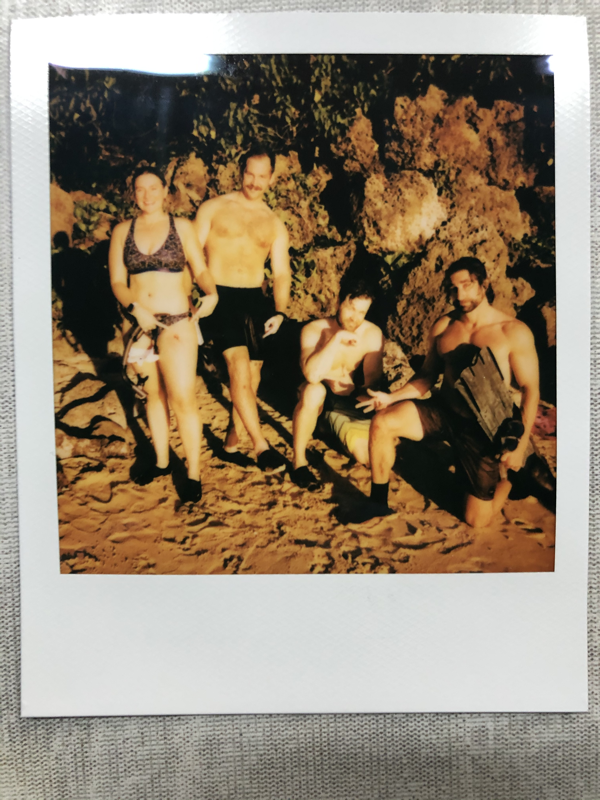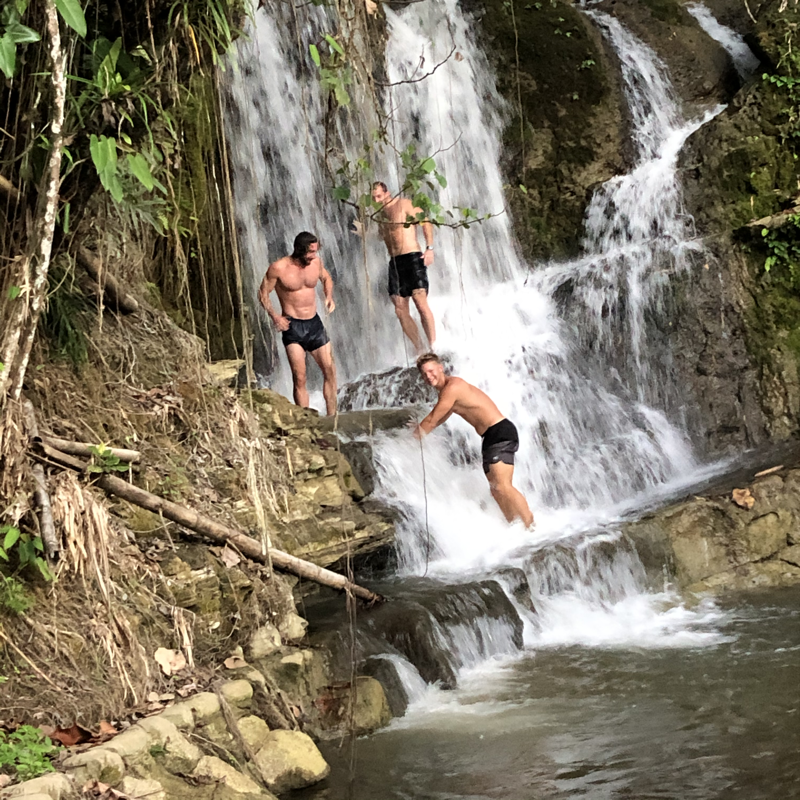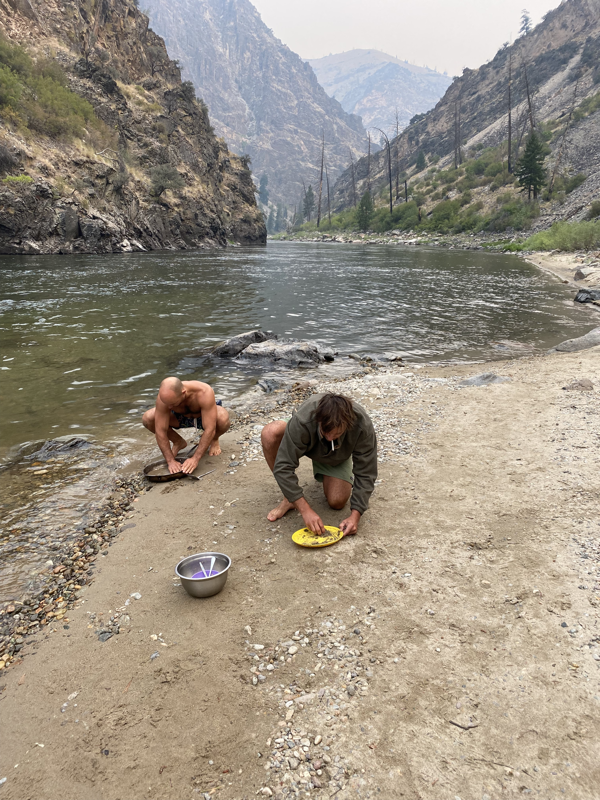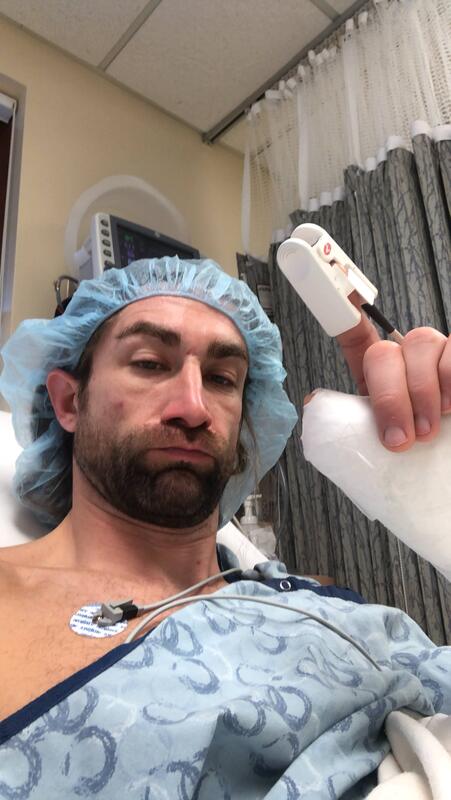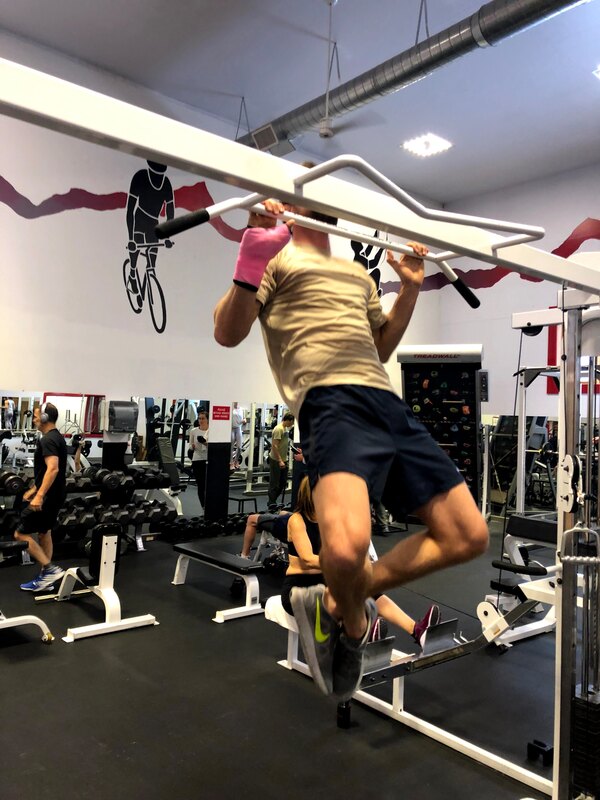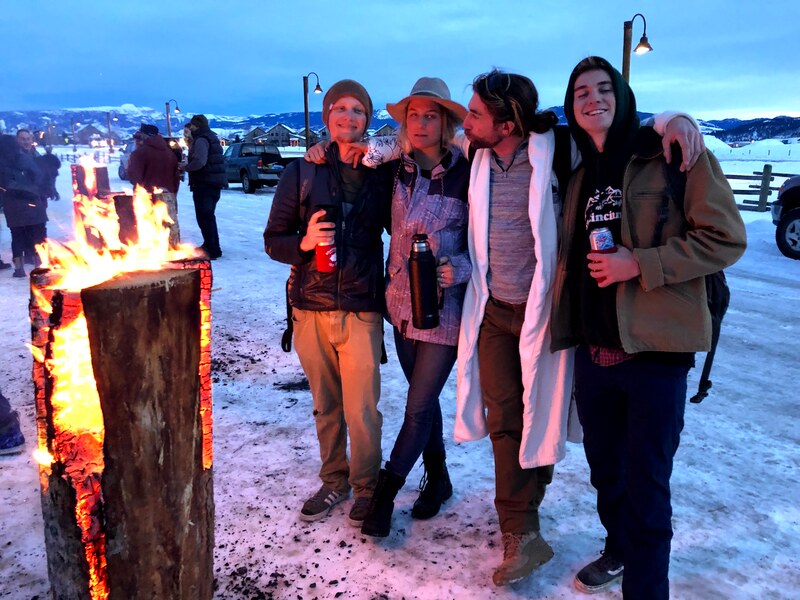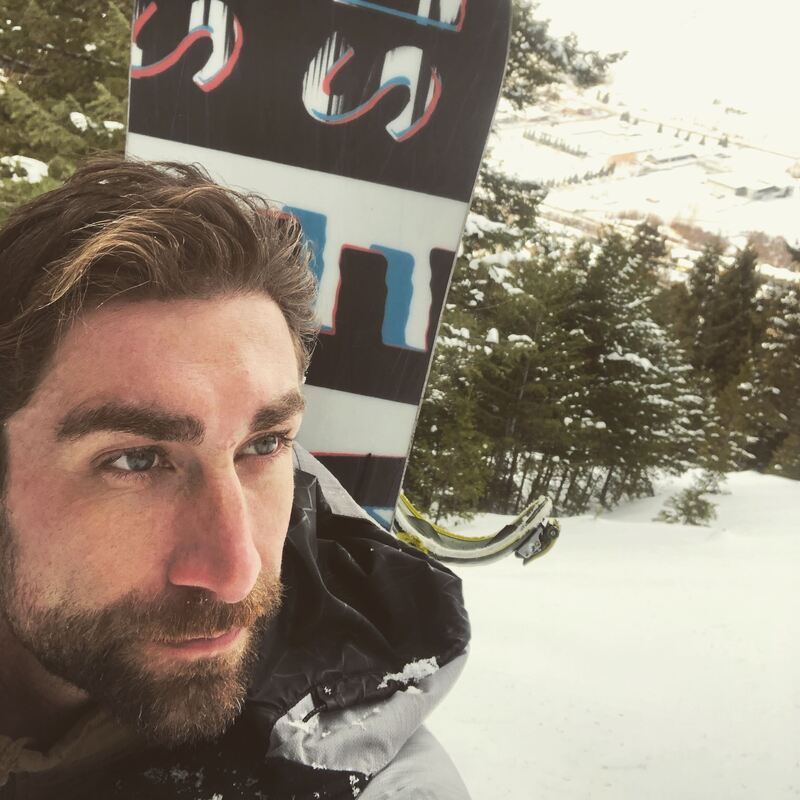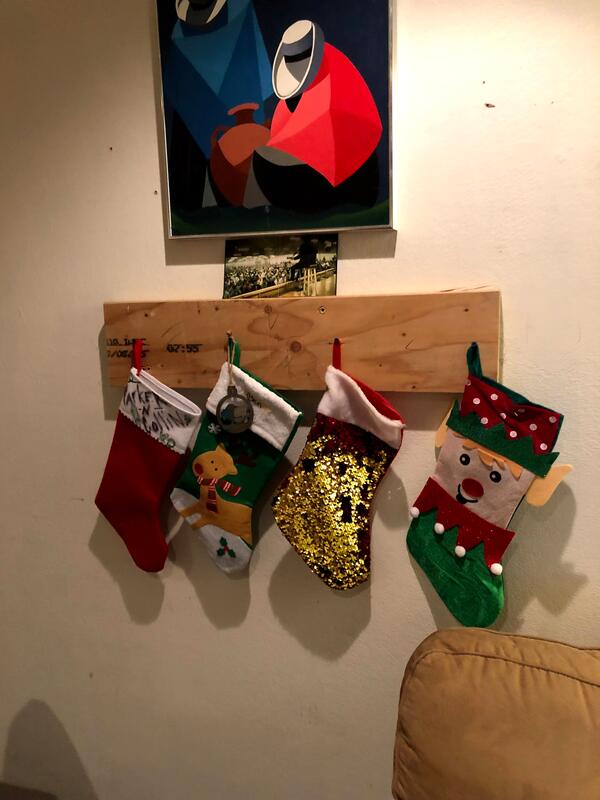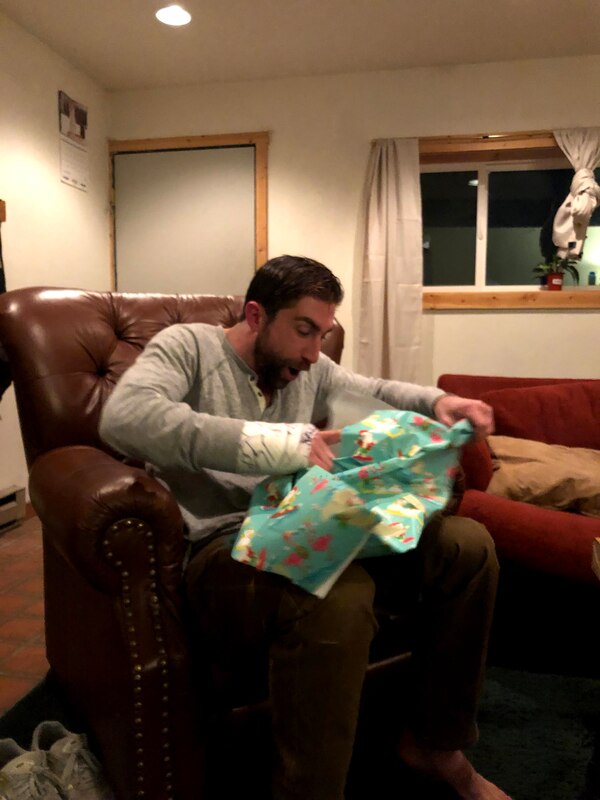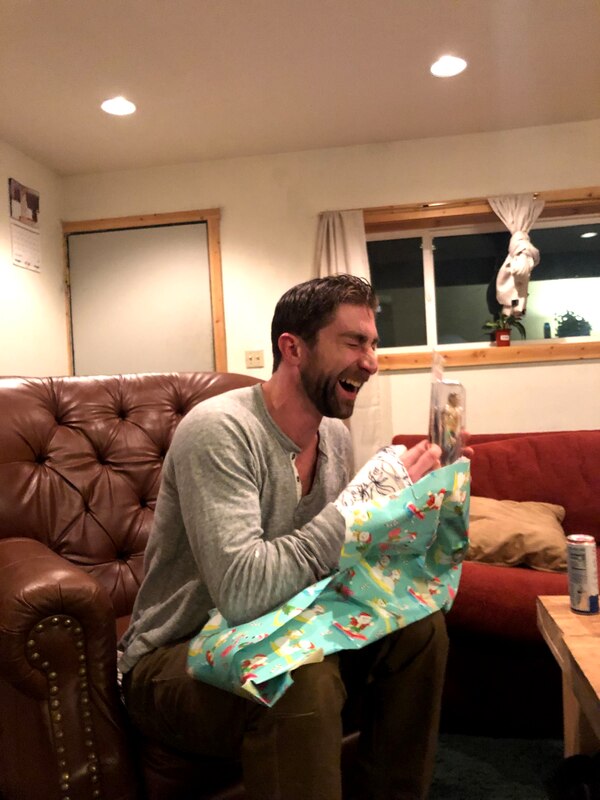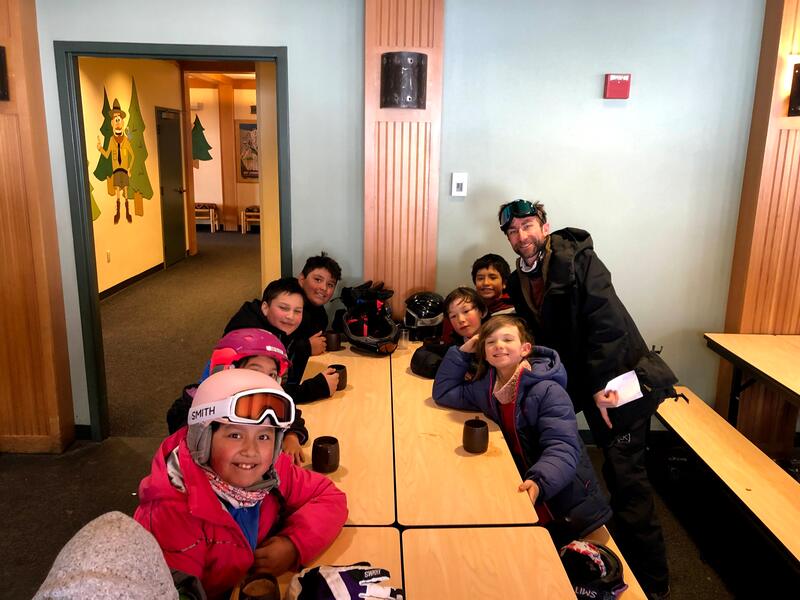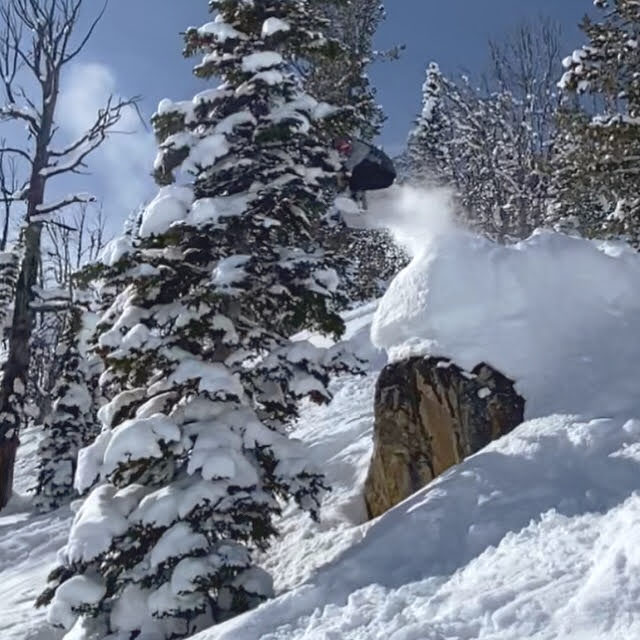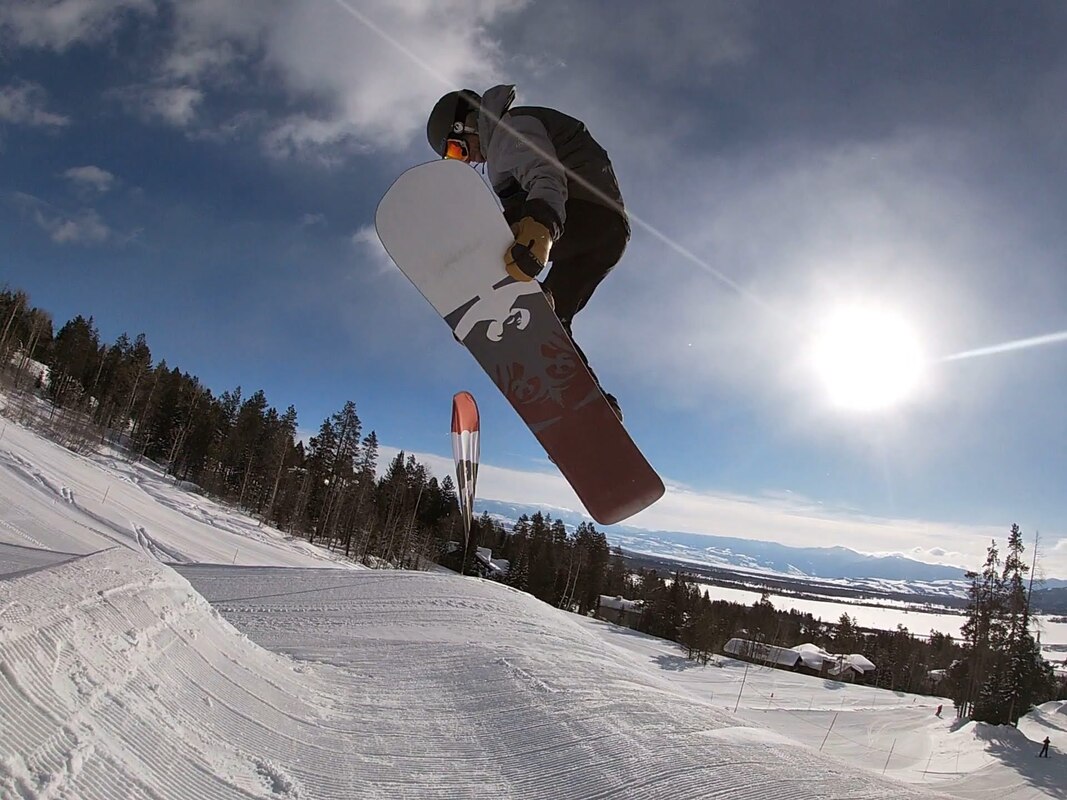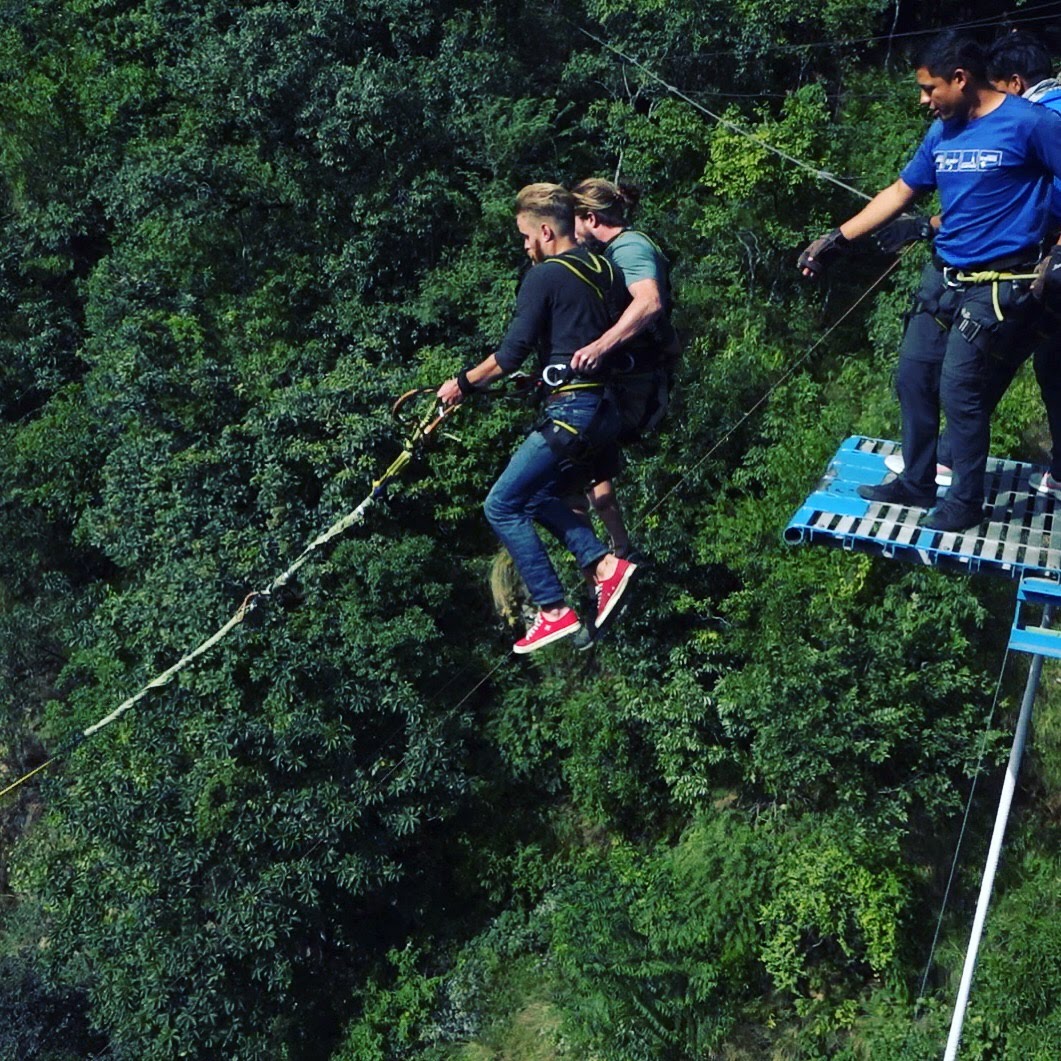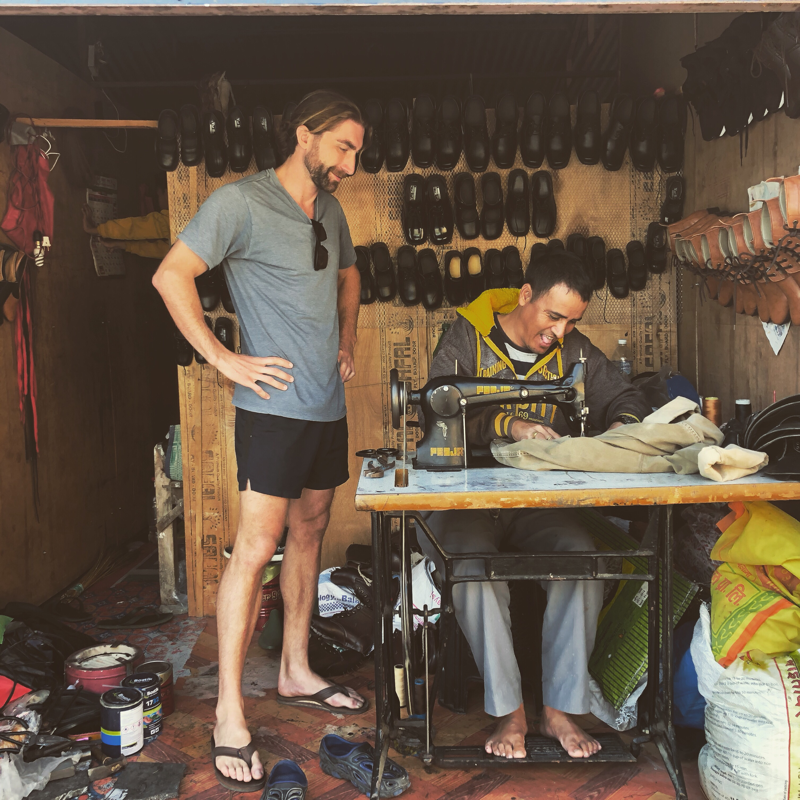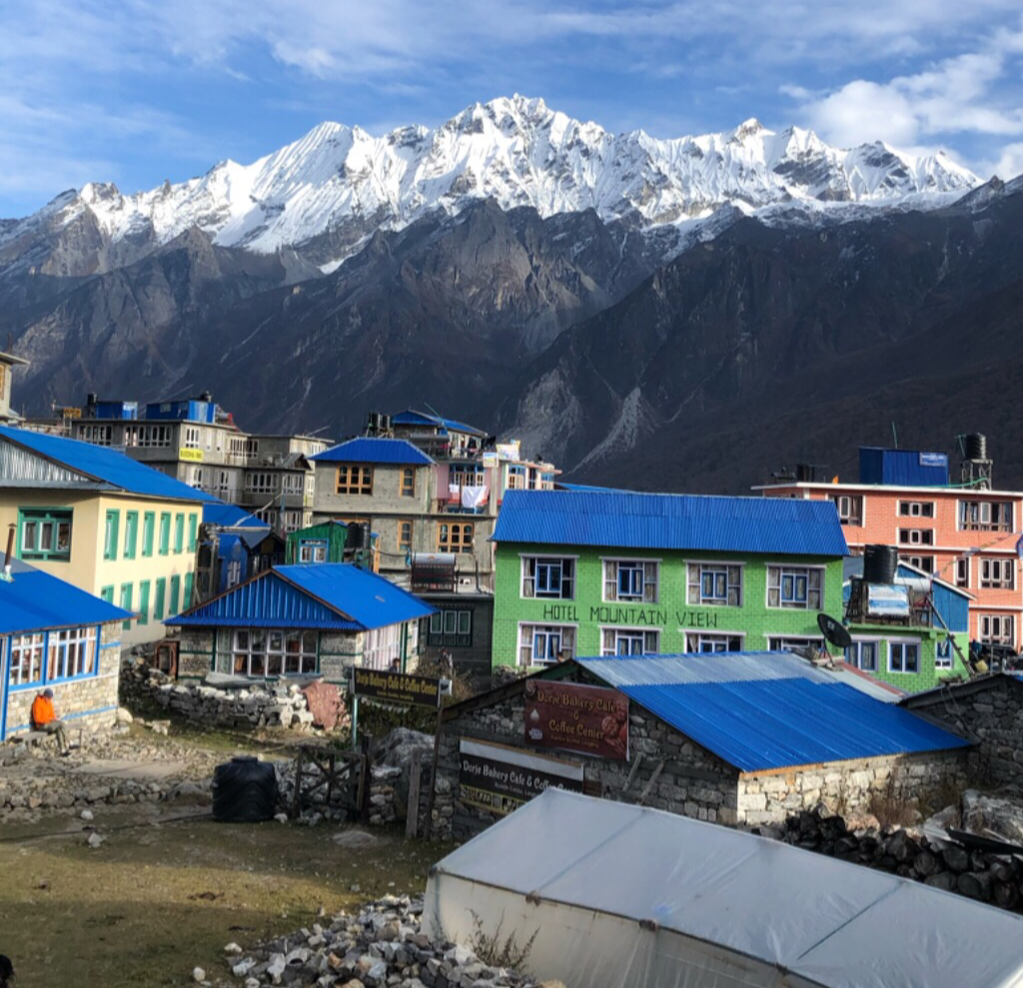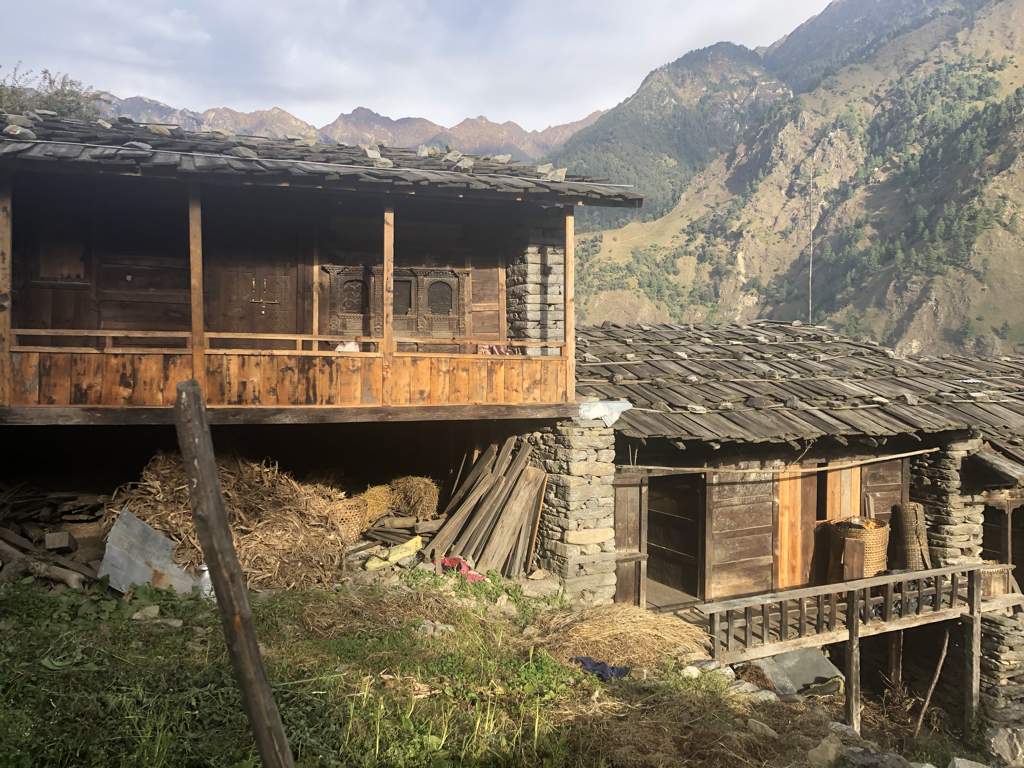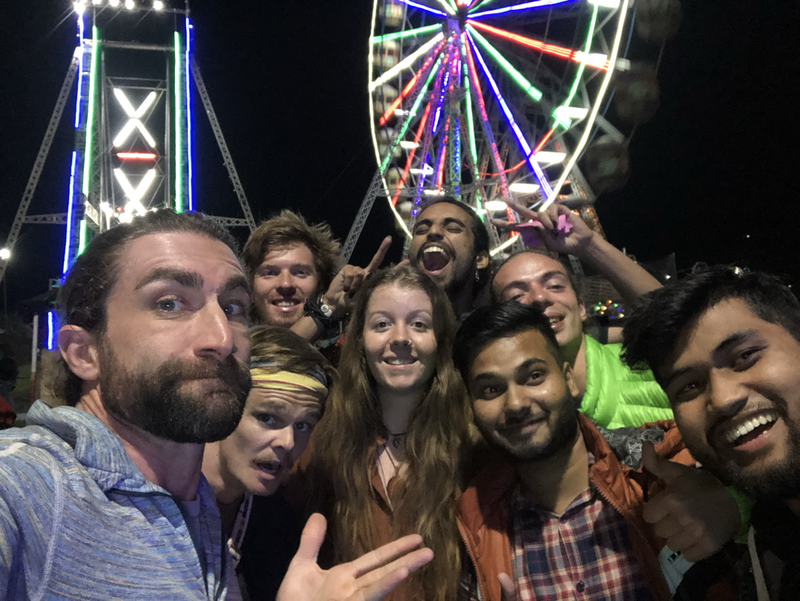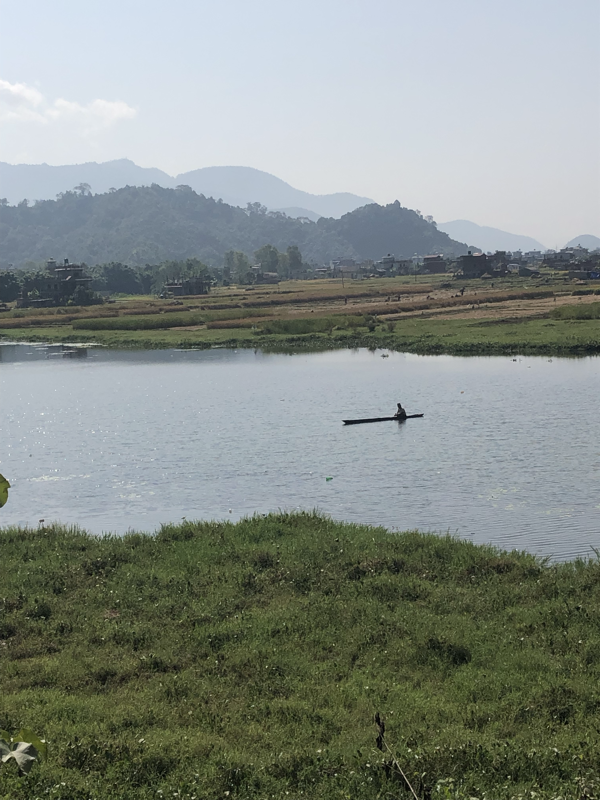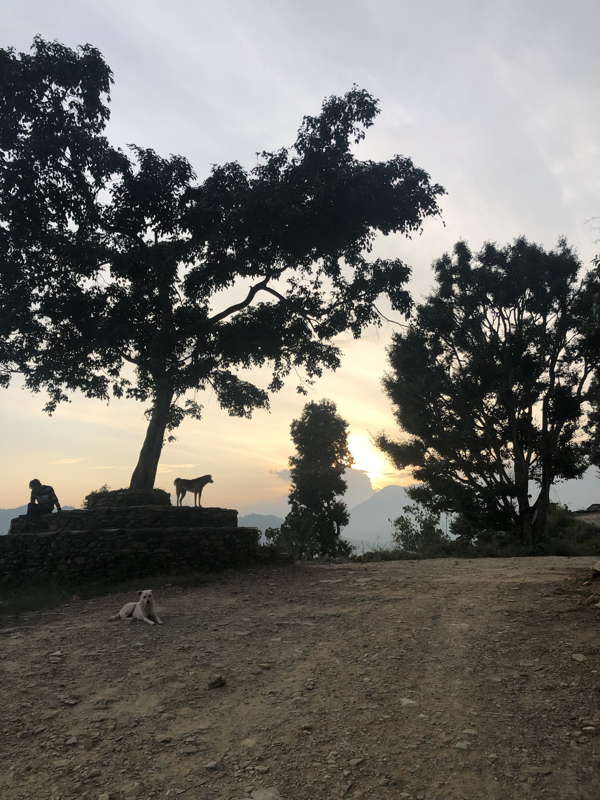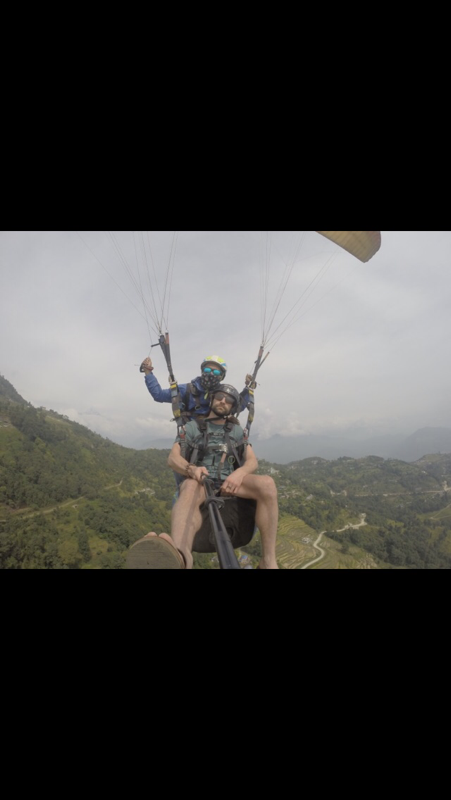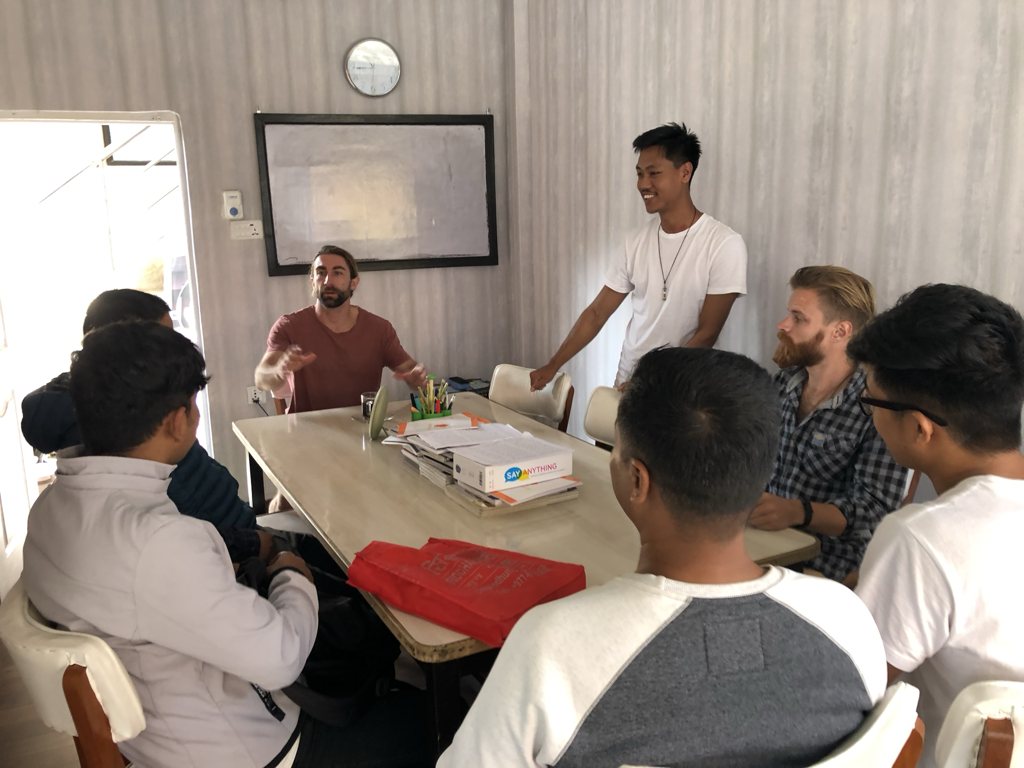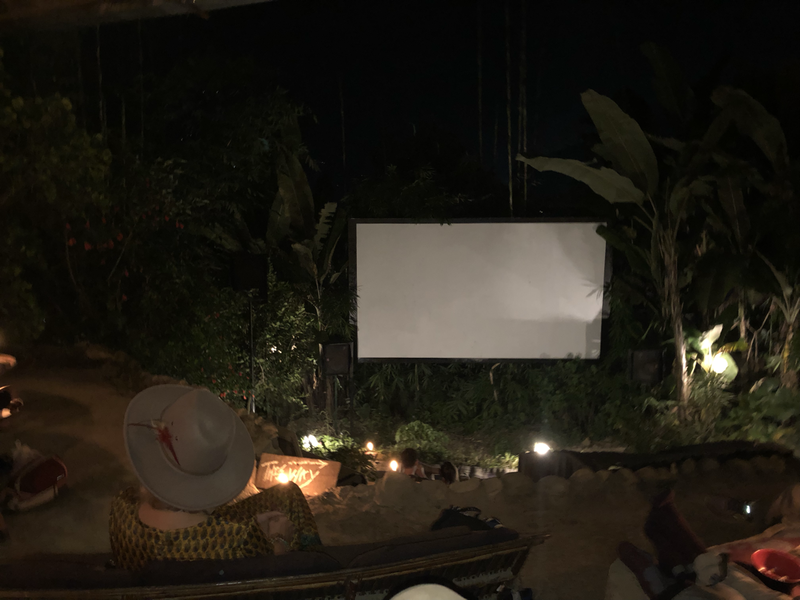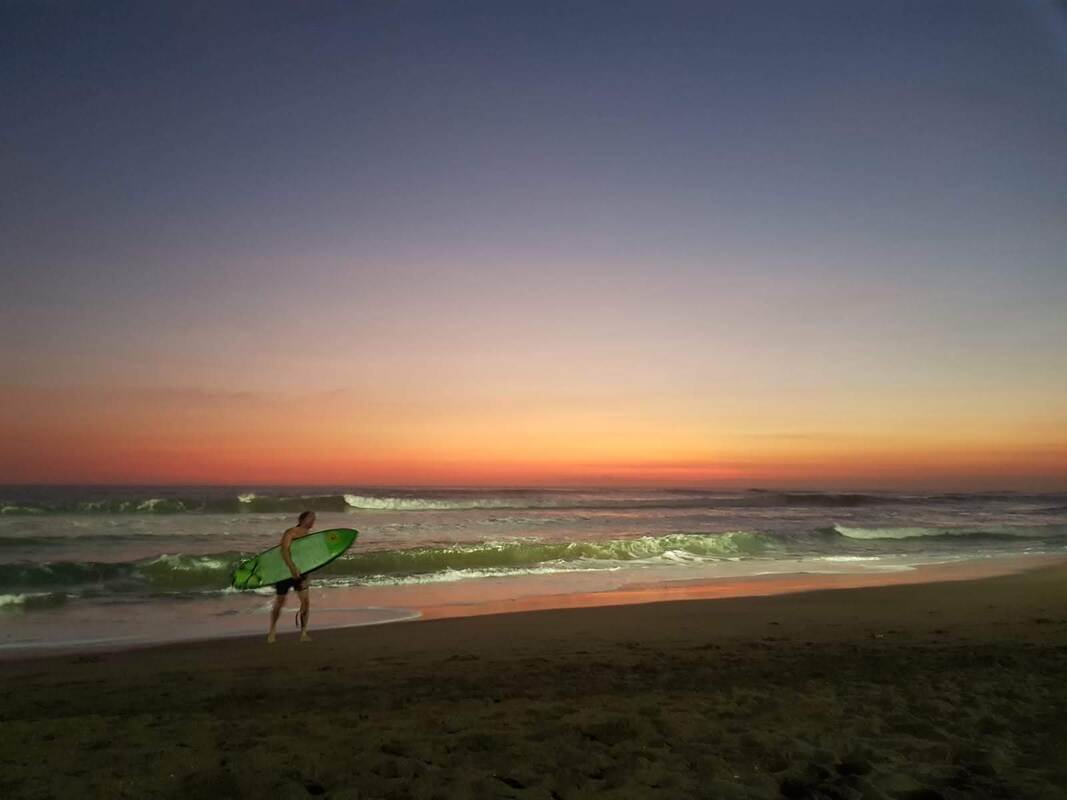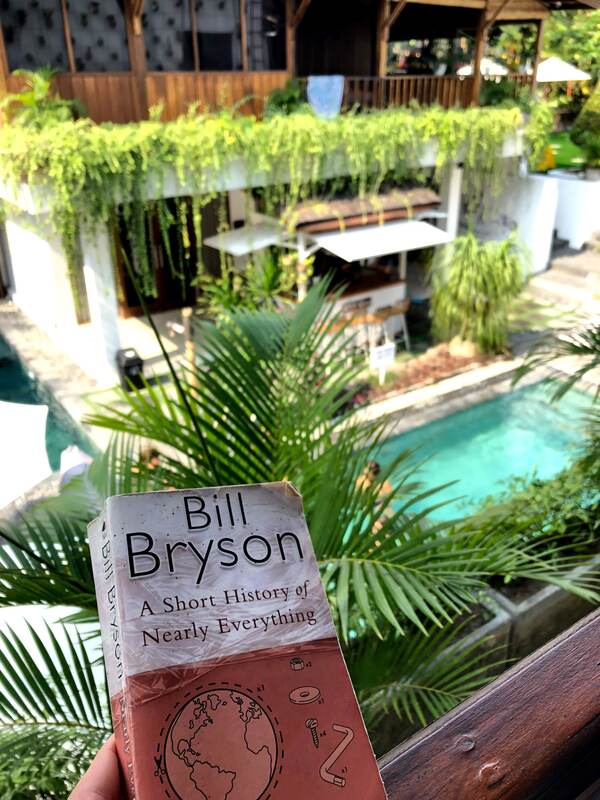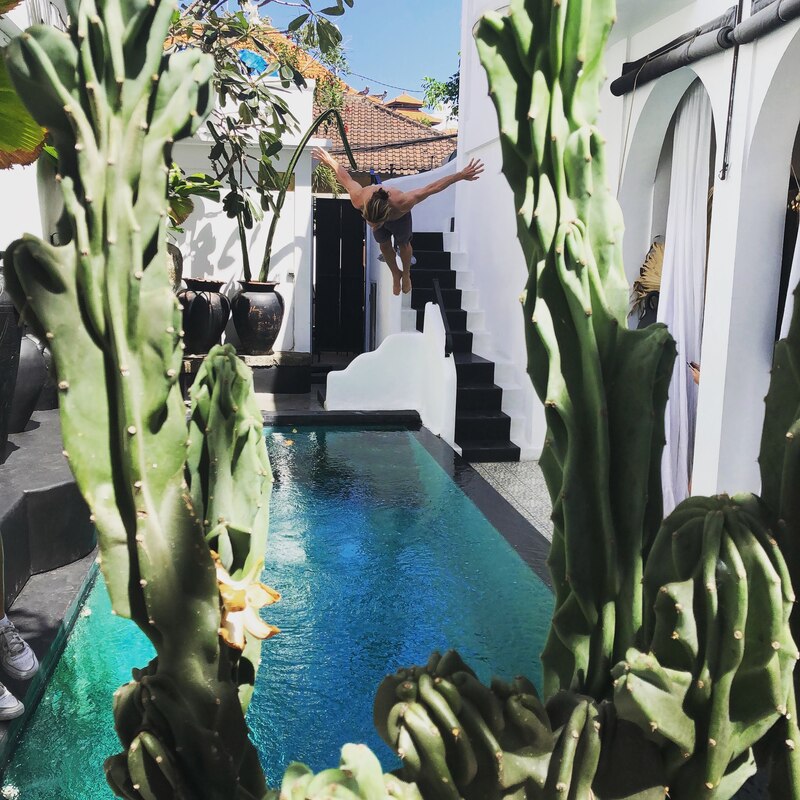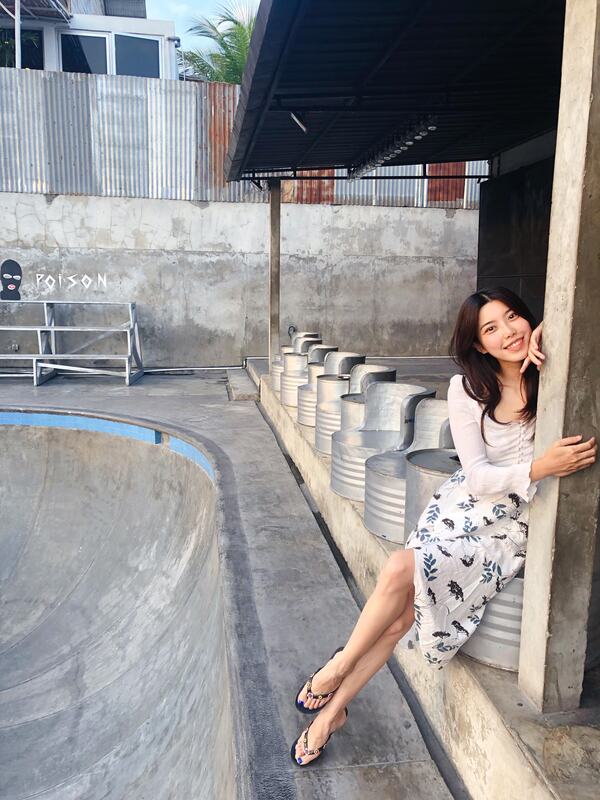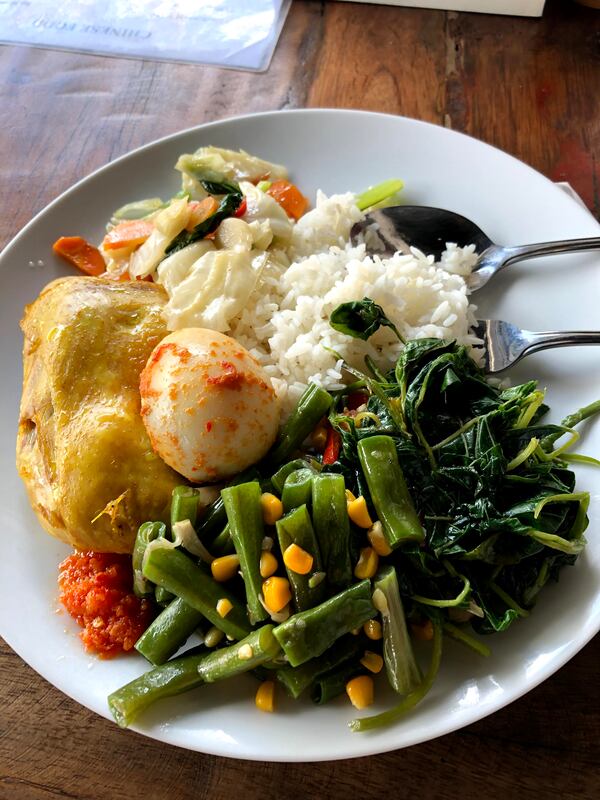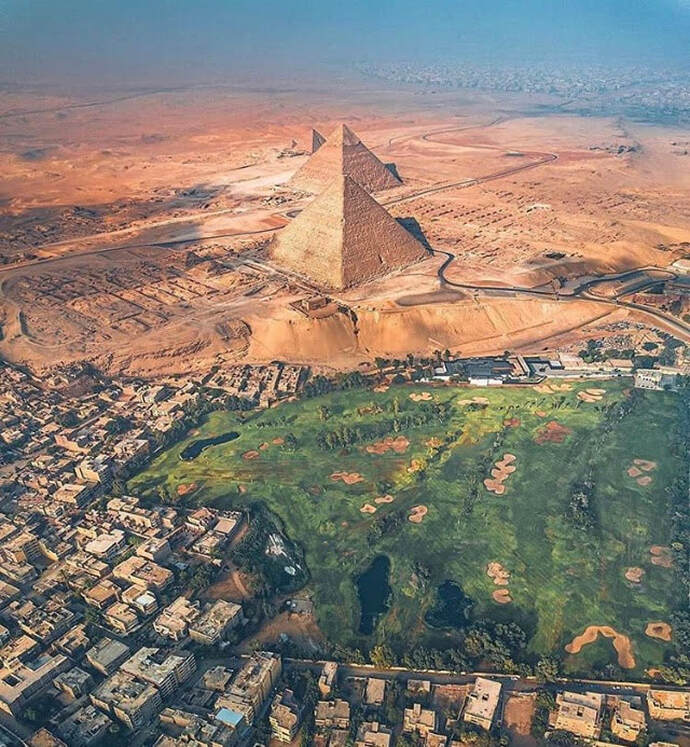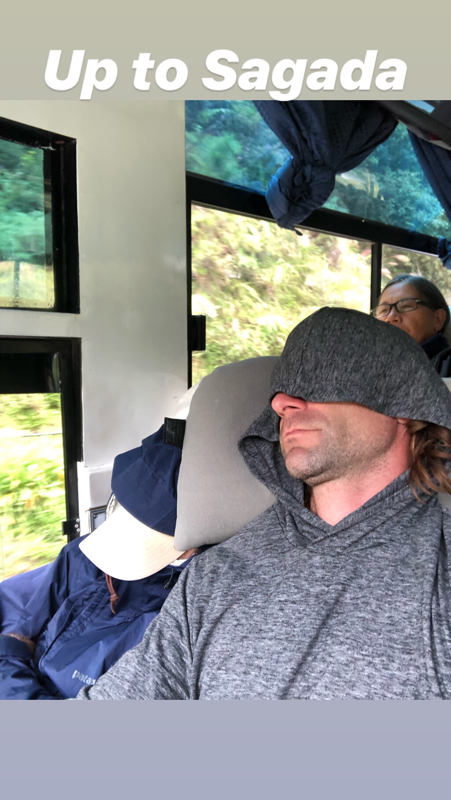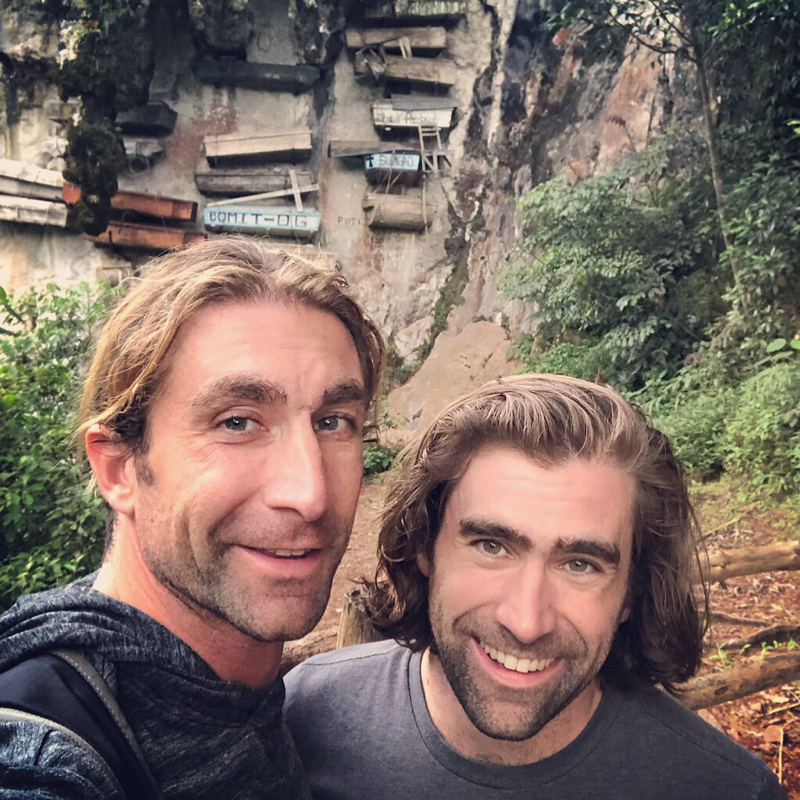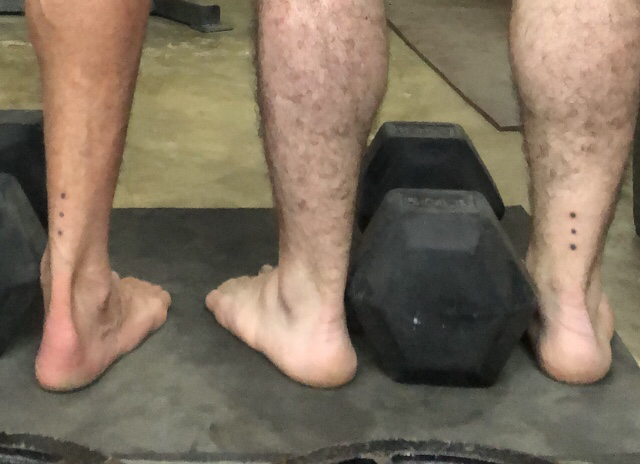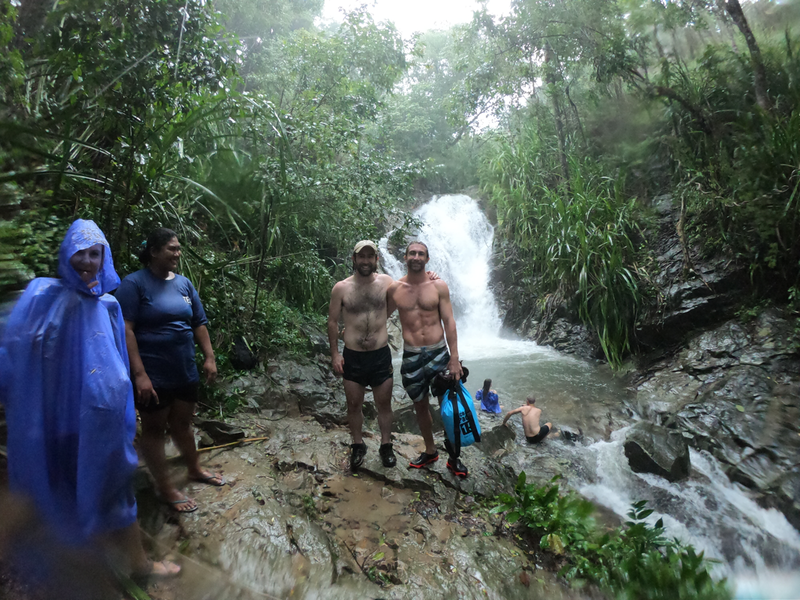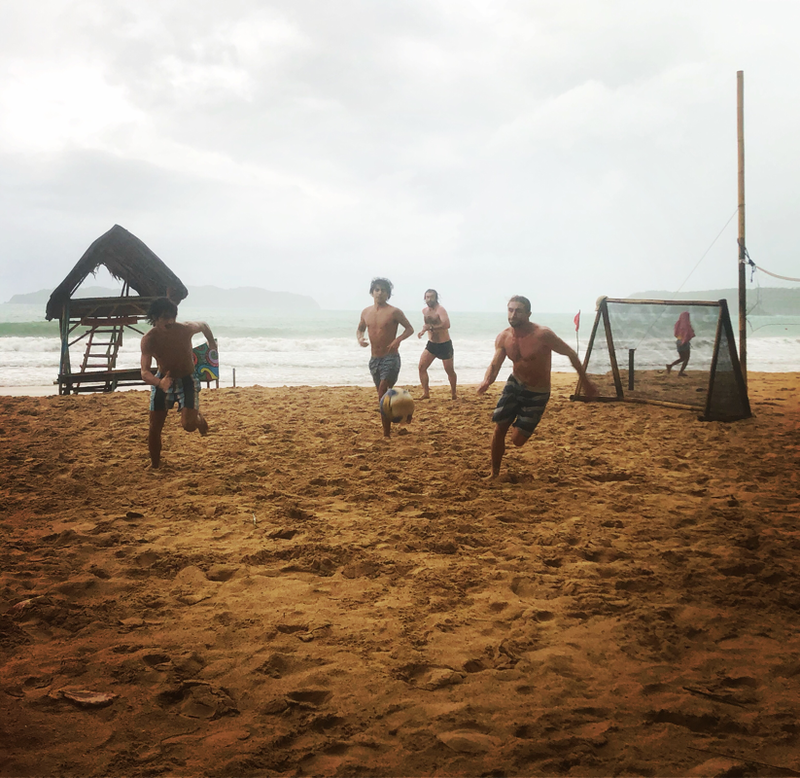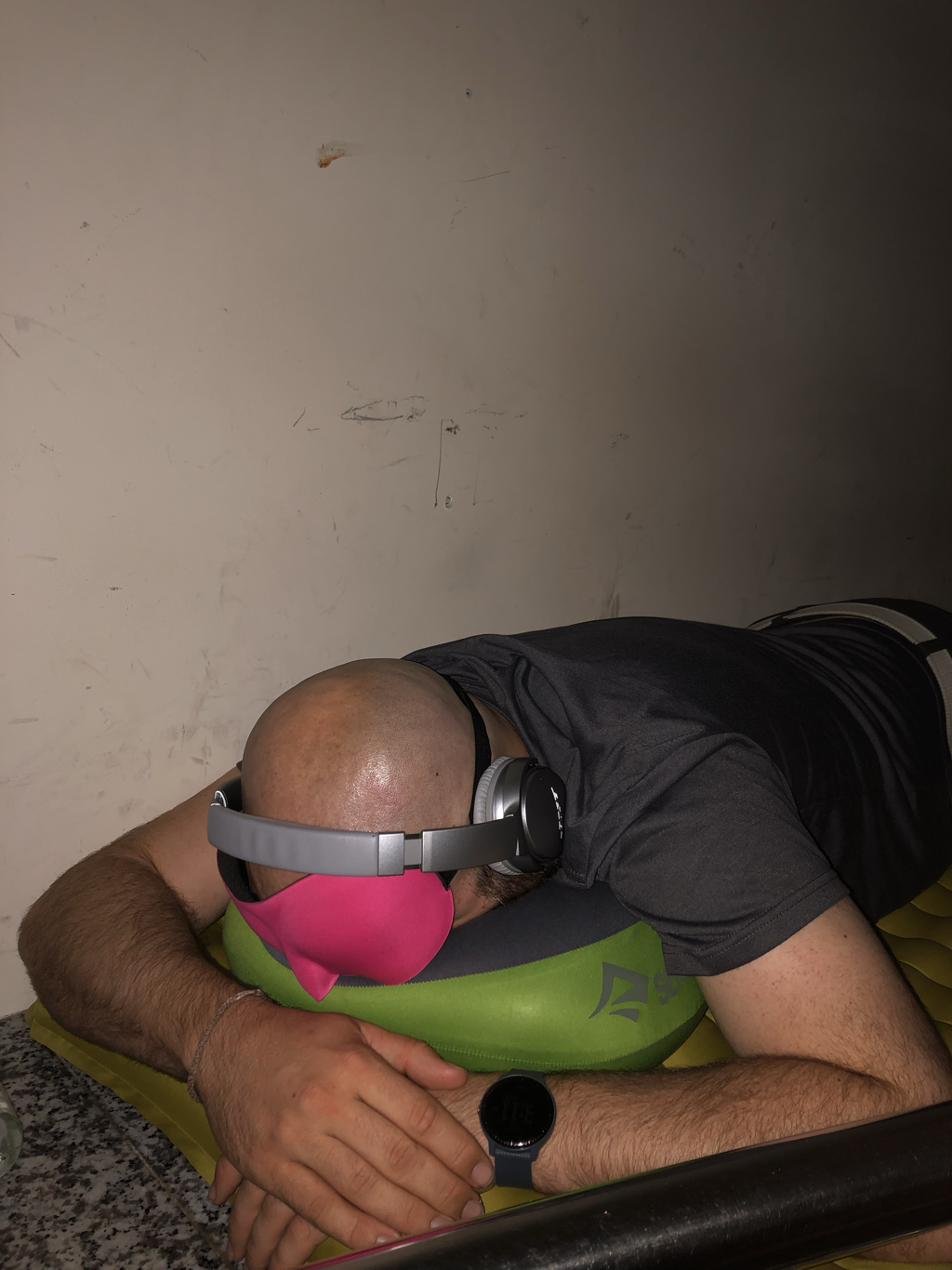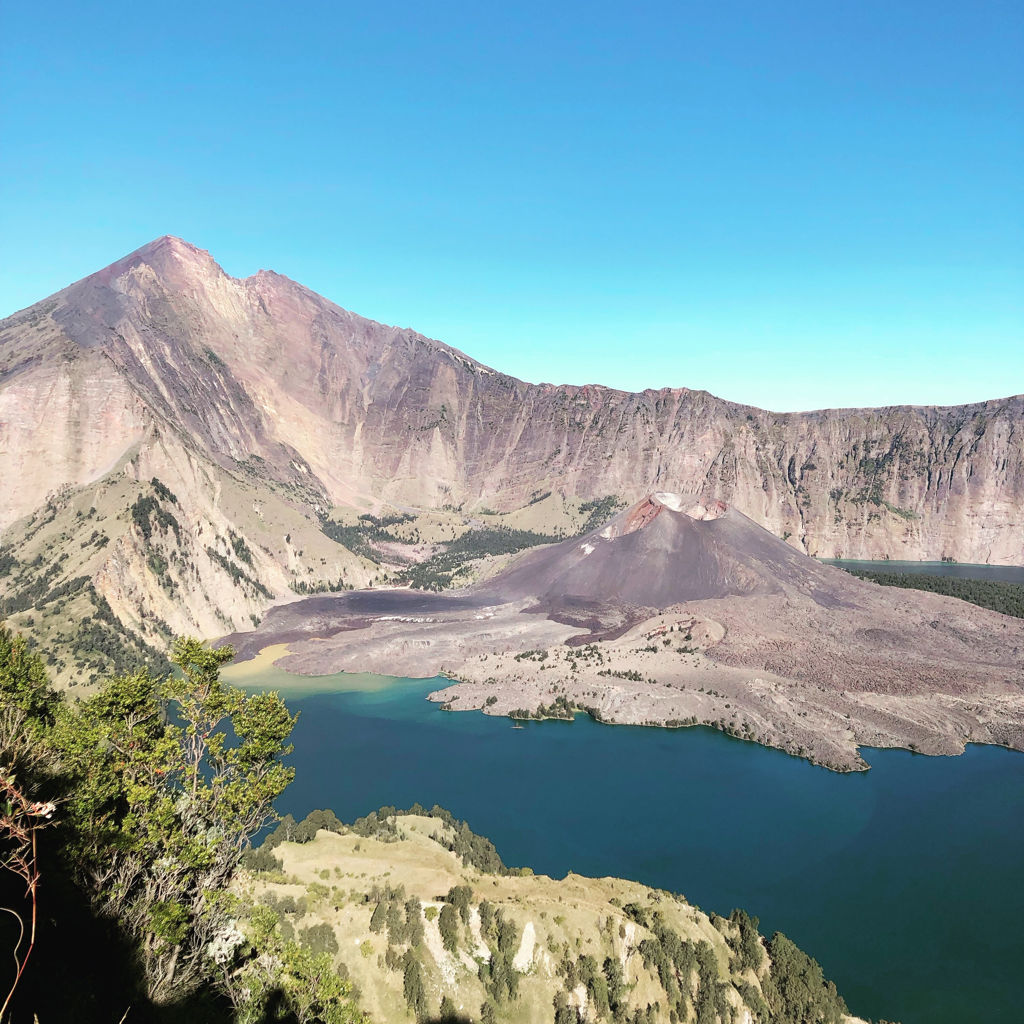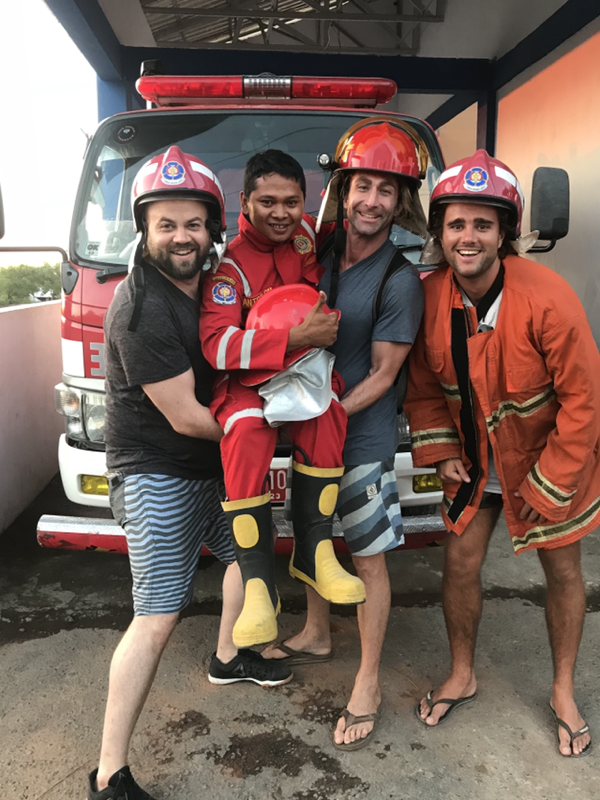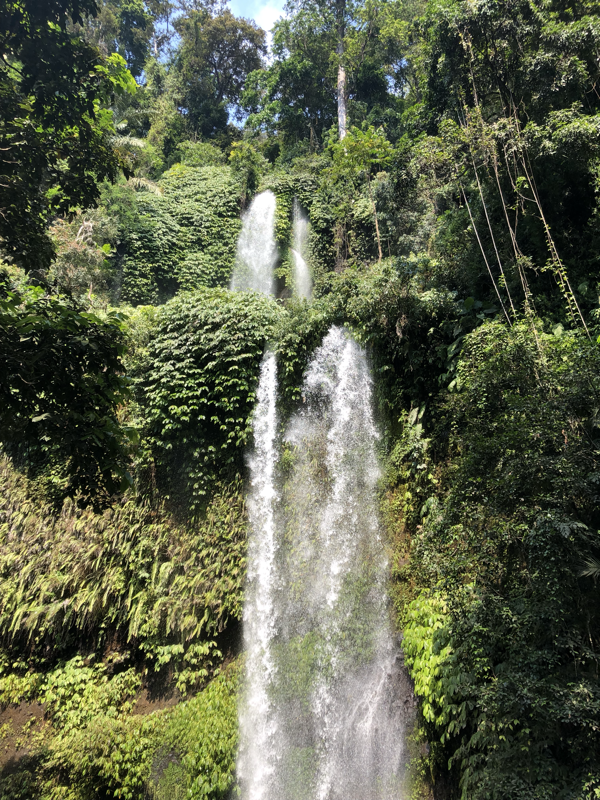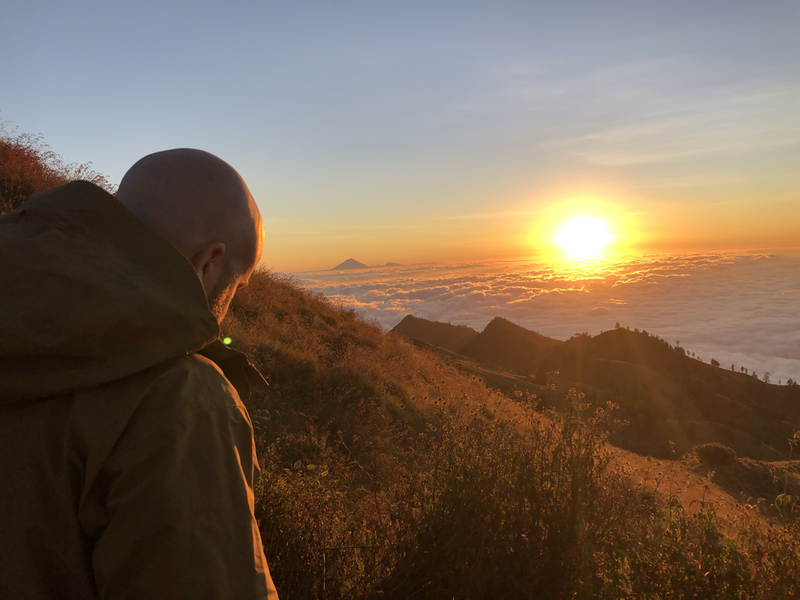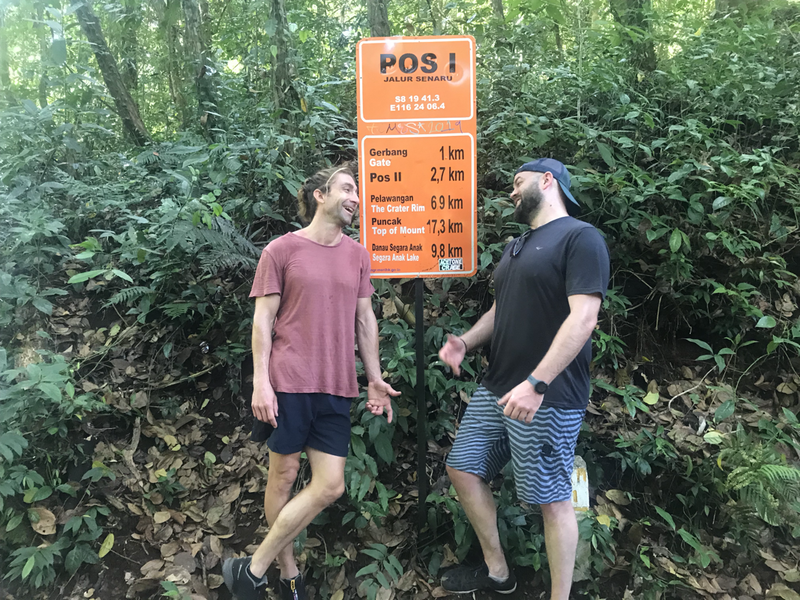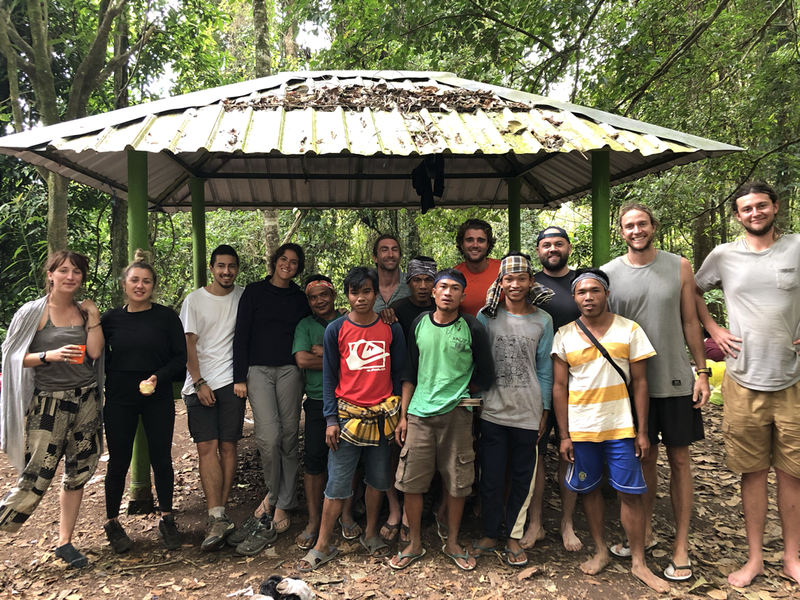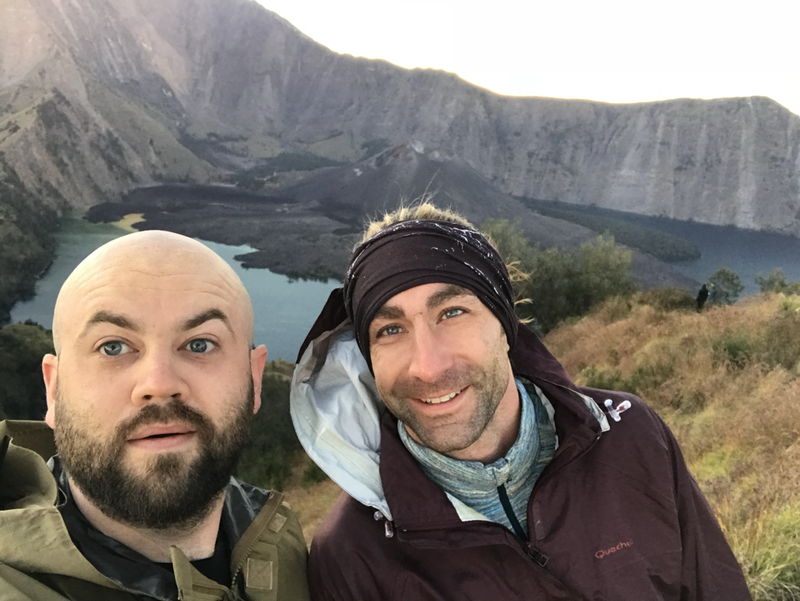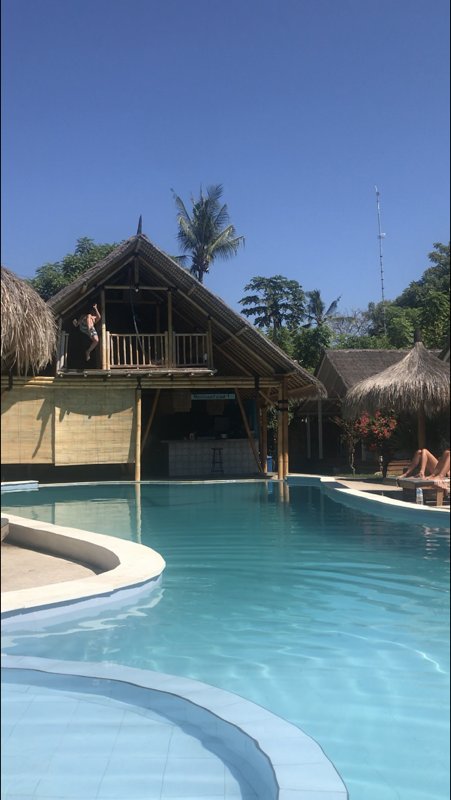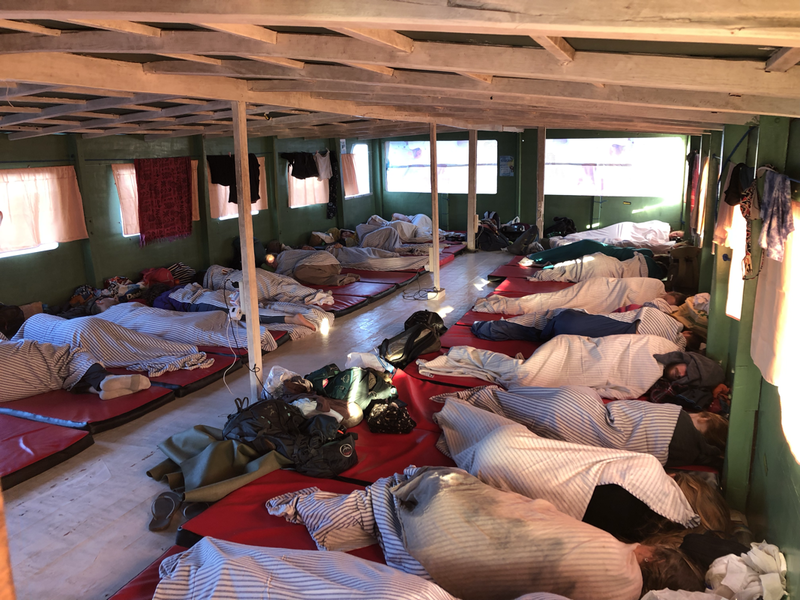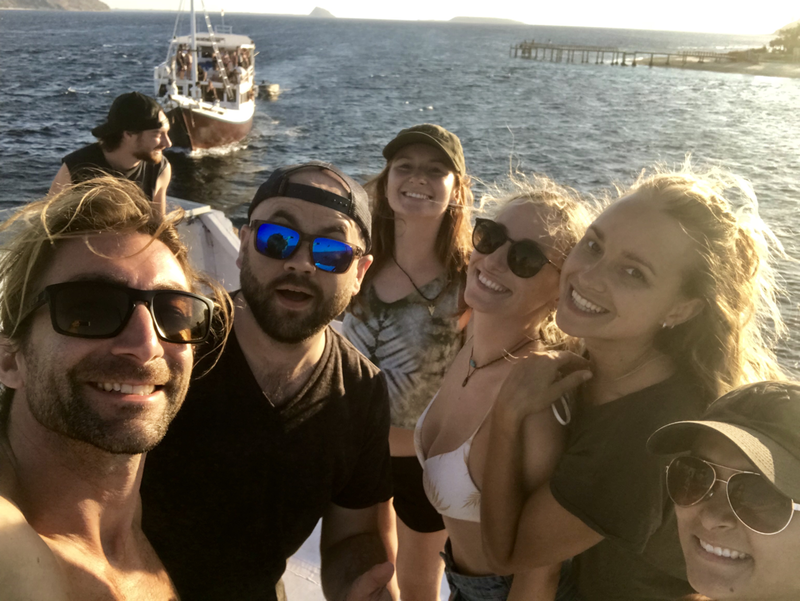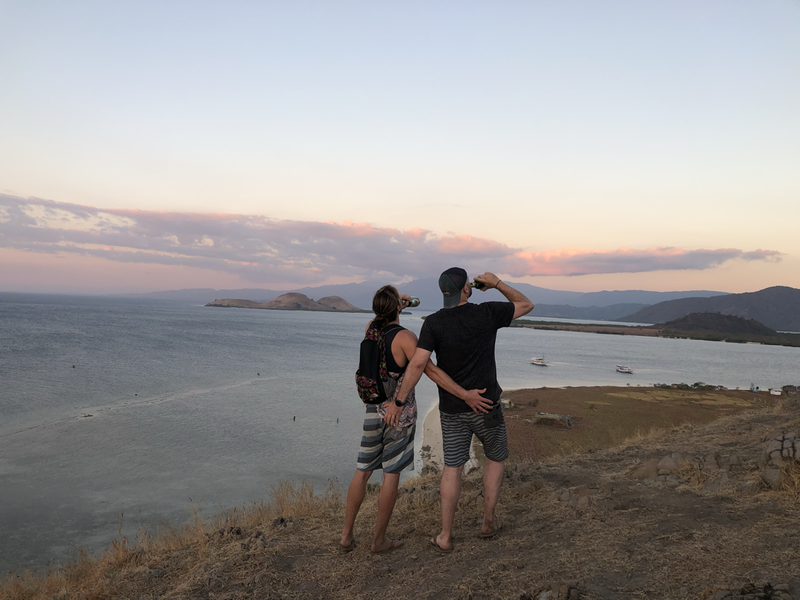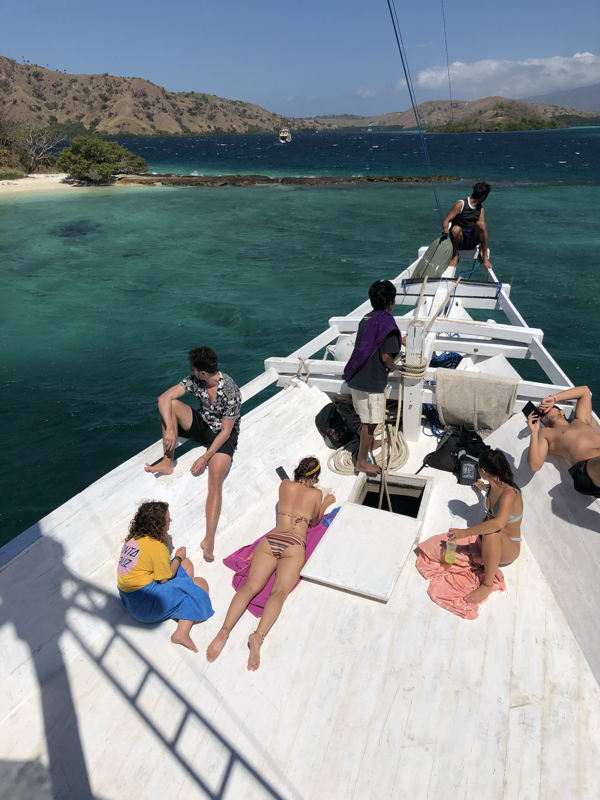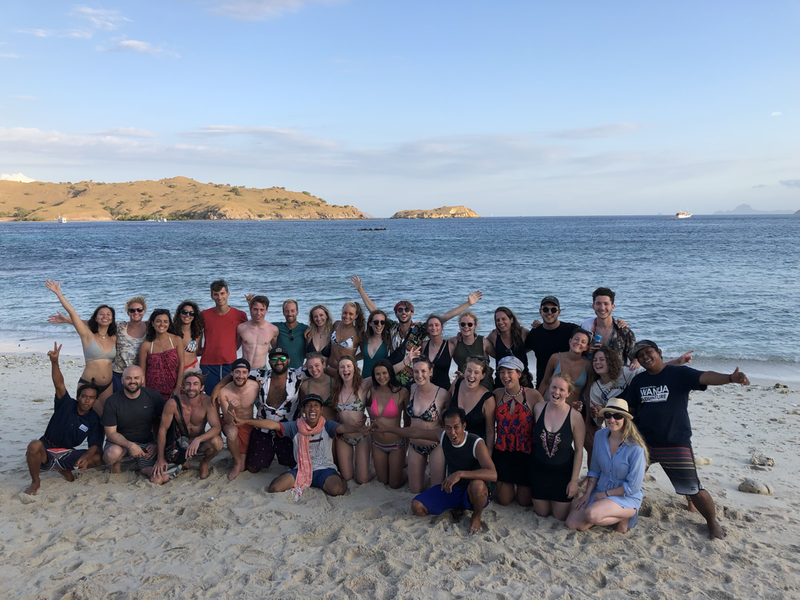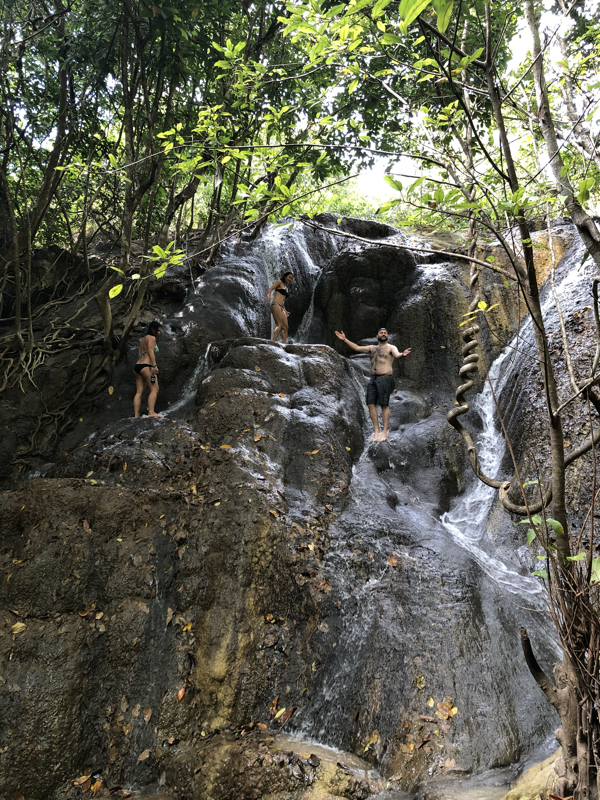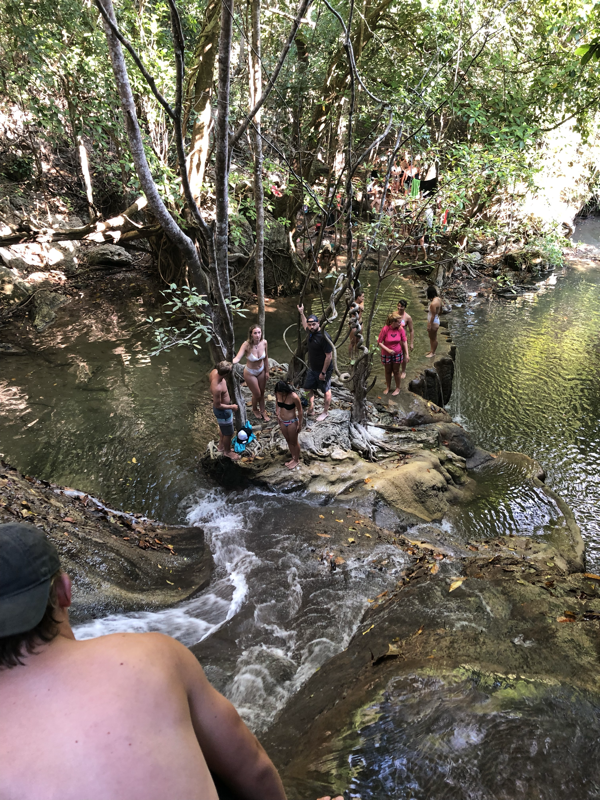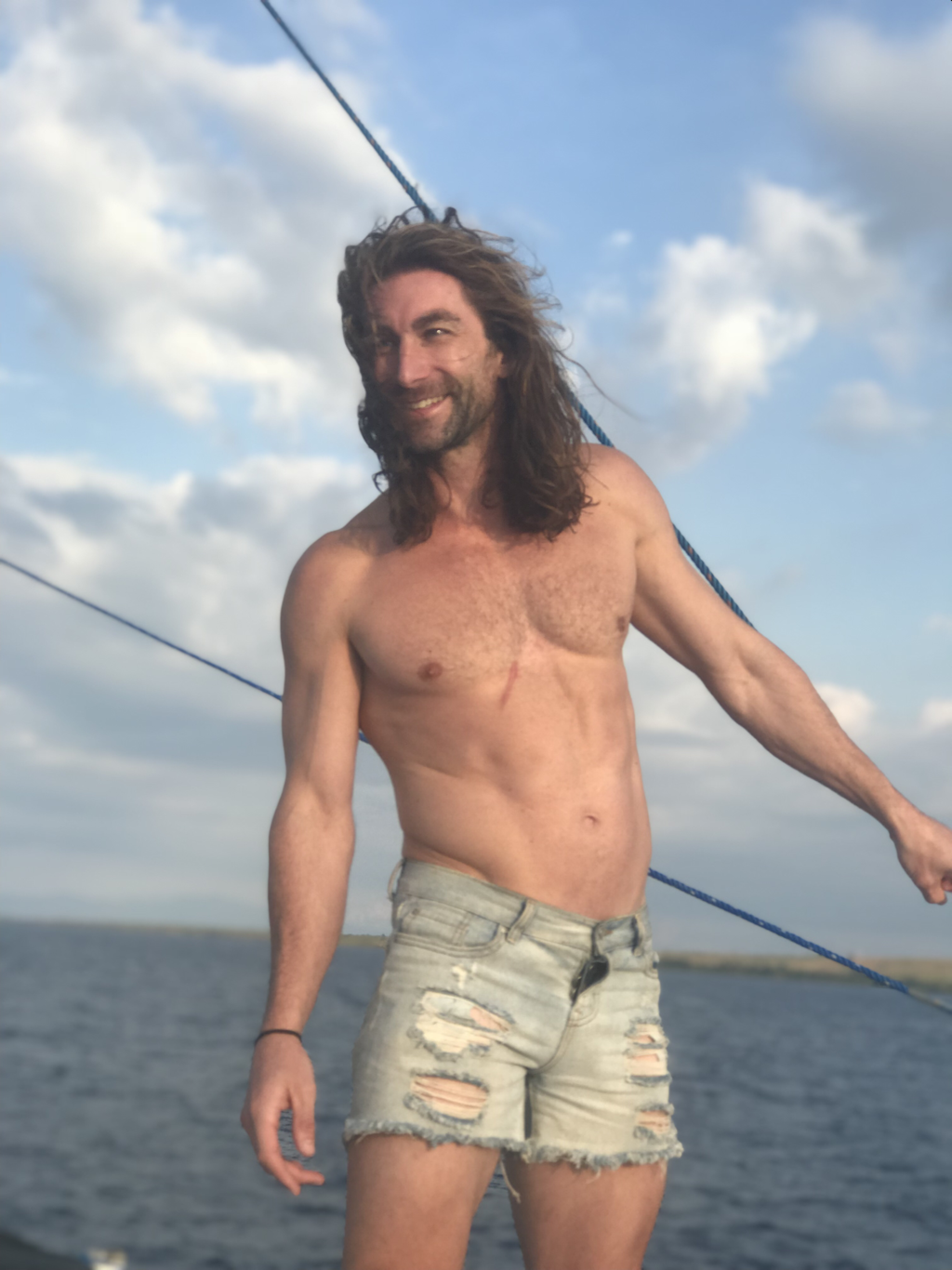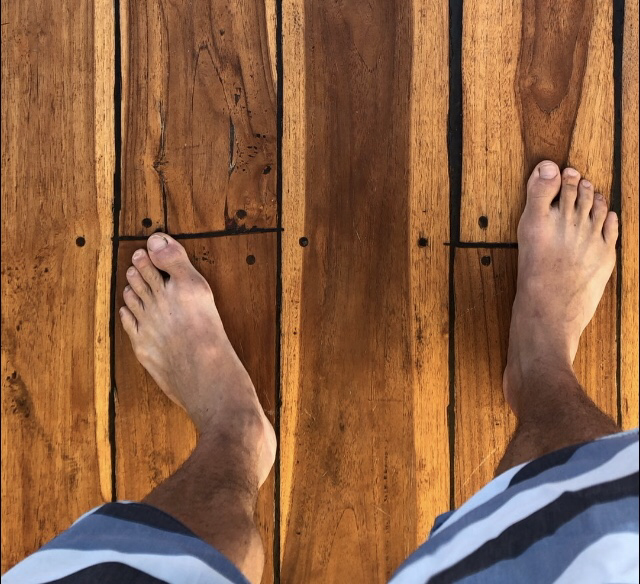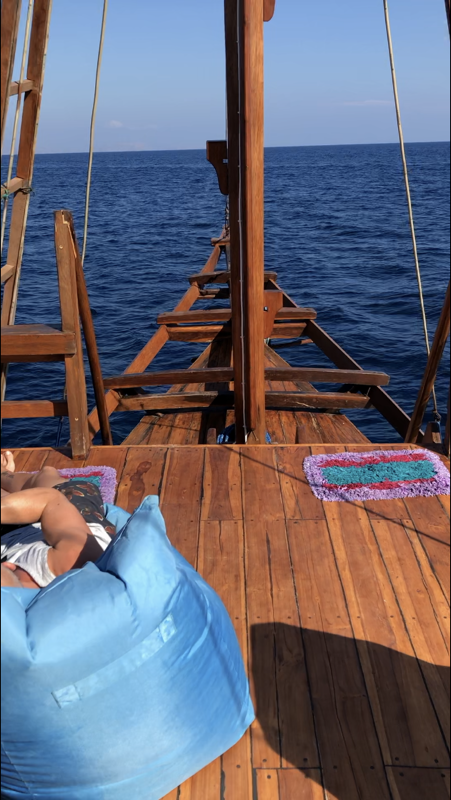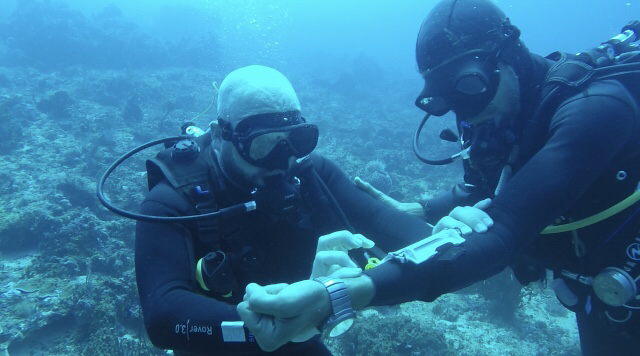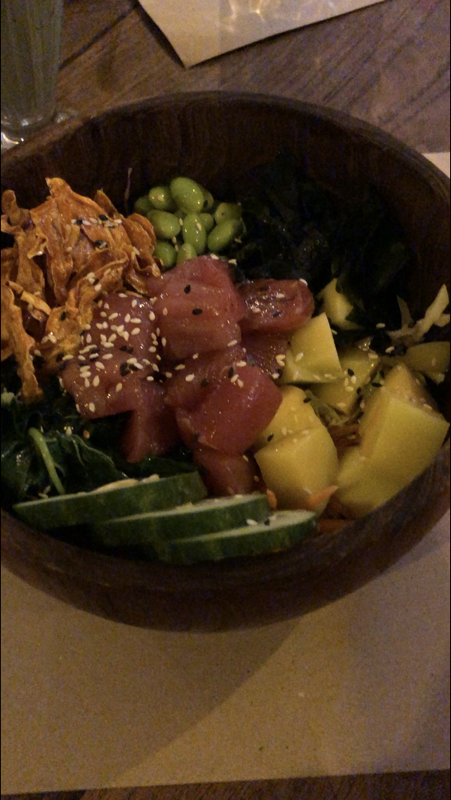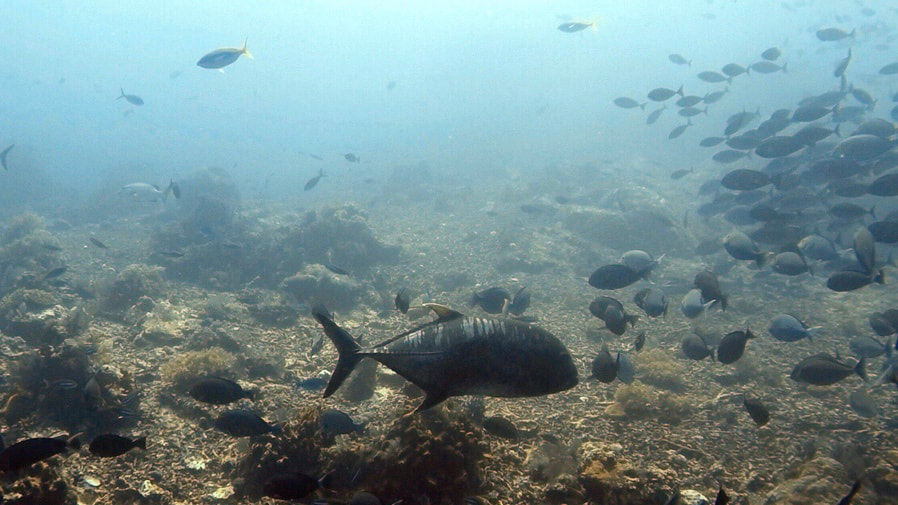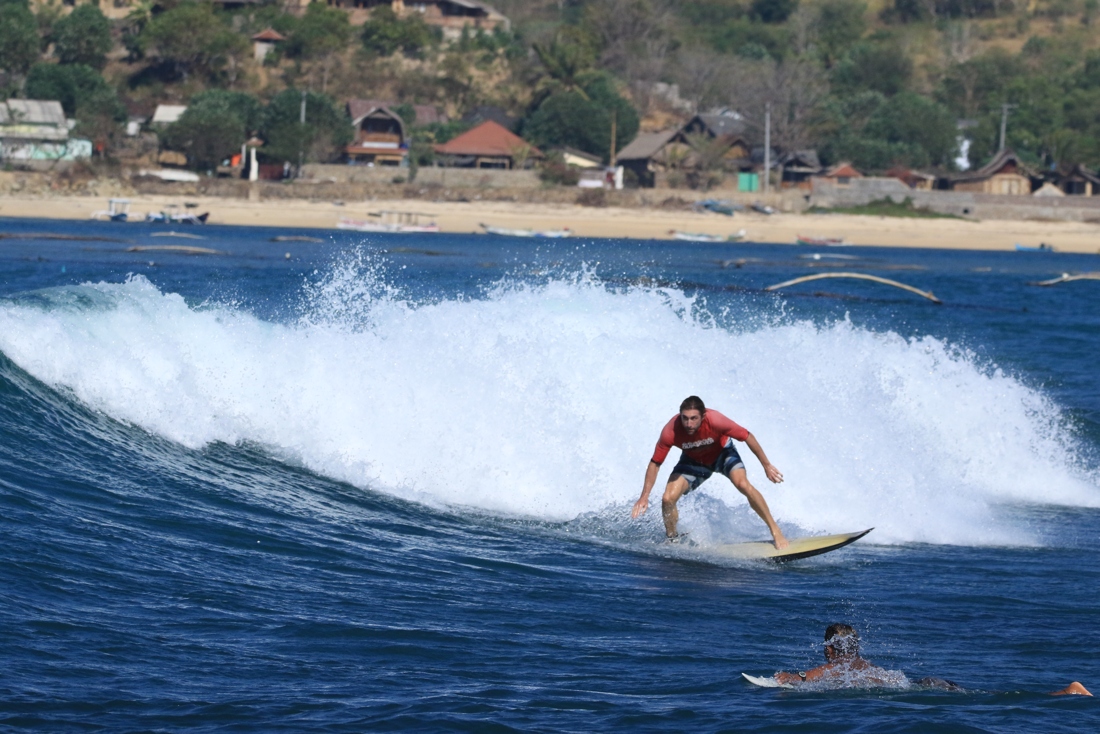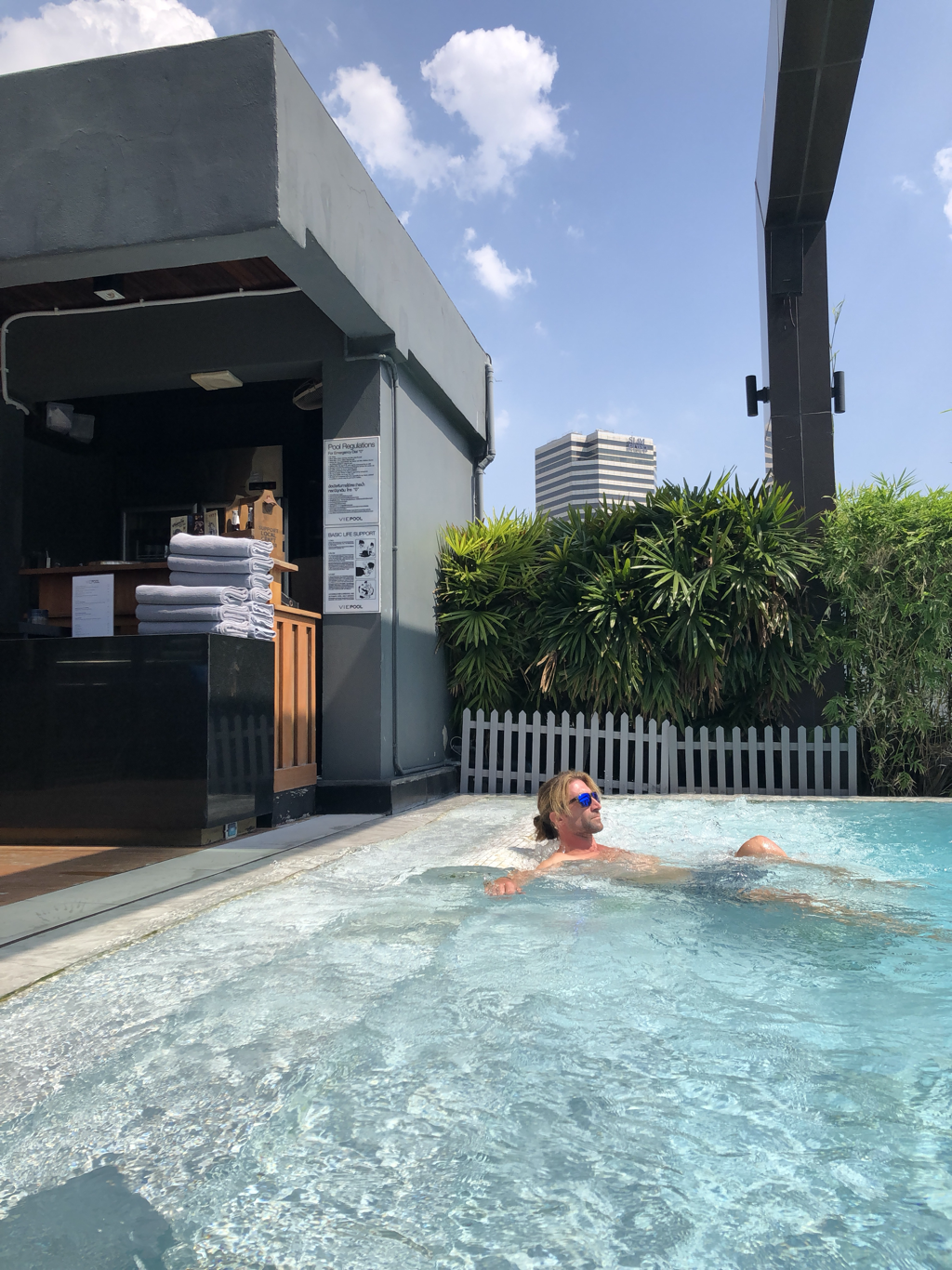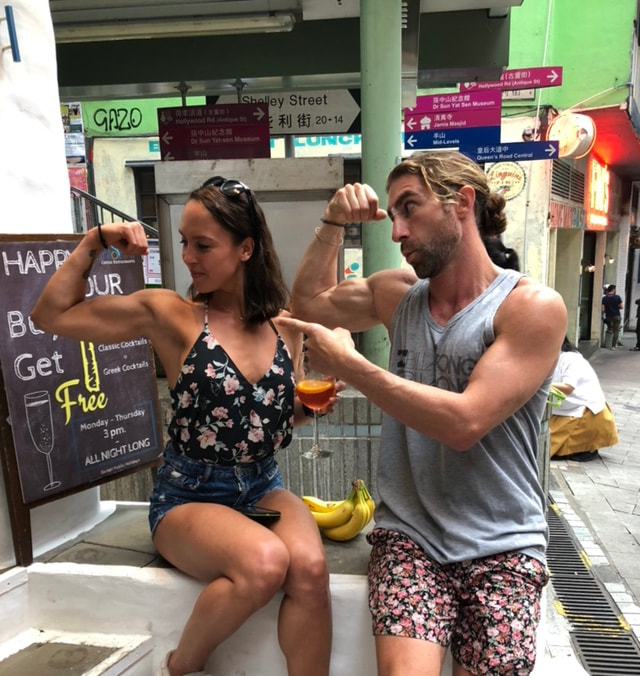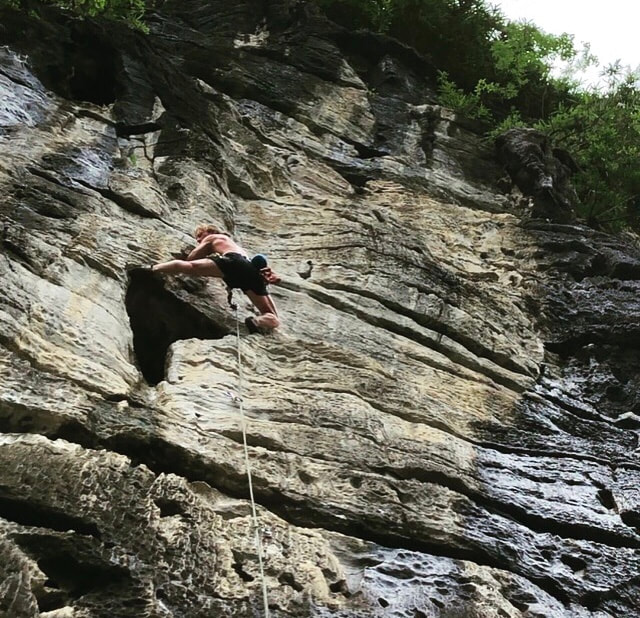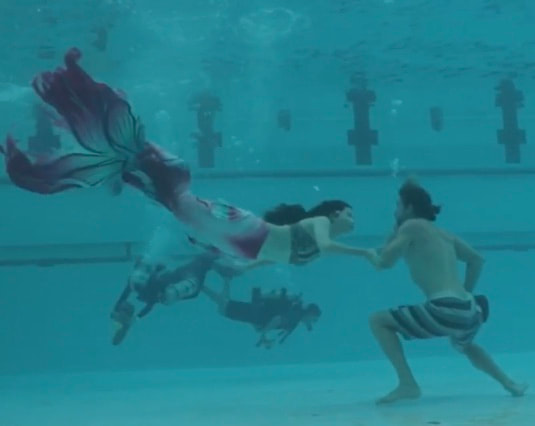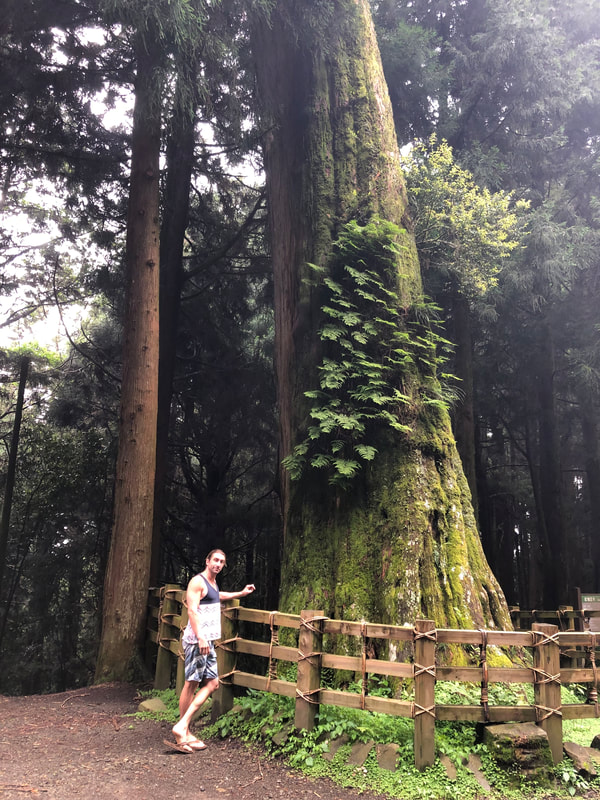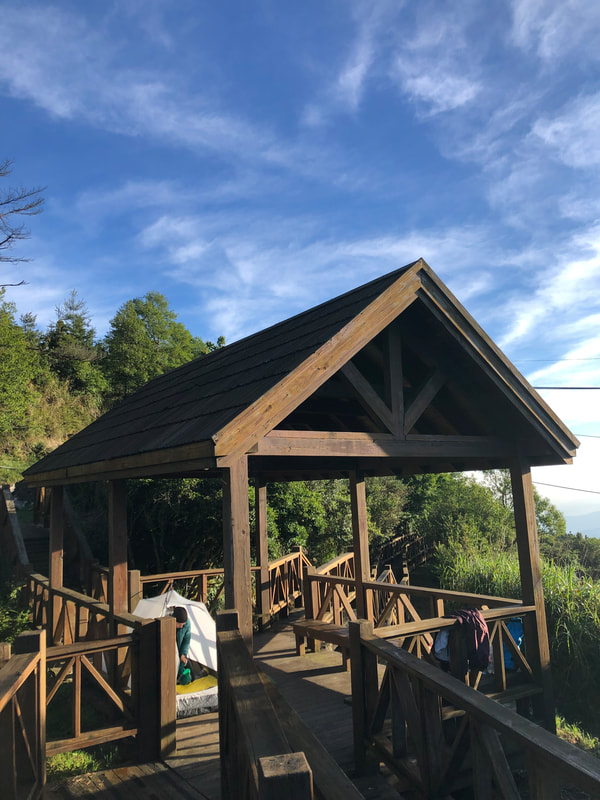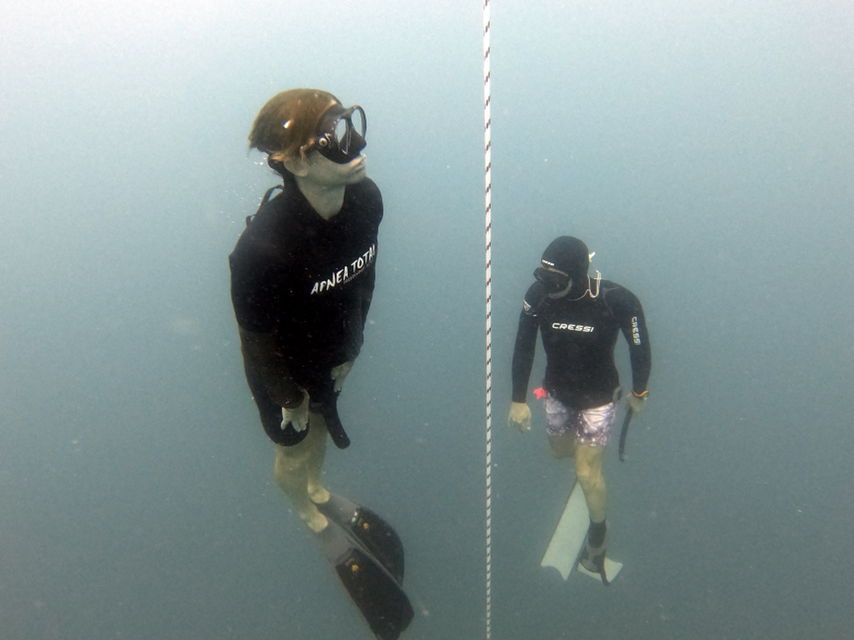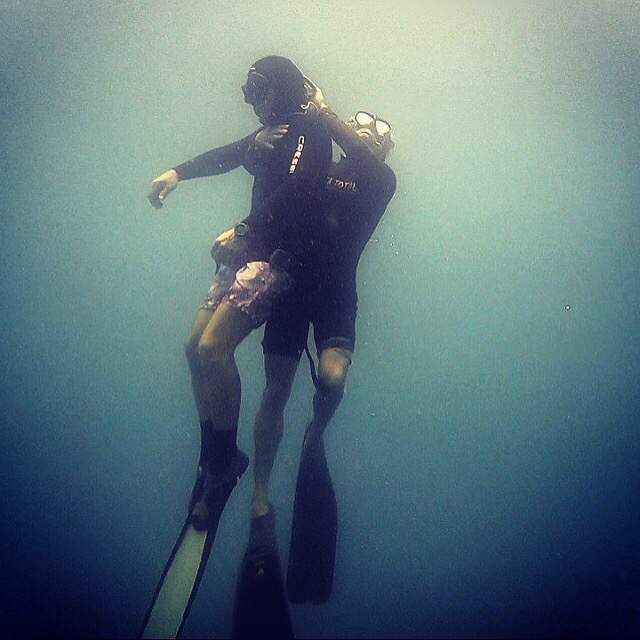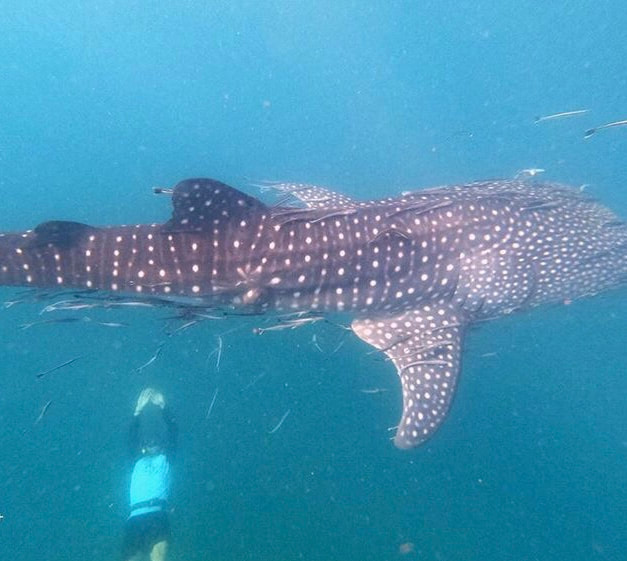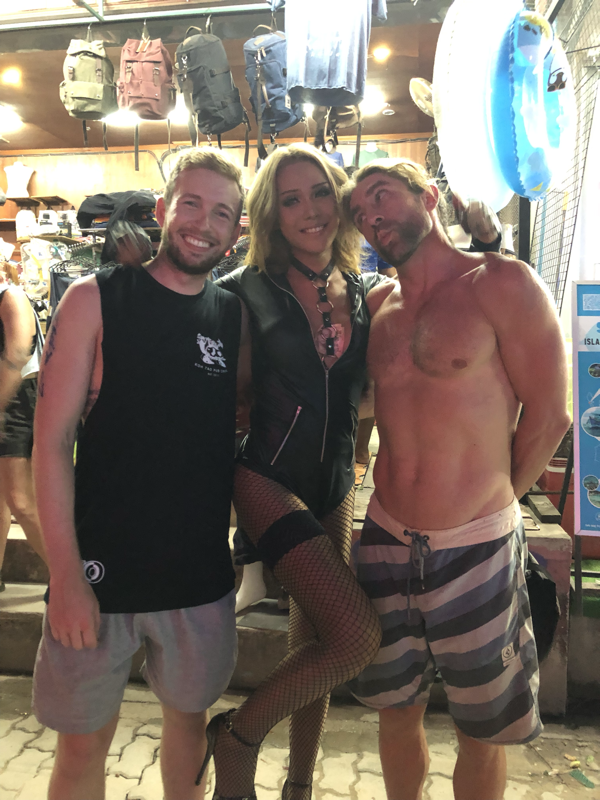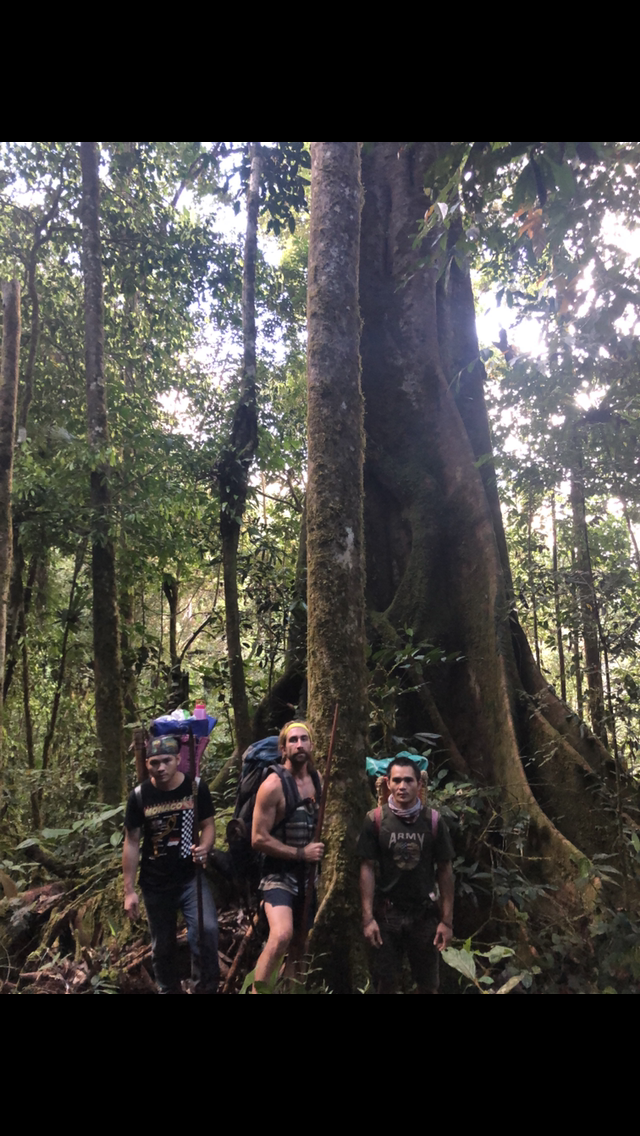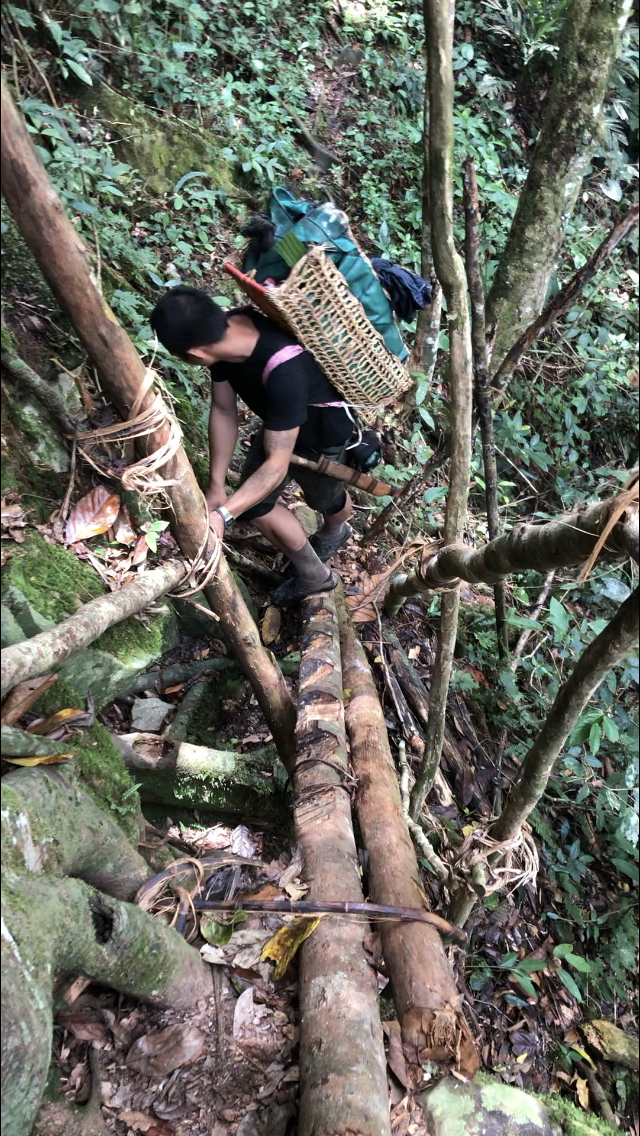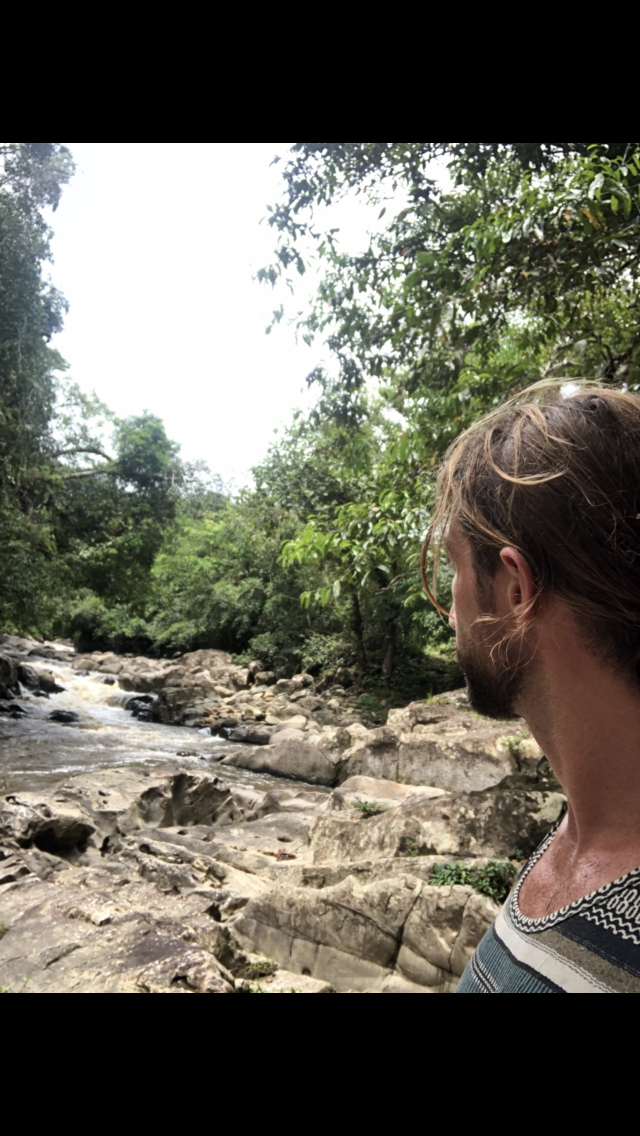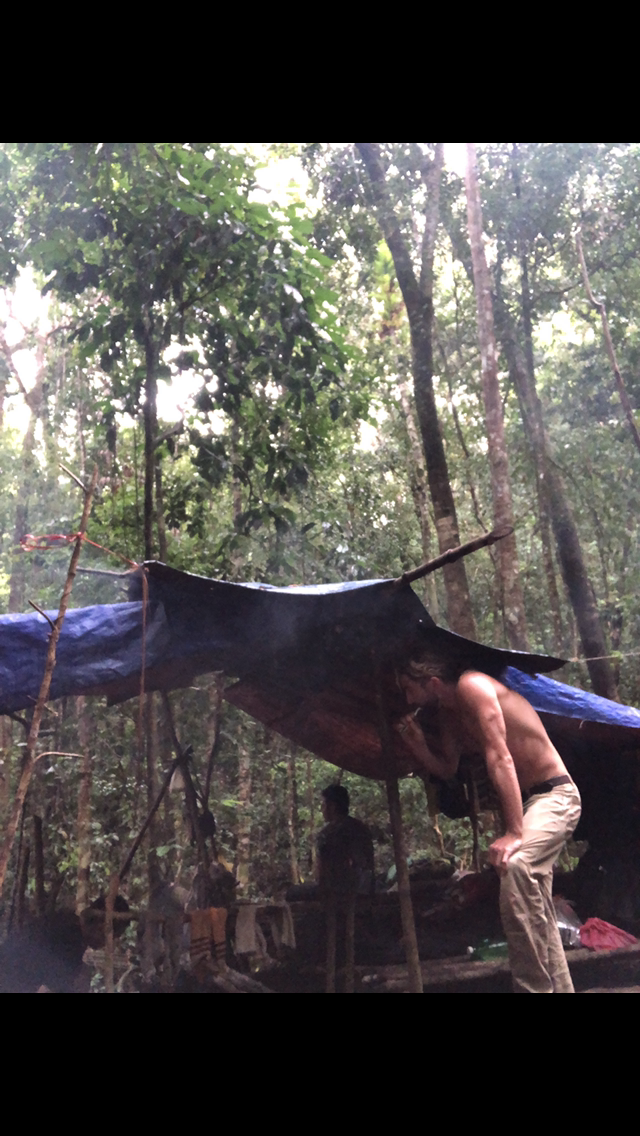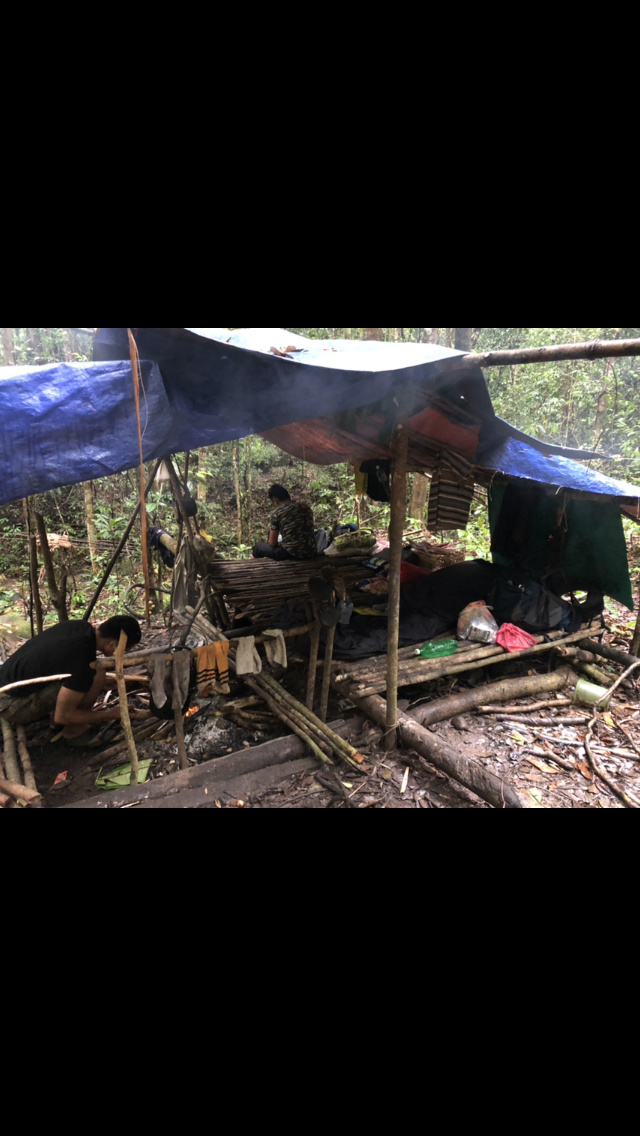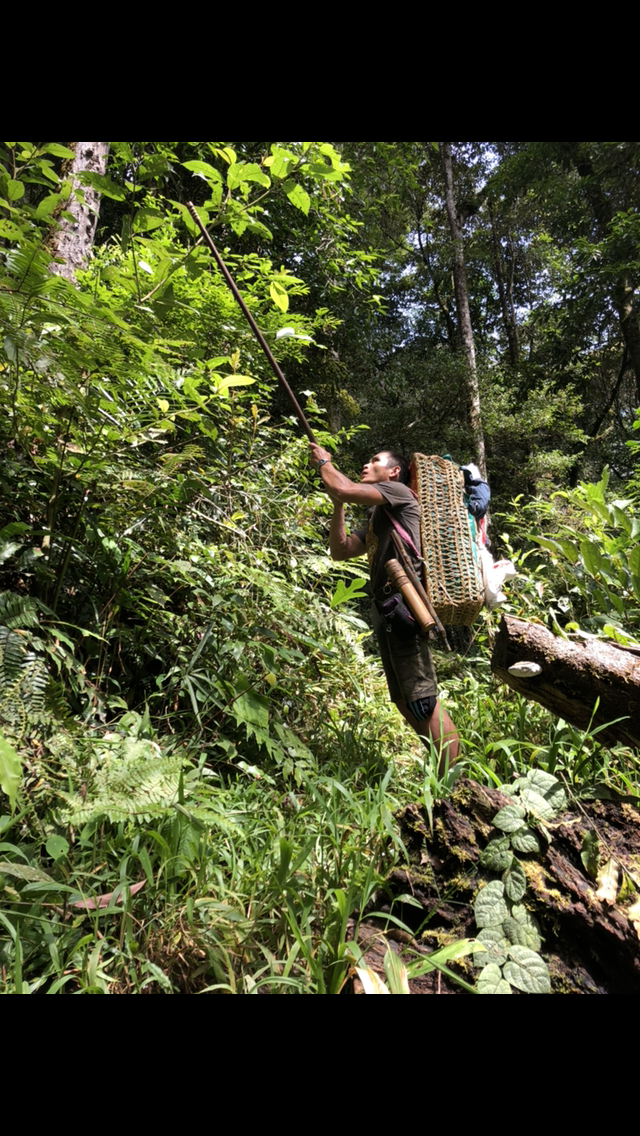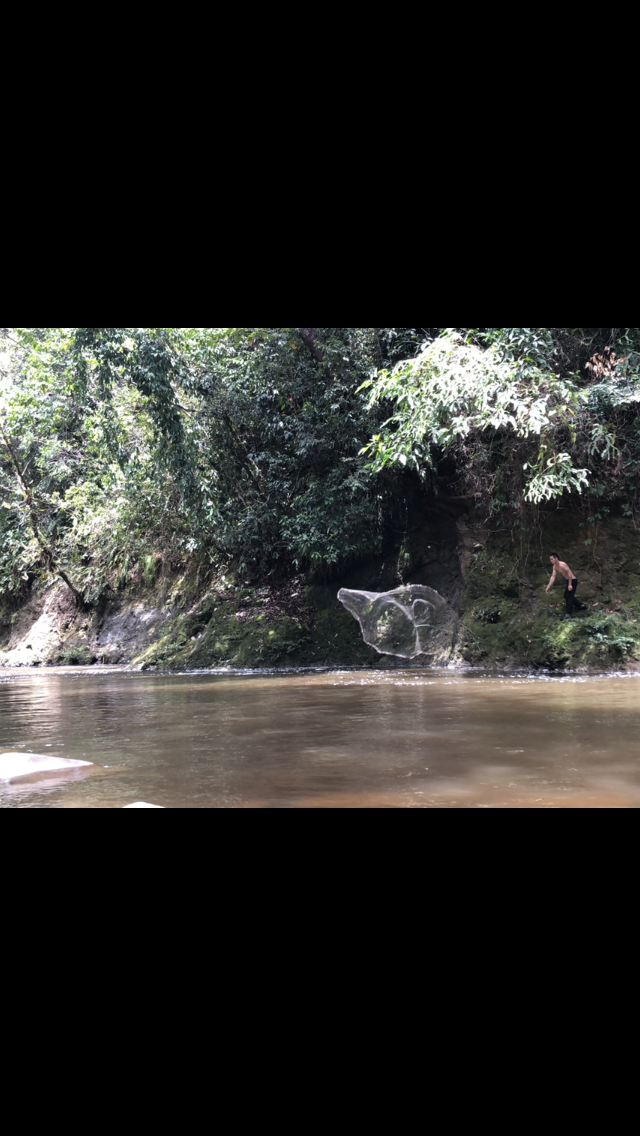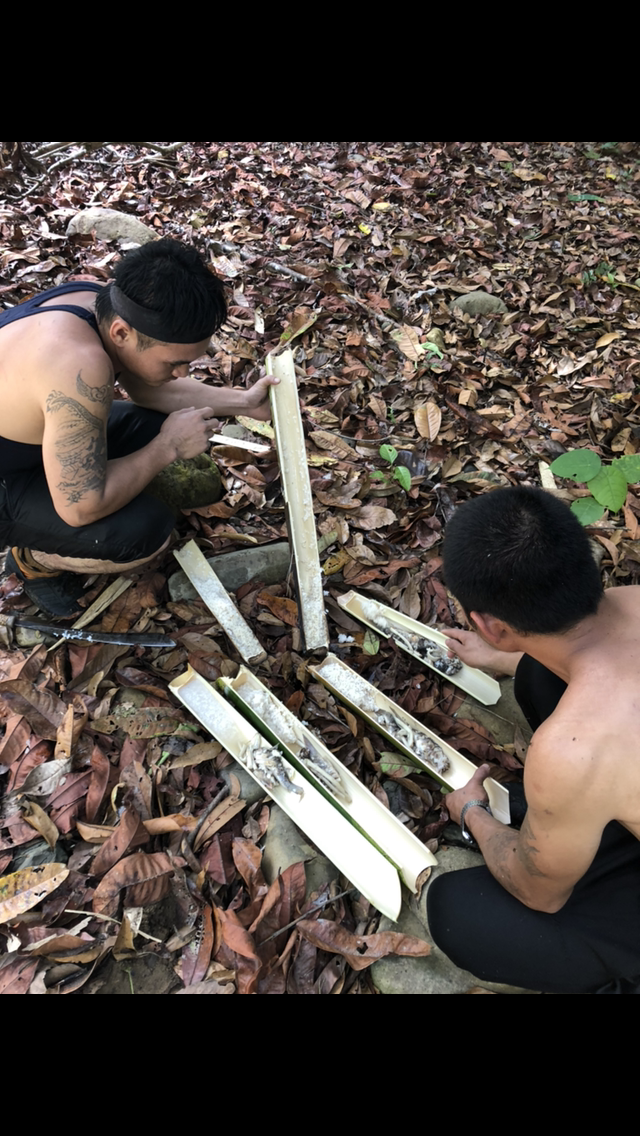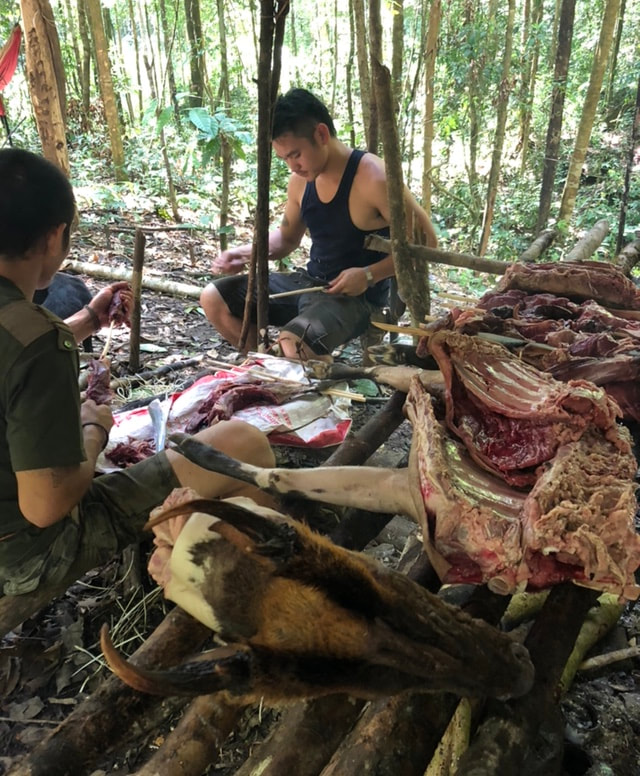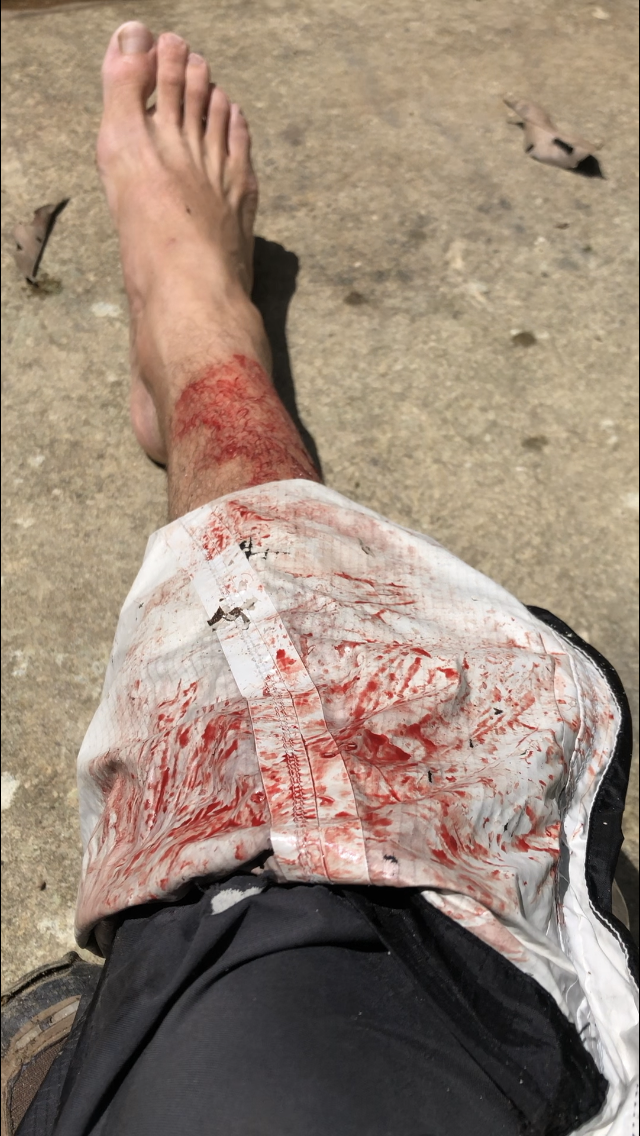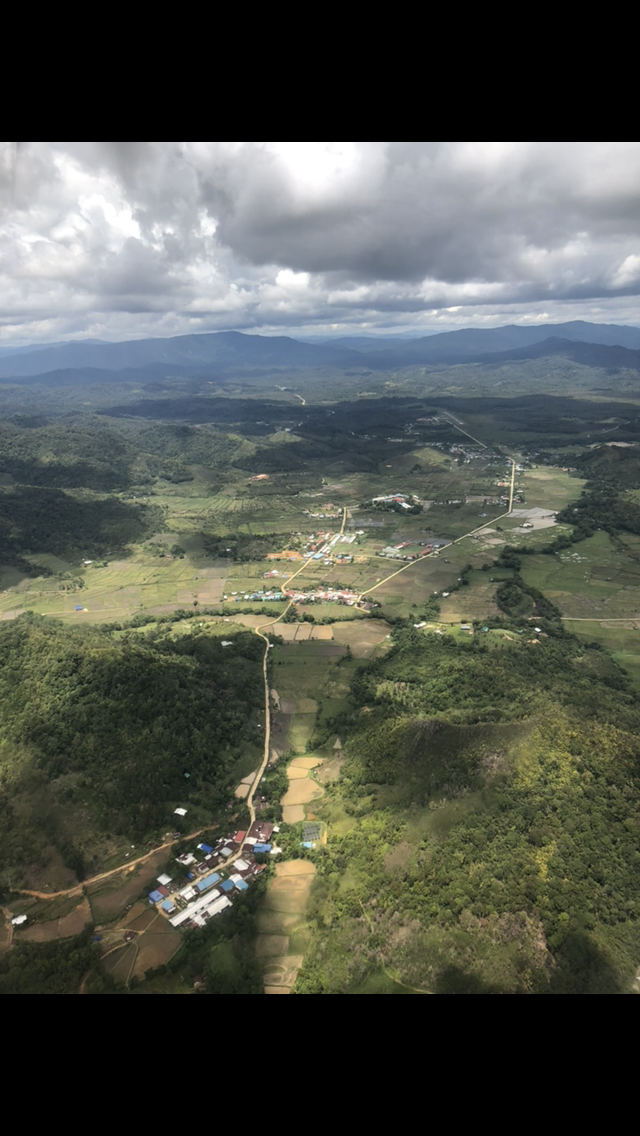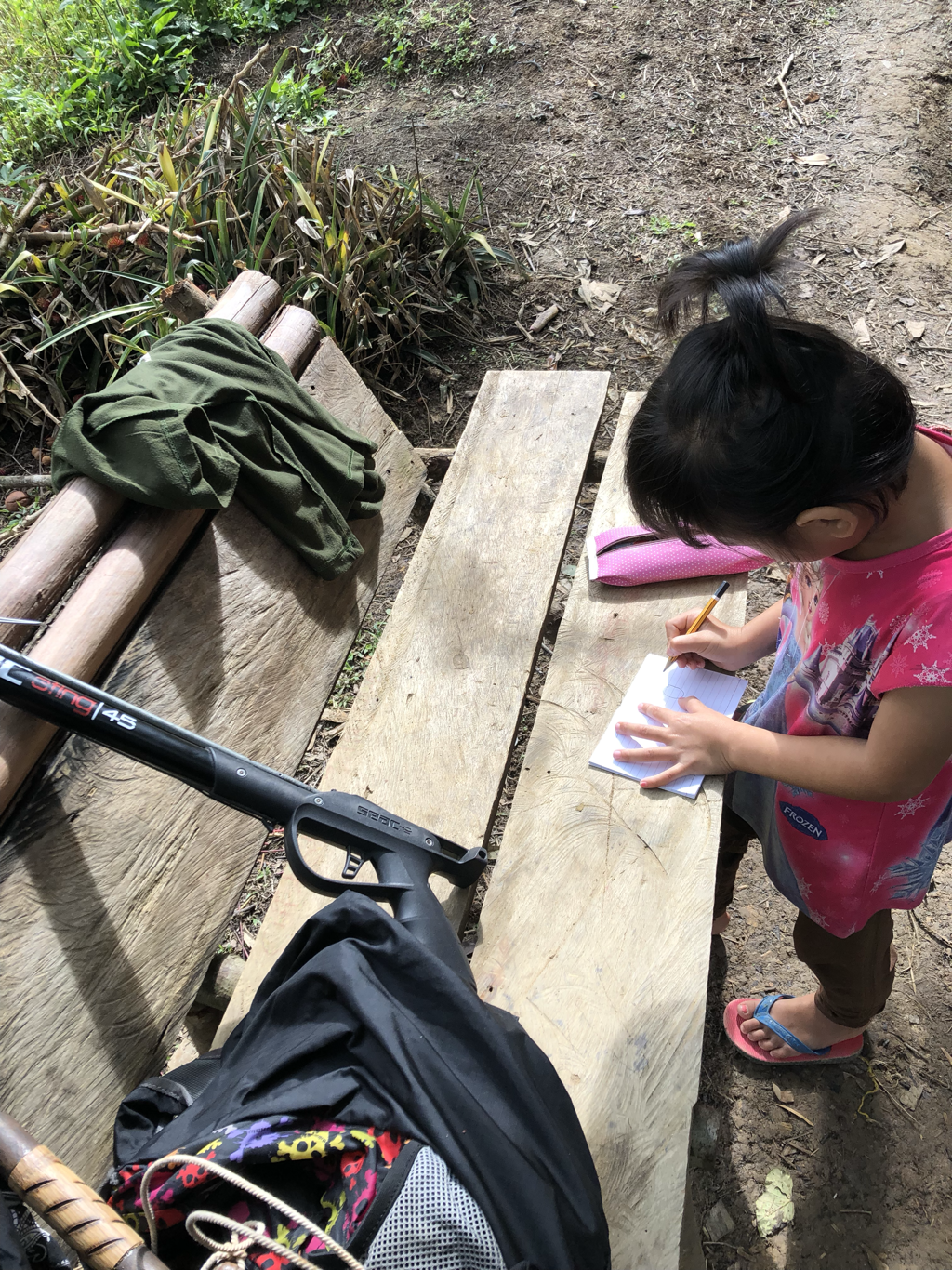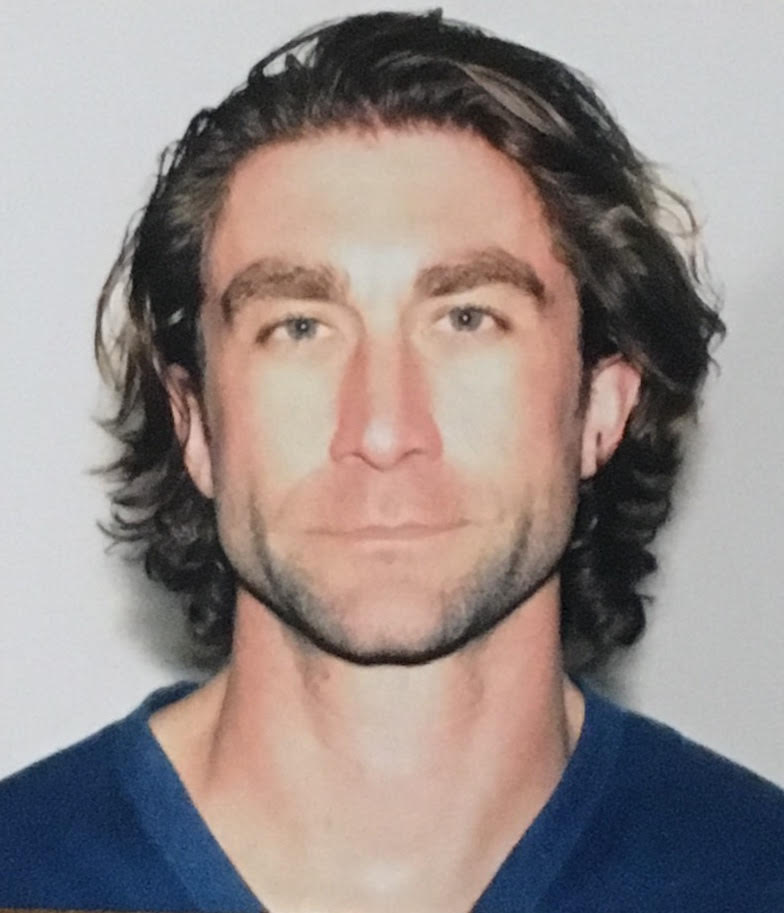|
Bootpack to the summit of Mount Glory Mountain Quarantine RoutineThe white Ford Transit turned the corner onto Aspen Drive on its return from a backcountry skiing mission. My roommate Leon had converted the van into a spartan living space for outdoor adventure sports. The other two roomies, Collin and Carter, were sprawled out on the bed in the back surrounded by three sets of skis and my snowboard. They were staring at some pictures on Carter’s phone of the terrain we had just skied and discussing new lines we could attempt the following day. We had just finished our morning summit hike up Mount Glory, a grueling 40-50 minute slog up a bootpack from the Teton pass parking lot. As soon as we had caught our breath and strapped in, we were rewarded by pristine, adrenaline-pumping, "blank canvas" powder. Since COVID-19 shut down the resort and grinding normal life to a halt, we had made backcountry ski trips a daily routine. Social distancing in the mountains is delightful. Sitting shotgun, I saw that the restaurant on the corner of our street had been cordoned off and a construction crew was tearing down the rustic facade. When we parked, I hopped out and started walking back up the road towards the large caterpillar backhoe that was pulling down a stone wall into a heap. “Where are you going?” Leon asked. “I’m gonna see what they’re doing with all that stone and barn wood siding,” I said. Still wearing my snowboard boots I walked up to the foreman and inquired about the plans for the restaurant’s building materials. “They’re all going to the dump,” he said. “Woah, can I have them?” I asked. “Sure. If you can beat the dump truck. They’re yours.” I felt like I was channeling the spirit of my grandpap, who had always been on the lookout for “one man’s trash is another’s treasure” style opportunities. Within an hour I was pulling a 26’ Uhaul into the construction site to load up barn wood siding, farmer’s stone, copper doors, and custom fireplace fittings. Over the next few days, with the help of my roommates, I made four runs over the pass to Driggs, Idaho with my treasures, wondering if I would be able to use all of the materials I had just accrued. In return for the help, I would pick up steaks, asparagus, garlic bread; and a bottle of malbec. Hard work deserves a good feed. The HaberdasheryAfter watching the housing market in Teton county for several months I decided to put a bid in on 105 East Little Avenue in Driggs, Idaho. In a stroke of unbelievable luck, I cleared out my individual brokerage account for the down payment just before the market tanked from the pandemic. It was as if I had been walking down a sidewalk and a dropped piano had smashed on the ground a few feet behind me! Everything was set to close on April 1, 2020 but when the appraisal came back it turned out that the property, which had served as an engineering firm's office, was zoned commercially. Although it was originally a residence before being refitted as a business, it would have to be rezoned to purchase with a residential loan. My real estate agent said he could get my earnest money deposit back but couldn’t guarantee that we could get it rezoned. I could walk away unscathed. Instead of walking, I decided to double down. This was for all the marbles. Mountains of paperwork, a $1500 application fee, and five weeks later my case was going to be heard at the planning and zoning committee zoom meeting. The final committee zoom call had eight committee members, a small local business, and me. My case was up second, so I got to watch and listen to the small business rezoning request before my own. The committee voted not to rezone the property commercial and the small business owner was borderline hysterical. He pleaded with the committee, passionately explaining how so much money had already been sunk into the property. If I had been nervous before, I was really shitting myself now! My mouth was dry and I could feel my heartbeat in my throat. The last thing I wanted was for my voice to waiver when I spoke. I did some circular breathing, four second inhale, four second hold, four second exhale, and a four second hold on empty lungs. It helped. I unmuted myself and presented my request to the planning and zoning committee. They deliberated and then voted. "All those in favor say Aye," said the chairman. A chorus of Zoom "Ayes". "All those not in favor say "Nay". Sweet, sweet silence. "This committee has approved the rezoning of 105 E Little avenue to neighborhood mixed use." Relief and elation washed over me. For some reason, when a tense situation passes it makes me laugh...giggle really. Without thinking about it I unmuted and blurted out, "Thank you everyone! Looking forward to being your neighbor!" Not only could I buy the house that I had invested myself in financially and emotionally, it could serve as a single family home or a business! My heart was grinning ear to ear. Working with wood procured from "Lift": A restaurant in Jackson, WY that was torn down Since I wouldn't actually close until 2 July, 2020, I released some earnest money to the seller so I could move into the property and begin working on it May 1st. The next two months were spent putting up all of the timber and stone I had gotten from the restaurant. The barnwood siding covered the peaked sides of the house and I added tongue-in-groove cedar underneath the eaves. Then I ripped out the wall that was covering the wall in front of the cinder block chimney to expose a perfectly intact fireplace. Not being much of a stone mason, I hired a professional to do the entire chimney and hearth in stone. Be still my rustic heart! I finally had my mountain ski lodge! The same day that I closed on "The Haberdashery" I started my drive back to D.C. to rejoin the Office of Naval Intelligence. Four ski bum renters ensured the mortgage was paid and I could focus my attention upon gracefully reentering my career. Coming back to my old job after two years could not have been more seamless. Most of my colleagues, including my brother, were still there, and I was even brought back in at the same pay grade. All of that fretting I did before quitting was totally unfounded. I think I’ll be doing this sort of thing again a few times before I retire for good! The Haberdashery receives a face-lift Old Town ExodusQuick backstory: After grad school at Syracuse University I had taken a job working for the government as a civilian intelligence analyst with the Kennedy Irregular Warfare Center (KIWC), a center within the Office of Naval Intelligence. From 2011 until 2018 I generally spent 8 months at home and 4 months abroad embedding with Naval Special Warfare SEAL teams and Naval Expeditionary Combat Commands (think Explosive Ordnance Disposal EOD, Riverines etc). For the job I was based in Bahrain, Afghanistan, Stuttgart, and Guam but also had the opportunity to travel around the regions I was working. Best of all, my brother Luke also worked at KIWC. The two of us carpooled, worked out in the mornings, and even deployed together to Guam in 2016. Between leisure travel and my job, an insatiable wanderlust has brought me to 74 countries thus far. By my count there are 195 so I’ve still got 121 countries to go. Following my mid-career hiatus I returned to KIWC as if I had never left. After two years without a proper paycheck and having just purchased the Haberdashery, getting back to work was a relief. When my Alexandria renter’s lease was up I moved back into my townhouse there and picked up where I had left off. To my delight, Luke and his wife Alicia bought a place two blocks from me in Old Town. It was good to be home! The freedom of solo travel is the bee’s knees but long established friendships are sunshine for a road weary soul. The effortlessness of these bonds can be easily overlooked or taken for granted but are unmistakable when they are rediscovered. Adventures are to be had here in the United States too. Sharing these experiences with your closest companions is a happiness force multiplier. Back among my people, outdoor trips like mountain biking, the annual Allegheny River canoe trip (25th year running), and camping in Shenandoah filled my social calendar. Luke, my buddy Joe, and I took a trip out to California to visit Andrew Noriega, a former work colleague, renter, and friend. We hiked a section of the Jon Muir Trail in the Sierra Nevadas, slept under the stars in Death Valley, and for contrast’s sake, indulged in an evening on the Las Vegas Strip. Canoe Trip, California Backpacking, Dunanda Falls and Hot Springs (Yellowstone) and building a Walnut table with Luke Hafa Adai GuamSpearfishing in Guam In December 2020 I embarked on a five-month deployment to Guam. It began with a mandatory 14-day COVID quarantine in the Westin Hotel. I nearly lost my mind from restlessness and boredom. This was evident to my instagram followers who expressed concern when I began a multi-day story chronicling the life and times of my stainless steel french press, "Franklin." It's available for viewing in my IG (@restlessben) highlights reel under the title "Franklin." Not to spoil it but Franklin is forced to confront his murderous french press brother Felix who sets about killing other appliances in the hotel room. Franklin is still my barista today. This was my second time in Guam for work, the first being in 2016 when I was there with Luke. The silver lining of a small island with strict quarantine entry requirements is that compared to the rest of the world, COVID was barely an issue. My free time was spent spearfishing, freediving, boating, paddleboarding, doing yoga in an open-air studio situated next to a waterfall, and running through the rainforest with the Guam Hash Club. Two of the other KIWC deployers, Kristin and Mark became good friends. We were thick as thieves. As far as “deployments” go, being on a virtually pandemic-free tropical island was quite pleasant. Old Wives Beach Rope Swing, Yoga Garden, and Mark and Kristin Middle ForkIn April 2021, I returned to Washington, D.C. with a tan and a smile. Shortly after getting home I received an exciting text out of the blue from my old friend Wills Baird. “Hey man, you want to raft the middle fork of the Salmon River this July?” I thought about it for about .5 seconds before responding, “Hell yeah! I’m in!” Wills and I had met back in 2009 while studying in Egypt at the American University in Cairo. A fellow wanderer, Wills had gotten out of the Navy after serving as a Nuclear Submariner and traveled around Europe in a converted Land Rover that would make “van-lifers” swoon. He had been invited to raft the Salmon by his childhood friends from Charleston, SC and wanted to get another good adventure in before starting med school at Stanford. He's a fascinating guy and his instagram stories are a highlight of my day (@willsers). I flew into Boise, ID and met up with Charles, Billy, and Rich at the airport where a smiling Wills scooped us in his Toyota Tacoma pickup truck. The five of us made a trip to the grocery store where we stocked up on 7 days worth of food and booze before driving out to the put-in at Boundary Creek. Five dudes in a Tacoma is a tight squeeze but we swapped out "sitting bitch" to spread around the pain. The outfitter dropped off our gear, two inflatable rafts, a 16’ and 18’ footer, and an inflatable duck boat. The center frame rowing rig positions one person in the middle to pilot the boat with two oars like a rowboat. The others are tasked with navigation, beer drinking, and general jackassery. We were made for this! A “Groover” Before the sun had even crested the mountains that ringed our campsite, we had loaded the boats at the top of a 100 ft long wooden ramp that dropped steeply into the Salmon river below. It was humorously dangerous looking and required one oarsman to ride the boat down where it splashed into the churning water. Charles climbed into the boat as the rest of us strained to hold it back. "You ready?!" we asked. "Yep!" With a whooshing sound of raft sliding on wood, Charles rode the last 20 ft and hit the river with a splash. We climbed into the boats and were getting situated in the calm area above the first rapid when another group called over to us. "Mornin'! You fellas want some salmon and halibut? We just got back from fishing in Alaska and have way more than we need." We politely attempted to decline but eventually relented graciously and loaded up some beautiful fillets into our cooler. They were easily the best thing we ate on that trip. The Middle Fork Raft Ramp The wonderful thing is that there is no cell phone reception, no distractions, and your entire world is what you can see before you. And it’s quite a sight! The natural beauty and pristine wilderness could move one to tears. As a western society we often bemoan the difficulty of living in the moment, the Salmon River provided us no other option. There was always work to be done, especially when making or breaking camp. After a day floating and rowing we would pull up to a sandy shore campsite and spring into action. The tasks at hand included unloading the boats, setting up our tents, preparing dinner, and, everyone’s least favorite, setting up the toilet or “groover.” Then we would go for a hike to explore the surrounding hills or find a high rock into deep water to jump off of. I love jumping off of shit into water. Always have. Always will. The U.S. Park Service has very strict rules governing the “leave no trace” aspect of rafting the river, which I support wholeheartedly. This includes leaving no solid human waste, which brings us to the infamous "groover" pictured above. Before the current model was developed, ammunition cans, with their hearty design and resealing mechanism, served as vessels to cart out human poops. Today, the toilet is an aluminum box about 2’x2’x2’ with an attachable toilet seat. Pros: you can set up the mobile toilet anywhere your heart desires, to include breath-taking vistas overlooking the river and mountains. Cons: Five dudes drop heat into the same metal box for a week. This box is then left in the beating sun and tossed about in thundering rapids. Believe me when I say that opening that lid to attach the toilet seat is fucking gnarly. Pre-dinner Gainer to work up an appetite One morning after we had broken camp and were drifting along, we decided to pull off to scope an upcoming rapid. It was intimidating, with multiple features: a churning hydraulic, a falls, and a few small rock snags, so we wanted to get a look at it to pick a good line. Flipping a gear boat would make for a rough day even though everything is strapped down, or "rigged to flip." Four of us had walked down the narrow footpath next to the rapid when we heard Wills let out a "Woah! Shittt!" and jump backwards. A few inches from the side of the path a rattlesnake was poised, it's body coiled like a spring, ready to strike. We all stood a safe distance away and gawked at the deadly serpent whose cat-like pupils stared right back at us defiantly, its tail vibrating vigorously. No wonder it had caught us by surprise... the thundering rapid had completely masked the telltale rattle. We breathed a collective sigh of relief as the snake slithered away, retreating to a pile of rocks. We talked about it and realized that if one of us had been bitten we would have been several river days away from the nearest ranger station. Even then we would be relying upon a bush plane to come from civilization, land on the dirt runway, and then spirit the victim to a hospital. Losing a limb or even life was a very real, very sobering possibility. I bought a snakebite kit but after reading the directions it is pretty clear that without antivenom it's just a bandaid on a bullet hole. When my friends and I raft the Grand Canyon this May, we'll keep our heads on a swivel for the critters. Whitewater rafting isn't just an enjoyable pastime, Luke and I have it to thank for our very existence. My father, John Orndorff Jr., was a whitewater rafting guide for the American Youth Hostels (AYH). Among other outdoor activities, he guided trips down the Youghiogheny River which runs through Ohiopyle, Pennsylvania. It just so happens our mother was on one of those trips and saw a rugged, handsome, nature enthusiast that she took a shine to. Glad she did!
14 Comments
Dropping InPeering as far as I could over the edge, I craned my neck but the narrow rock chute disappeared as the grade grew steeper, only reappearing far below at the bottom of the snowy bowl where it flattened out again. My roommates Collin, Carter, and Leon were in a line behind me in the fresh tracks that cut a several foot deep trough into the fresh powder. “You gonna send it?” Carter said playfully. I looked back and grinned, “Yep. Keep an eye on me!” My adrenaline was pumping as I began slicing through the blank white canvas, splashing a wave of snow against the rock walls that hemmed me in on both sides. As soon as I cleared the funnel I picked up speed, floating weightlessly through an almost silent arching carve. “Woooooooooooooo!” The heart-thumping howl came from deep in my stomach and carried up to the other three waiting to drop in, one-by-one, down the same chute. That floating feeling on a blank canvas The thrill of backcountry skiing and snowboarding is partly the adventurous aspect of exploring new terrain for pristine powder lines and partly the inherent risk involved. This isn’t a resort. Ski patrol isn’t there to mitigate avalanche danger or come get you if you break your leg. When buried in an avalanche, the weight of the snow creates a straight jacket holding its victim motionless like Han Solo after being frozen in carbonite (“Star Wars: The Empire Strikes Back”). The heat and moisture of your breath ices over your mouth and nose in a matter of seconds. At this point the clock is ticking. You are trusting your buddies to find you and dig you out in the precious few minutes before you die of suffocation. This is why my roommates and I were riding down the chute one at a time and watching each other. If one of us was buried in a slide, the others would use their beacons to hone in on the burial location, poke down through the snow with a tent-pole like “probe” to find the trapped person, and then assemble a collapsible avalanche shovel to dig us out. It’s a grim reality about an otherwise carefree sport but each of us makes a decision to take this calculated risk every time we head into the backcountry. Der Berg RuftA few months earlier, I had flown from Nepal to Washington, D.C. to grab my gear, made the rounds to see friends and family, and then headed to Jackson Hole, Wyoming. I stepped off the evening flight and into the crisp mountain air blinking my eyes at the sudden cold. A smile spread across my face as the silhouette of the Teton mountain range came into focus. Spending a full season as a ski bum had been at the top of my bucket list for years. Even before quitting my job to travel, I had planned to spend a season in the mountains as I charted a path back into the workforce. As a snowboard instructor I would be able to break even financially as well as plug into a social network of other people working in the service industry solely for access to the lifestyle. As much as I had enjoyed solo travel, I had pined for the continuity of a solid group of friends and a place to call home for longer than the length of a tourist visa. Finding well-located housing with housemates you jive with can make or break your season. While I was searching for housing I didn’t realize it, but COVID-19 would make good chemistry with my roommates even more important than usual. From Nepal I had used facebook marketplace to find a room in a group house with other people working for the resort. Those with housing in Jackson, looking to fill rooms have plenty of applicants to choose from and can afford to be picky. After a facetime interview with Collin, I had been told that there were several other people in contention for the room. It wasn’t until a week and half later when I reached back out that I was able to secure the room. Having a signed lease for my ski season was a huge logistical relief. For the next 6 months home would be 60 Aspen Drive, Unit 62 with Carter, Collin, and Leon. A voice called through the door in response to my knock, “It’s open!” I turned the doorknob and awkwardly dragged my massive snowboard bag and backpack into the living room. As I closed the door against the cold I was greeted by the cartoonishly goofy fourth roommate, Parker. A runt of the litter, the energetic, butt wagging boxer was smaller than most of her breed but made up for it with her huge personality. Sprawled out on two couches were my roommates watching the Pixar Movie “Coco.” The stale scent of weed hung in the air and a few empty beer cans were stacked on the coffee table. It felt like college but with less studying and more mountains. I was home. The next day a trip to two thrift stores yielded a mattress, dresser, and plenty of fake plants to feng shui my room. The previous tenants had left an elk skull on the back deck which I mounted on my wall to round out the mountain decor. There hadn’t been much snow accumulation yet so that afternoon the roomies and I hiked up the icy patch of man-made snow known as the “White Strip of Death” at the small ski resort next to our place, Snow King. In the evening we headed over to the hockey arena, also conveniently located at the base of Snow King to watch the Jackson Moose play. For a five dollar minor league hockey game it was an absolute riot. It was basically a party, complete with a live band and bar, for the locals with a hockey game in the middle of it. Unsurprisingly, it became a Friday night tradition when the Moose were playing home games. Hiking up the "White Strip of Death" at Snow King Let It SnowOn November 26th Jackson Hole Mountain Resort (JHMR) opened for the 2019-2020 season and new employee orientation began. My roommates and I picked up our uniforms, top of the line Burton gear for snowboarders and Marmot for the skiers, and our complimentary $2300 season passes. It felt surreal. This mountain was going to be my office for the whole winter. When we weren’t at the resort we were exploring the endless outdoor activities at our fingertips. Some evenings we would go to Astoria Hot Springs for a dip. The series of piping hot, natural stone pools is directly next to the snake river and a good 25 minutes from town. On my first trip there a bald eagle snatched a trout out of the river and flew low right past us with its catch. Other days if we were feeling lazy, we would "poach" the Snow King hotel hot tub by sneaking in through the back. One evening the hot tub was packed with people drinking and socializing when someone asked the crowd, "Who's actually staying at this hotel?" One person raised their hand and the crowd roared with laughter. Everyone else had snuck in! What a terribly kept secret! Poaching Snow King's Hot Tub Nearly two weeks of classroom instruction and practical exercises on the mountain flew by. In the evenings, we were often dog tired and flopped down to watch tv together before bed. It was a good kind of tired. The sort that comes from moving all day doing something you love. Not the lethargy that comes at the end of a work day sitting. This was not the office. My colleagues and I weren’t chatting at the water cooler before returning to our desks, we were chatting in the gondola on our way back to snowboarding down a mountain. To wrap up the new instructor training and hail the beginning of the season, the Ski and Snowboard School threw a keg party for us. The returning instructors and new instructors even squared off in a massive flip-cup game. What a job! Skier's ThumbEverything was going to plan. Within a few days, I would be cleared as a JHMR instructor and could start teaching. To get my bearings, I was on a mountain familiarization ride with a veteran instructor when I washed out the landing on a small side hit. Instinctively, I put my hand down and felt a snapping sensation run up the side of my right forearm. “Oh no! No, no, no! Not now!” When you’ve properly hurt yourself you usually know it. But I was prepared to rub some dirt on this one. “I’m fine,” I thought. Snowboarders don’t even need their hands. I wasn’t about to let my season get ruined. Not when I was so close. So I did what I thought best. I slammed some ibuprofen and splinted it with a spoon. Good as new! The next morning in the shower I grabbed the body wash and watched with confusion as my thumb bent down at a sickeningly incorrect angle, letting the plastic bottle fall to the floor. Hmmm, that didn’t look right and didn’t feel great either. So after I dried off, I made a facetime call to a family friend, Dr. Jon Loftus, who luckily happens to be a hand surgeon. The call connected and a cheery Dr. Loftus grinned at me in a white lab coat. I could see he was walking through the halls of a hospital. “Hey Ben! I’m on my way into surgery. You’ve got two minutes. What’s up?” Within those two minutes he had me do a few movements with my thumb before telling me that my ulnar collateral ligament was completely torn and would require surgery. “Let me know how it goes!” he said with a reassuring smile. He delivered the news with the confidence of someone who has mastered his craft over the course of decades. No second guessing himself, no hubris. A true professional. He was, of course, completely right. Barely 90 seconds over facetime yielded the same results as an MRI and a referral to a hand surgeon. And just like that, I was slated for surgery. Fortunately for me JHMR covers 100% of healthcare costs for workers comp claims. A $15,000 dollar doctor’s bill would have really put a damper on the season. The injury I was having repaired by reattaching my ulnar collateral ligament is commonly referred to as “Skier's Thumb” and owes its namesake to the ski pole strap pulling the thumb back during a fall. Not sure how I managed to pull it off as a snowboarder but getting the use of an opposable thumb back in my dominant hand seemed like a worthwhile endeavor. I blinked several times as I slowly emerged from the utter nothingness of general anesthesia. My right arm was in a cast and a dull ache was hiding just under the surface of a foggy pain killer haze. Ever the good roomies, Carter and Collin picked me up from the clinic and spirited me back to 60 Aspen Drive. The first week I was instructed to stay home and rest. As everyone else worked at the resort, I planned to eat vicodin and watch cartoons with Parker on the couch. But I’m just not that chill. Several days into my recovery I put on snowshoes, strapped my board to my backpack, and hiked up into the woods behind our house. A grueling slog through waist high snow was just what the doctor ordered, well it’s actually the opposite but it felt good to slice through some fresh powder and get my heart rate up. Recovering from surgery Light DutyAfter the first week I got a doctor’s note allowing me to return to work in a role that wouldn’t put my hand at risk of reinjury. With a six week recovery time ahead of me, I was put on light duty at the “Kids Ranch.” This involved helping the kids in ski school get ready, take breaks, eat meals and so forth. My favorite thing to do was plop down in the reading nook and grab a book. Even if I was by myself, once I started reading out loud a group would form around me to listen to my harrowing rendition of "The Cat in the Hat." Later I shifted to working the "magic carpet," a sort of conveyor belt for the Kids Ranch bunny hill. The kids wear a vest with a handle on the back so when they fall you can pull them back to their feet. When one kid falls at the top of the conveyor belt there is a cascading effect where they begin to pile up hilariously in a cumbersome heap. I got a killer workout deconstructing these recurring child pile-ups. Dr. Suess is timeless Home for the HolidaysThe weeks came and went with relative ease. As Christmas approached, we began getting into the holiday spirit. The roomies and I picked up a tree tag from the ranger station and hiked up into the forest to chop down our very own christmas tree. Then we decorated our stockings, which were hung with care from a 2x6 screwed into the drywall, and did a secret santa for the house. It was the type of camaraderie that had been absent during my transient travel phase. But I was chomping at the bit to get back on my board. Until I received official clearance from the doctor to return to work as a snowboard instructor I wasn’t allowed to use my Jackson Hole season pass at all. It was torture to go to the resort every day and not ride but at least I was around awesome coworkers. The free lunch at the kids ranch was a nice perk too. After making a salad with chicken tendies I would jam my pockets full of individually wrapped pb&j “uncrustable” sandwiches. I gave them to the ski lift operators, "lifties", ski patrol, or other resort employees that didn't have access to free food. "Hey! Catch!," I'd say and launch a circular sandwich package to the unsuspecting employee. "Awww, sweet! Thanks!" The smiles were always genuine because nobody that works at a ski resort is too good for a free sandwich. I felt like snack food Robin Hood. It wasn’t until mid-January that I got that precious doctor’s note and had my first snowboard lesson but it was glorious to be back. From there the next few months flew by. Most days I would be up well before the sun to have my oatmeal and coffee before catching a ride with the guys to the resort. Leon, a lifty, worked the opening shift and would drop me off at Teton Sports Club to get a workout in on his way to work. I would lift, shower, and catch a ride with Carter and Collin, both ski instructors, the last few miles to the resort in time for the 9am morning "line-up". This worked out well since to park for free at the resort you need at least three people in the car. On days that there were only two of us we would swing by the large lot several miles away from the mountain and offer a ride to people waiting for the shuttle. Unlike the in the city, there is a refreshing trust of strangers in the mountains. Out here, hitchhiking is alive and well. Snowboard School Line-upAt line-up all the instructors come together to be assigned that day’s lessons. Instructors with seniority, as determined by hours worked, have first right of refusal for lessons and then it goes down the list. I was at the absolute bottom since it was my first year and I hadn’t racked up any hours instructing due to my injury. If there aren’t enough lessons for all of the instructors that came to line-up those who didn’t get a lesson are “cut.” Once you’re cut you’re free to go home or ski. This suited me just fine since I was happy to find some other instructors that got cut and go ride. That said, you get $3.50 to show up to line up. But if you don't get a lesson you're not getting paid. Many other first year instructors were making ends meet solely by instructing and sometimes by also picking up hours at a restaurant. Fortunately, I wasn't in that situation. Honestly, I felt like sort of an imposter since I was living the ski bum lifestyle but had ample savings in addition to passive income from my rented home in D.C. It was all of the glory of the ski bum lifestyle with none of the financial stress. Snowboard School Line Up Powder ButterfliesThe sensation of floating through deep, fluffy snow as you weave through trees, launch off of a cliff, or send a tidal wave of cold smoke high over your own head from a lightning fast carve is hard to describe. Pupils dilate, cheeks flush, skin tingles. Your thoughts are so focused upon the task at hand that everything else is pushed to the periphery of your mind. The 2019-2020 season got 451 inches of snow. That's 37.5 feet of motherfucking winter wonderland. For those that came to the mountains chasing this high, there is nothing better than getting fresh tracks, “freshies,” on a pow day. Although snowstorms are common in the Tetons, big storms that drop a foot or more create a groundswell among the populace that you have to experience in person to understand. There is an energy, an electricity in people’s eyes. This is why we’re all here. Some build their entire lives around this natural phenomenon. A large snowstorm might drop several feet of fresh snow in 24 hours. A “winter weather advisory” of this magnitude churns Teton Valley into a frenzy. Dumping powder into Jackson Hole is like dumping a bucket of blood into a shark tank. "Cold Smoke" To get the blank canvas of a completely untracked patch of powder means getting there first. This visceral urgency to ski as much as you can before it gets “tracked out” from everyone else has led to the saying, “No friends on a pow day.” Of course this isn’t entirely true since sharing the best things in life makes them better, but on a pow day you’re probably only sharing it with people that can keep up. At line-up on a pow day nobody wants to work. For first year instructors trying to scrape by, this is a good opportunity to make money because senior instructors with priority would often rather go riding than teach. If the snow is really good, sometimes there are more lessons than instructors that want to work. In these instances the supervisor has everyone stand about 30 feet from the flagpole, turn their backs to it, and throw one glove over their shoulder. Those closest to the pole are free to go and those furthest from it have to work. Finding "Ikigai"The Japanese concept of "Ikigai" is often portrayed in a Venn diagram with four overlapping qualities: what you love, what you are good at, what the world needs, and what you can be paid for. Throughout the course of the season I had private lessons as well as group lessons with both kids and adults. It was satisfying to guide people through the whole process, from strapping into a board for the first time all the way to completing their first run without a fall. Being able to share something that you’re passionate about, brings people joy, and pays you is beautiful and rare. But when a position opened at my old organization I decided it was time to throw my hat back in the ring. After all, this had been my plan from the beginning. I was using this season as an instructor to slowly transition back into the government. In February, I flew back to D.C. for an interview which would eventually pave my way back into the Department of Defense and the warm embrace of Uncle Sam. Although I was only home for a few days, I had the opportunity to see a large gathering of my D.C. friends before flying back to finish out the season in Jackson Hole. As I deplaned and smiled up at the Tetons I had no idea that on the other side of the world, in an unsuspecting Chinese wet market, a virus had just infected its first human subject. A global pandemic had just set things into motion that would alter the course of history.
The Last ResortAs we inched our toes over the edge of the metal platform I forced myself to look down. The world's largest canyon swing is all about the exhilaration of facing death so I may as well embrace the gravity of the situation, literally. The narrow pedestrian cable bridge swung slightly in the wind as I peered down the 524 feet to the jagged rocks below. A thundering river flowed through the lush valley. It would have been a beautiful sight to behold if I weren't absolutely shitting myself. "My stomach reached my throat and stayed there as I gasped for breath in short gulps." At the direction of the rope rigger I put my arm around my friend's waist and gripped his harness. My knuckles were white as I squeezed my fist shut. Koen, my dutch buddy who had convinced me to do the tandem jump, was also gripping my harness as if it was the only thing keeping us from smashing into the ground below. The rigger shouted to us, "Three, two, one!" We hopped together, leaving the platform behind, and accelerated downward to a cruisy 98mph. Unlike the bungee jump that we had both already done, the rope didn't catch until much later. My stomach reached my throat and stayed there as I gasped for breath in short gulps. It was the longest five seconds of my life. When the slack finally tightened we swung outwards, zooming forward, horrifyingly close to the river. The rush of relief resulted in a simultaneous burst of laughter from both of us. The American and the Dutchman howled at the averted death drop still clutching each other with all of our collective might. Nepal's Last Resort, home to the world's highest canyon swing, is a two and a half hour drive from Kathmandu. We had started our day before sunrise, walking the deserted streets from our hostel to the office where we would get picked up. The normally bustling streets were calm in the cool morning light. Money ProblemsA month earlier, I had arrived in Nepal at the stroke of midnight. My travels had brought me back home from Asia for my brother’s wedding and I had been flying for a few days returning from the US. Although the layovers had given me the opportunity to sling up my hammock I was jet lagged and excited for a real bed. Kathmandu airport is a single terminal but customs, even at that hour, was a churning, chaotic mess. There are forms to fill out and sloppy masses of people in “lines” everywhere. In one line travelers fill out paperwork, in another you pay a cashier to get a pricey visa on entry, and the last line is to exit customs to the crisp mountain air. "I kicked myself for not having replenished my traveler -oh shit- fund.” I didn’t have the cash I needed for the visa on hand, the ATM in the terminal was broken, and they didn’t accept credit cards. Unfortunately, the benjamins that I usually had in strategic reserve had already been used for some other unforeseen emergency along the way. I kicked myself for not having replenished my traveler “oh shit fund”. After some back and forth with an ornery cashier, I was brought to security where I surrendered my US passport to go outside the airport to use an ATM. Pushing my way past the throngs of newcomers at the curbside arrivals terminal, I managed to find an ATM with the help of a friendly security guard. After two attempts, I realized that my primary debit card had been frozen. Hmmm, this is no bueno. I had my backup debit card with a small balance on it but not enough to cover my entry visa, let alone my taxi and lodging. Although my accounts were linked, the lag time to move money from one to the other would have meant sleeping in the airport for a day or two. Using the spotty airport wifi and skype I called my brother Luke at work. Thankfully, he picked up and in as few words as possible I let him know my predicament. Without hesitation, he strolled down the hall to the Navy Federal in the office building he works and deposited $500 into my Navy Federal account. The transaction was immediate. Within minutes he called me back and I tried the ATM. Boom! Back in business baby! Having someone you can count on in a bind is priceless! Thanks Lukey! I paid my entry visa, hopped in a hastily negotiated cab, and headed to my hostel. In the following days I was able to unlock my primary account, repay my brother, and refill my coffers. Langtang ValleyUsing WanderThirst hostel as my homebase, I began educating myself on different treks in the Himalayas. To avoid the touristy vibe and exorbitant expense I opted to skip the Annapurna circuit and the Everest base camp treks. Instead, I headed to the Langtang valley by bus. Before leaving Kathmandu I had to pick up a park access and trekking pass so that I could do the trip without a guide. Teahouse trekking, as it’s known, is a logistical breeze. These rustic homestay style lodgings dot the hiking trail and include meals for a very reasonable set price. "I took a delightful hot bucket shower with water heated over the fire, washed my sweaty clothes, and dried them by the wood stove." I left my large backpack in storage at the hostel and caught a bus north out of Kathmandu on eight hours of bumpy dirt roads to Syapru Besi where I spent the night at a guest house. The next morning I took a light breakfast and set out heading east along the Langtang Khola river with only an 18 liter daypack. I had light warm weather gear, a change of shirt, socks, and shorts, water and snacks. The dirt footpath carried me through lush forests, along sheer cliffs, and over swaying cable footbridges. That night I settled into a quiet tea house where I was the only guest and dined on dal bhat with yak meat. I took a delightful hot bucket shower with water heated over the fire, washed my sweaty clothes, and dried them by the wood stove. Although the trek to Kyangin Gompa is usually done in three days I made good time and arrived in the early afternoon the following day. The scenery had changed significantly as I gained altitude. Here, in the alpine meadows, there were no trees, only grass and low scrub brush. The air had grown noticeably thinner and I was winded but kept a brisk pace to challenge myself. By the time I arrived I had donned my puffy jacket, hat, and gloves to shore me up against the biting chill in the howling wind. With no roads to supply the village of Kyangin Gompa, supplies are brought up by porters and donkeys. I was astonished to see wood beams and sacks of concrete being delivered on the backs of hardy Nepalese porters navigating the treacherous terrain in nothing more than flip flops. That is a hard life. If you are ever thinking you have the worst job, just know that you could have been a Nepalese porter. The little village was ringed by snow capped mountains and offered plenty of guest houses to choose from. I got a room at Hotel Yala Peak, where I was the only guest, dropped my pack, and walked over to Dorje Bakery Cafe. The little coffee shop with an espresso machine, baked goods, and a wood stove, served as the trekker hang out. It was here that I befriended a Frenchman, a Hungarian, and a Dutchman, all traveling alone. We decided to hike to a nearby summit, Chergo Ri, the following day. "I’m not sure why these things always turn into pissing contests but I’ll be goddamned if I’m not going to piss the strongest, farthest, and fastest." Although we all departed together and declared that it wasn’t a competition, once we hit the steep ascent it became evident that all of us were going to try to make it to the top first. I’m not sure why these things always turn into pissing contests but I’ll be goddamned if I’m not going to piss the strongest, farthest, and fastest. My lungs burned as I drew deep breaths of the thin, cold air. While the others opted for a winding footpath, I headed straight up a boulder field. It was steeper but the challenge of climbing made it more exciting and allowed me to gain altitude more quickly. I enjoyed several satisfying minutes of victory alone under the prayer flags at the summit before my companions began arriving. They had separated by several minutes in their quest to jockey for position. Koen, the Dutchman, arrived next and said he didn’t want to give “The Yankee” too long at the top to celebrate. After the obligatory group picture we began the slow descent with shaky legs. When we got back down to the village we treated ourselves to some much deserved coffee and pastries. The Hungarian and the Frenchman were heading on an alternative route over a pass and back to Kathmandu. Although I enjoyed their company, the Dutchman was a more natural companion for me and traveling with a two man team was refreshingly simple. Without ever having a formal discussion about it the two of us would travel together for the next month. Koen and I left the next morning heading back the same route we had taken there. We stopped for lunch at the little place I had slept on the way up and hopped into the ice cold glacier fed river to freshen up. After drying out in the sun we continued on. Instead of pushing all the way back to Sypru Besi, which lacks the charm of the teahouses, we stayed in Bamboo, a small village along the river close to the trailhead. We sat at the edge of a cliff overlooking a series of thundering waterfalls and watched the sun slip behind the mountains. Marijuana plants grew everywhere and the owner of our guesthouse, a man in his early 50s, offered us homemade hash which he and his family had harvested themselves. Considering the pride and warm smile he introduced it with, he may as well have been offering us homemade jam which he had made from the strawberries in their garden. I politely declined but was amused at the open nature of the drug’s cultivation and sale up in the mountains, out of reach for the long arm of the law. The Heritage TrailThe Heritage Trail isn’t so much of a trail as it is a network of remote villages in the mountains surrounding Sypru Besi that one can link together on footpaths. Unlike the Langtang Valley trail, an out and back trail that can be used to summit surrounding peaks from Kyangin Gompa, the Heritage Trail flies well below the tourist radar. Koen had heard about it from a Brit on the trail who raved about its authenticity and suggested we give it a whirl. I’m always game for an off the beaten path adventure. That was, until we saw the way to get to it. From the paved roads of Sypru Besi, dirt road cutbacks ran for miles up a towering mountain before us. It looked miserable. With the help of a gentleman from the restaurant we ate lunch at, we were able to line up rides on the backs of two motorcycles to the top for a fee. Without helmets, we hopped on the backs of two Honda Pulsar 200cc motorcycles piloted by suicidal Nepalese guys who raced towards the top of the mountain, sometimes within inches of sheer cliff drops hundreds of feet to jagged rocks below. When we reached the top of the mountain overlooking Sypru Besi both of us were relieved to be alive and have a relatively easy hike before us. We made tracks along the rutted dirt road, ambitiously named Pasang Lhamu Highway, to the small village of Goljung. A few hours later the sun was just above the ridgeline as we checked into an otherwise empty “Hotel Zeppa” teahouse. After a delicious homemade meal, we watched the sunset over the surrounding hills. At dinner I spotted an old gurkha knife in a pile of tools. The woman sold it to me and said she would send me around town with a boy to find a sheath for it the next day. To my delight, we were able to go explore the little village dotted with traditional carved wooden and stone houses and meet the locals in search of the sheath. In the end we found one that fit the old knife like a glove and got to meet some of the friendly, elderly residents with the boy as a translator. The good natured comradery among the women was a reminder that community and a sense of belonging is key to happiness for humans as social beings. We headed out on footpaths out of town in the late morning heading south-southwest towards the small village of Haku. Along the path we stopped for a short lunch. Several of the hardy, traditionally dressed Nepalese women, ranging in age from probably 17 to 70, had also stopped there to take a short rest. I bought a pack of cigarettes from the teahouse owner and offered them to the women. They were weathered and tough but jovial and playful. The youngest of the women made a comment to the eldest who smiled wryly and then gave her a clap across the back with a dry smile. It was the type of force that a viking may have delivered a back slap to a fellow warrior after a few horns of mead. Koen and I continued for several hours along the narrow ridgeline footpaths before we reached Haku. The village had no lodging or teahouses so we decided to go straight down into the valley, catch a bus back to Sypru Besi, and then head back to Kathmandu. The path was treacherously steep and by the time we made it all the way to the river our legs were getting wobbly. We crossed a cable footbridge and found a small roadside shop made out of scrap wood and corrugated tin where we got some milk tea and cookies. It was late afternoon and we were about 12 miles of muddy dirt roads from Sypru Besi. There was no guarantee that a bus was coming and nightfall was only a few hours away. Normally, I wouldn’t be fussed about it since my big backpack has a hammock, sleeping bag, inflatable pad, and bivy sack. With that gear loadout, I could have slept anywhere comfortably outside of sub-0 conditions. But with only my little daypack, finding lodging was going to be important, especially since the temperature was dipping into the 30s at night. Koen and I began sticking out our thumbs in the hopes of catching a ride in one of the passing trucks. This plan didn’t bear fruit for almost an hour since very few vehicles were coming by and those that did were generally dump trucks full of workers. As daylight slipped away I began getting a bit concerned. Then we caught a bit of luck. A pickup truck with men in military uniforms pulled over with big smiles. They were heading out for a mountain training exercise and said they’d be happy to take us in the back as far as they were going. We hopped in and figured that we might pass through a village where we could either sleep or catch a ride further on to Sypru Besi. The truck pulled over about 6 miles of dirt road later and we hadn’t passed a single house. Well, shit. With maybe an hour of daylight left we started walking along the road with the river to our left. As long as we kept moving we’d stay warm and make it back to town an hour or two after dark. Not ideal, especially since our legs were spent but we’d be fine. Then a dump truck going the opposite direction stopped and offered us a ride most of the way back to Kathmandu. The entire 6 hour drive was like being in a paint shaker. The unimproved roads would have been a formidable challenge even for someone in a jeep on an off-roading adventure. The narrow shelf cut out of the steep cliffs to the river had streams running over it, mud pits, huge ruts and rocks, and required traffic to often reverse long ways until a stretch wide enough for two vehicles to pass each other was available. This is especially nerve racking when you see how close the tires are to the edge. Tumbling off of a cliff in a Nepalese dump truck to a watery death in a river 80 feet below seems like a shitty way to end the day. At first Koen and I were amused by being tossed around the cabin as the driver negotiated the difficult terrain. By the time we arrived at the little town where we would grab a cheap, grimy hotel room we were both super over it. PokharaWhen we got back to Kathmandu, Koen and I set a course for Pokhara, Nepal’s second city and a great place to take in the five day Hindu festival of light, Tihar. Six hours west of the capital towards the center of the country, Pokhara is significantly smaller than Kathmandu and nestled next to the southeast side of Phewa Lake. Sheer cliffs and jungles surround the rest of the water giving it a mountain provincial feel. Hillsides dotted with simple, unassuming villages connected by unimproved dirt roads and stone footpaths made for good day trips to teahouses on a rented motorcycle. "The path continues to a small lakeside amusement park filled with death trap rides cobbled together without the pesky red tape of safety standards." The Nepalese celebrate Tihar by making street murals with colored sand outside of their businesses and hosting choreographed dances in the streets. In the evenings throngs of revelers flooded the streets to the cacophony of competing speakers blaring everything from traditional music to the top 40. People, young and old, cut a rug to cheers and whistles from the crowd. As you head north along the east side of the lake the main drag fades into a local fish market and eventually a footpath lined by lakeside restaurants and cafes. The path continues to a small lakeside amusement park filled with death trap rides cobbled together without the pesky red tape of safety standards. A group of us from the hostel decided to check out the small carnival ground and tempt fate on the ferris wheel. Ferris Wheel Death TrapAfter paying at the front gate we approached the wheel which even at first glance was spinning extremely fast. As we got closer I noticed that the ride operator had his foot on the gas pedal of a diesel tractor motor rigged up to a series of exposed gears that turned the 100’ high erector set with reckless abandon. My concern did not lessen when I climbed into the wobbly cage that had neither doors nor any sort of restraint for passengers. At first the wheel turned slowly to release survivors and load new suicidal patrons. However, once there were no more new people to load the young man seated at the Mad Max style motor began shifting gears to get us up to speed. I gripped the cage bars and peered out the open door allowing my mind to entertain the call of the void as we sailed to the top where the entire lake came into view. Laughing nervously we made dark jokes about our last achievement being our inclusion in that year’s Darwin Awards. Fortunately, we disembarked without incident. Feeling a combination of relief and invincibility we decided to go try out the bumper cars which still allowed drivers to give and receive whiplash like the good old days. The remaining week was spent exploring the town, temples, and surrounding mountain villages on a rented 200cc honda pulsar motorcycle. While returning to Pokhara one evening I picked up a guy hitchhiking which made for an intense journey as I navigated the steep, rocky, dirt paths with an additional passenger. Although I put my foot down pretty hard a few times we didn’t crash and I chalked up another win against death. Glad to have earned some good karma points I made a mental note to more carefully consider the terrain before picking up stowaways in the future. Learning HouseThe following morning at the gym I met Michelle Welsch, an American woman who had moved to Nepal and opened Learning House, an English school to help locals be more competitive for a variety of employment in Nepal to include in the tourism industry. She invited me and Koen to teach conversational English lessons which we gladly took her up on. Having been an English teacher in Germany on a Fulbright scholarship after college I felt right at home in the classroom and was honored to have the opportunity to interact with driven young professionals. After the lesson we had a simple lunch and got hair and beard trims at a stylish hipster barber. That evening Michelle and some of her friends met us at an outdoor movie theater with amphitheater style seating cut into the side of a jungle hillside. The owner, a british expat, joined us and made small talk about starting a business as a foreigner in Nepal. As I sipped a beer and set it back on the low table next to me under the banana tree canopy I appreciated how a westerner could make a life there. Probably not for me but I get it. River WildThe next day several of us from the hostel departed on an overnight whitewater rafting trip down the Seti river. Several intense rapids gave me the chance to go for a swim after being bucked out of the boat and claimed a pair of sunglasses which had served me well but were nearing retirement anyway. It felt good to camp outside and fall asleep to the sound of the rushing water after a night with friends around a bonfire. Nearly two weeks had passed when I headed back to Kathmandu where I posted up at Wanderlust hostel to settle into a relaxing routine that involved the gym, climbing gym, cafes, and occasional excursions. One such trip, a solo motorcycle trip to Khulekhani Lake several hours south of the capital began with the nerve racking navigation of locust swarm traffic but quickly abated as I left the Kathmandu city limits. Steep mountainous terrain made for picturesque views but strained the 200cc motorcycle which, to its credit, performed remarkably well considering the demands placed upon it. Khulekhani LakeIt was well after dark when I turned down a dirt path marked by a hand painted sign to a simple guesthouse. As the only patron, I was given my choice of bungalow and then sat down for a home cooked meal of dahl bat. In the morning I took out a row boat with the owner to try my hand at fishing and explore a little uninhabited island. Although I didn’t catch anything, I went to the local fish market just as the lake fishermen were returning with their morning’s catch. The sustainability of local fishing in these small villages seems to have been boiled down to a science and relies upon a local demand and a relatively small population. "It had been 12 months since I began traveling and I pined for a place to call home for more than a month." Once I returned to Kathmandu I knew that my visa was rapidly nearing its expiration date so I dedicated myself to figuring out my next move. It had been 12 months since I began traveling and I pined for a place to call home for more than a month. Not only was I ready to stay in one place longer than 30 days, I hadn’t seen snow in almost two years and couldn’t wait to get back on my snowboard. Although I had initially considered instructing in Japan, since I’m over 30 I’m not eligible for a holiday working visa which means a business would have to sponsor me for a special skills visa. With no instructing experience and winter fast approaching I opted to look to the Rockies. Head West Young Man"To my amazement the hiring manager responded goodnaturedly with a “what the hell, why not” job offer." From a rustic coffee shop with carved wooden beams and a shady courtyard I applied to instructor jobs at Vail and Jackson Hole. The response from Jackson Hole came in the form of an email informing me that they weren’t hiring snowboard instructors without prior experience. Instead of taking no for an answer I replied with an impassioned email expressing my love of the sport and interest in sharing it with others. Promising to make up for what I lacked in instructing experience with overwhelming positivity and enthusiasm I attached pictures of me hucking cliffs into powdery backcountry landings. To my amazement the hiring manager responded goodnaturedly with a “what the hell, why not” job offer. I couldn’t believe it! Training began in a few weeks so I booked a flight back to DC and then onward to Jackson, Wyoming a few days later. Epic winter, here I come!
Furball formulaThe newborn street pup, eyes still closed, fit neatly in my hand and nuzzled into my chest. She was a little ball of warmth. The utter vulnerability of such a cuddly creature, paradoxically, may be the single strongest card they have to play in the fight for survival at that stage in life. How could I leave her to die? “Yeah, we’ll take her,” I said to the matriarch of my homestay wondering how on earth this was going to work out. An orphaned street pup who had already lost a few siblings after the mother had disappeared, she was weak from malnourishment and clinging to life by a thread. With my shirt tucked into my board shorts, I lowered young Lola, as she came to be known, into my makeshift tank top hammock and headed to the store to pick up some baby formula. “Yeah, we’ll take her,” I said to the matriarch of my homestay wondering how on earth this was going to work out. Feeding young Lola Nate and Zak, two British chefs from the swanky La Brisa restaurant, a Bali mainstay, had graciously agreed to adopt Lola. Their fenced-in bungalow compound had a large grass yard and pool, doggo heaven. Lola may have had a rough start to life but things were looking up for her in a big way. After a few failed attempts to get her to nurse from a tiny bottle she got a second wind. Her instinct to nurse turned on like a light switch and she put away an entire bottle with the reckless abandon of a frat bro, tiny tail vigorously wagging the entire time. By the time my Indonesian visa ran out she was strong, healthy, and swimming in the pool. At the time of writing her interests include barking at monkeys and gnawing on choice cut steak bones brought home by her dads. Settling into Bali againSeveral weeks had passed since I arrived in Bali, where my trip had begun almost a year ago. I arrived a different type of traveler than last time. After parting ways with Luke in the Philippines it had become clear that I was road weary. The urgency to see and do everything had been replaced by a longing for routine, continuity, a sense of belonging. I paid in full for a month-long rental of a bungalow, moped, and surfboard. Not only was the monthly rate cheaper, it also meant I was committing to staying put, which sounded delightfully simple. The surf break in front of Finns Beach Club was a stone's throw from my bungalow so after applying zinc warpaint to my face I’d walk down barefoot at first light to try my luck. To get the lay of the land the first week was spent scoping out the Canggu hostels and coffee shops to figure out where I would become a regular. The Farm Hostel, with its hip pool and tropical gardens, became my go-to social spot while Camp 338 and the Quince were my favorite coffee shops to blog and take care of administrative issues. Westerners who had the same plan of posting up for a longer stint, often funded by their ability to work remotely as “digital nomads”, provided a core group of friends for me to settle in with for my stay. My days consisted of an oatmeal breakfast, morning surf, gym, coffee shop, and poolside socializing before an early bedtime. The surf break in front of Finns Beach Club was a stone's throw from my bungalow so after applying zinc warpaint to my face I’d walk down barefoot at first light to try my luck. The Berawa beach break, as it’s known, has a sandy bottom and thumping swells but the peaks of the waves are far less consistent than a reef break. This is both good and bad because there is some luck involved in getting the right location to catch a wave. On the positive side this also spreads out the line up as people paddle around to try to position themselves. At popular reef breaks everyone clusters in one location but here I could find a choice piece of real estate all to myself. Racing along the right breaking wave with a frothy, white barrel smashing behind me I let my right hand brush the wall of water rushing up before me. On my first morning, the “magic seaweed” app informed me that an 8-12ft swell was coming in with the favorable mid-tide conditions at 6:30am. That was pretty big for me but this is what I came here for. As I stretched and observed the surf from the shore, I said a little atheist’s prayer for safe passage to any deity that may have been listening. My paddle muscles needed a bit of work but the lactic acid that had plagued me at the beginning of my travels was absent. After several duck dives on my 5’10” “Fish” I was perched in what I figured was as good a spot as any. Squinting at the horizon I saw the rolling swell of a big incoming set. Better the board than me As the sun glistened along the face of the rising wave behind me I paddled and flutter kicked as if my life depended on it. The telltale sensation of being propelled by the cresting swell let me know it was time to get up. “Don’t fuck this up,” I thought. Falling now would almost certainly result in a trip “over the falls” in which the wave’s raw power takes a surfer up the face of the wave, hurls them forward, and then smashes them down to the bottom with no regard for human life or discomfort. In one fluid motion I pushed the board down with my arms and hopped both feet up into a wide fighting stance. “Holy Shit! This feels right!” With feet firmly planted I carved into the overhead wave and rose up to the middle, pumping to maintain speed. The exhilaration washed over me and ran tingling down the length of my spine. I was riding the same type of powerful wave that had pummeled and rolled me so many times before! Racing along the right breaking wave with a frothy, white barrel smashing behind me I let my right hand brush the wall of water rushing up before me. Sunset Surf at Berawa Beach Break, Canggu, Bali As the wave began to lose steam I saw another beginning to take shape 15 feet further in front of me. Bobbing the nose of the board to keep moving I managed to get inside just in time. The new wave broke clean down the line and I accelerated into another ride all the way to the beach. Although I went out most mornings for the rest of my stay I never got another wave that could hold a candle to that one. In the following weeks, the ocean saw fit to snap my board and give me a few hairy washing machines that sent me paddling back in, sputtering and cursing. My surfing is like my golf game. Sometimes I’ll get a birdie but I never finish with a good score. Clearly I still have a lot to learn. The universe has a way of humbling you when you need it I suppose. The weeks flew by. A visit from August, the professional mermaid I had dated in China, and a cohort of long-term Bali travelers provided some much needed social stability. Sitting poolside at the Farm Hostel I met Alex, a Wisconsin transplant, who started “The Travel is Real” podcast, a compilation of traveler stories. With midwestern charm he invited me on the show with a casual, “You’ve been traveling for a while. Got any good stories?” I thought for a minute. “Yeah, this is a throwback from my time in Egypt in 2009. A buddy and I snuck in and climbed the Great Pyramid.” Telling the Pyramid story to Alex for his podcast, "The Travel is Real" Story Telling: Sneaking into the PyramidsLying flat on our stomachs in the cool sand we peered over the edge of the dune at the small guard shack. In the darkness we could see the door open as a sliver of light appeared and then vanished as it slammed shut. A lighter sparked and two dark silhouettes with slung rifles lit cigarettes. The men were almost invisible except for the embers of their smokes. Neither of us moved. After a few minutes flicked cigarettes flew end over end before extinguishing in a shower of sparks. The light appeared again as they walked back into the hut. The door slammed. “GO! GO! GO!”, I whispered. Now the only thing between us and the pyramids were a few guards with AK-47s. We lit out like kids at a track meet, kicking up sand as we sprinted for the side of the towering Great Pyramid. It felt like we were flying, feet barely touching the ground in an all-out stride. I could feel the audible thump of my heartbeat in my ears. We had a lot of ground to cover before the next cigarette break if we wanted to pull this off. The blocks were between chest and shoulder height. We planted our hands on the rough sand stone and threw our legs up, lept to our feet and kept going, over and over. The cool desert air stung as my chest heaved with adrenaline fueled exertion. Every stone ledge or two we would glance back at the guard shack. Soon we would be high enough that an observer from the ground would only be able to pick us out on the shadowy face if we were on the move. The Great Pyramids of Egypt An hour before, my buddy E and I had hopped out of a rickety 1980’s black and white cab at the front gates of the Pyramids. As is typical with the older taxis, the exhaust had wafted in during the entire ride leaving both of us a bit woozy from inhaling an unhealthy amount of carbon monoxide. Working off of a vague tip from a local, we walked along the 20 foot high perimeter fence through the narrow village corridors looking for a hole. At 2am it was remarkable how many kids were still running around. A few of them followed us for a bit, understandably curious about the two westerners in an Egyptian slum at that hour. Eventually, they headed back and we continued our search for an ingress point. After about 15 minutes we caught our break. There, on the other side of a makeshift donkey stall, was a five foot concrete wall with a hole in the 20 foot fence rising above it. Moving slowly so as not to disturb the farm animals, we climbed into the stall and through the fence to the sand dunes on the other side. Now the only thing between us and the pyramids were a few guards with AK-47s. By the time we made it about halfway up, the climb had become downright dangerous. What we hadn’t realized is that the stones around the base of the pyramids and along the corners had been replaced for structural integrity. Where we were now was still the original sandstone from when they were built 4500 years ago. Unlike the first hundred feet or so, the stone ledges had largely worn down leaving brittle chunks that were covered in sliding sand build up. Our ascent had slowed to a rock climbers pace as we carefully selected our foot and hand holds. Pausing to catch our breath and listen to the call to prayer Five feet to my left I heard the distinct crack of stone breaking. E’s right arm swung back opening up his body like an opening door and his hand released a baseball size piece of rock that disappeared into the darkness. He sucked back into the wall, pressing his entire body flush against it. Far below us I heard the distant sound of the rock strike a ledge. Edging carefully over to him until I was inches from his face, I could see the paralyzing fear in his eyes. “Dude, I’m going to die. I’m never going to see Rebecca and Zachary again,” he rasped. The left side of his face was sweaty and caked in sand. “Breathe,” I said as calmly as I could. “Fuck, that was really close,” I thought to myself. The next ledge that was flat and a few feet wide was about 200 feet below us. We both stood there, chests pressed into the Pyramid, and took deep breaths. “Alright, let’s traverse across to the corner. Nice and slow.” I was shitting myself but I did my best to hide it. Remain calm, project calm. During our descent we only had to stop once for a guard cigarette break before making our dash back to the hole in the fence. Inching our way to the corner we began to see the same style of refurbished blocks we had climbed at the bottom. Relief washed over us as we stood on a perfectly flat, 3 foot ledge. We were safe! I could have kissed that big stone cube with its nice right angles. We smiled at each other as only two people who have shared a brush with death can. Without warning the silence was shattered by the reverberation of the near simultaneous calls to prayer from every mosque in Cairo. When the shock wore off we stood and listened. The wails from the minarets were hauntingly beautiful. But they were so loud, so much more intense than usual. As it turned out, our pyramid adventure happened to coincide with the first day of Ramadan. To celebrate the holiday, every imam had brought their A-game to the morning call to prayer. On top of the Great Pyramid A thousand acapella voices melted into one, surrounding us for our final push for the summit. Now that we were back on the wide blocks it was only a matter of minutes before we crested the top. From our vantage point, we could look out over the other two pyramids at eye level and see the archaeological sites of the great Egyptian civilization far below. After a few minutes reveling in our accomplishment we began bounding back down the corner. Going down was a breeze. Between gravity, solid footing, and the fact that we were now facing the guard shack, allowing us to monitor it on the move, we made great time. During our descent we only had to stop once for a guard cigarette break before making our dash back to the hole in the fence. The sunrise was warming the horizon as we climbed into bed back at my apartment in the Zamalek neighborhood of Cairo. We were both out as soon as our heads hit the pillow. Sharing my story with Alex for his podcast brought me right back to that night. The next day I called E to catch up and reminisce about our adventures. Before I knew it my month in Bali was up. With little fanfare, I returned my moped and surfboard, said goodbye to friends, checked out of my cozy bungalow, and headed to my next stop, Kathmandu, Nepal.
 RSS Feed RSS Feed
Getting Ink
Apart from the occasional grunting of pigs, the only sound that broke the silence of the misty morning was the rhythmic tapping of a 102 year old woman tattooing my brother, Luke. The bamboo rod with a pomelo thorn affixed to the center produced a small trickle of blood from one of the three dots that he had just received on the back of his right ankle. The symbol, the legendary tattoo artist’s mark (see Blog 17: The Last Mambabatok), adorned both of us in the same spot. It now signified more than it had when I got it several months ago. To me the subtle charcoal ink represented perhaps the single most defining part of my identity, brotherhood. It would likely be the only tattoo I would ever get.
Jeepney Cruisin'
Three days earlier I had arrived at Clark, an unimpressive backwater of an airfield five hours north of Manila, to link up with Luke after nearly eight months on the road. Seeing him stroll out of baggage claim with an ear-to-ear grin was almost more than my old heart could bare. We gave each other a big hug. Although it takes a bit of higher math to find the balance between untethered adventuring and the grounding warmth of contact with loved ones, I think I’m starting to get the hang of it.
"To me the subtle charcoal ink represented perhaps the single most defining part of my identity, brotherhood."
Rubbing the sleep from our eyes and shouldering our packs, we walked over to an airport ATM to take out some local currency, Filipino Pesos. My withdraw went off without a hitch but when Luke used the same machine it malfunctioned, failing to dispense the cash. A quick glance at Luke’s bank showed that the ATM had succeeded, however, in removing $200 from his account. Ugh, well we’ll have to unfuck that situation later. One step to the right yielded a properly functioning ATM which carried out the requested transaction.
Energetically swapping eight months worth of stories, reunited brothers began the pilgrimage north to visit the world’s oldest living tattoo artist, Apo Whang-Od. It was 2am but we figured we could sleep on the buses. No point in waiting around. A jeepney, two buses, and 12 hours later we arrived at the mountain town of Sagada. Having been here several months ago, I felt like a local showing a newcomer around. We checked into the rustic Green House Inn with its mountain views, timeworn floorboards, and towering coffee plants before flopping down onto a proper bed. We were exhausted. The old mattress felt like something an angel might nap on.
Sleeping on buses and beds, hanging coffins, and a healthy breakfast
Jeepney Rides
After a short horizontal stint on our respective clouds, we walked over to check out the hanging coffins, a gravity defying burial custom in the mountainous regions of North Luzon, picked up some fresh fruit for breakfast, and grabbed a local chicken and vegetable dinner. Facetiming with our parents in the morning over oatmeal, a colorful dish including avocados, dragon fruit, and bananas, made me realize how much I missed spending time with family. We sipped our pour over coffee and had some laughs before climbing onto the back of a Jeepney from Sagada to Bontoc. Safety be damned. Whipping along the cutback roads while hanging onto the metal roof rack bars and standing on the bumper is a hell of a way to take in the mountain landscape. In neighboring Bontoc we linked up with Roland, our guide and interpreter for our time in Buscalan, who I met on my last trip.
This time, instead of hanging onto the back, we climbed onto the top of the Jeepney and claimed the coveted spot at the front. Sheer cliffs along the road granted us vistas of the river valley as well as the towering mountains rising from it. We chugged along, ever higher until the asphalt abruptly ended underneath the arch of a backhoe arm, where road construction has yet to extend.
Luke pays respect to the timelessly beautiful Whang-Od
Buscalan
Feeling excited to reach our goal, we bounded along the footpath, weighed down only by daypacks with the bare essentials. The Green House Inn in Sagada had generously allowed us to leave the majority of our things in our room without paying for the extra days. Along the way we passed people carrying a large slaughtered pig and bundles of freshly harvested crops from the surrounding terraces. A bit winded but not terribly sweaty thanks to the cool breeze, we arrived to the labyrinth of footpaths through bustling Buscalan. Curious faces peered out of doorways and smiled at us as we made our way through the village. The perimeter wall we walked along to reach our homestay was only two feet wide but dropped off 12 feet to the rice paddy below.
"It would end up taking me multiple trips to different DHL international courier offices to find an unscrupulous employee who didn’t mind shipping weapons abroad but we pulled it off."
After a refreshingly cool “bucket shower” we changed into long pants and hoodies before a simple dinner that we ate cross legged on the floor. Afterwards, we walked down to another homestay to imbibe a few San Miguel Pilsners and goodnaturedly entertain the notion, proposed by the matriarch of the homestay, that we marry into the local But-But tribe. As the sunrise painted the sky behind the jagged silhouettes of the peaks around us, we enjoyed some locally grown coffee before strolling down to Whang-Od’s house. On the way we picked up some fresh tattooing sticks to avoid the rather common sanitary nightmare of being pierced by one of the master’s favorite reused pomelo thorns.
Drinking coffee at our with Roland, Roland's wife and child, rice terrace views, and the tattoos
Two minutes and $1.25 later Luke’s tattoo was done. He was surprised, almost disappointed, it hadn’t taken longer or hurt more. Musing about our new permanent adornments, we picked up a handful of locally crafted knives as Luke’s groomsmen gifts from a blacksmith whose workshop was accessible through a comically small, hobbit-sized door. It would end up taking me multiple trips to different DHL international courier offices to find an unscrupulous employee who didn’t mind shipping weapons abroad but we pulled it off.
Heading South
When me made it back to Sagada we had dinner at Log Cabin, a restaurant whose architecture, menu, and stone hearth are true to its name. As we waited for our meals to come out, Luke introduced me to a new game, “Hive”, which has the strategic aspects of chess but instead of being confined to a board, the tiles build upon themselves like dominoes. Beginners luck would get me hooked on the game and then subsequently run out, leading to a humbling series of defeats at the hands of my younger brother.
"Recalibrating our expectations to salvage our remaining week together required some mental gymnastics, but we pulled it off."
The next morning kicked off 30 hours of travel from Sagada, North Luzon to El Nido, Palawan. It sucked. When we finally arrived, exhausted and eager to stretch our legs in an island paradise, we were greeted by three, back-to-back, Typhoons. The pictures of El Nido we had been drooling over, complete with turquoise waters, brilliant white beaches, and towering limestone cliffs, clearly hadn’t been snapped during the rainy season. Well, shit. We fucked that one up.
Making the best of a rainy situation
After kicking ourselves for haphazardly booking our flights without so much as glancing at the weather forecast, we accepted our fate. Recalibrating our expectations to salvage our remaining week together required some mental gymnastics, but we pulled it off. To make the best of the situation we got a place right on the beach with a balcony looking out over the lagoon that was far cheaper during the off season. Even during a torrential downpour we could drink coffee under the partially covered deck and watch the storms roll through. Wading through the flooded streets, we hit the gym, played beach soccer in the rain, rode dirt bikes, hiked to a waterfall, watched stranger things, planned Luke’s bachelor party, checked out cool cafes, made friends at the hostel next door, and just kicked it. Getting to hang out together after eight months was just what the doctor ordered.
If you like my travel style, click the link below to purchase gear that I have taken on the road and can vouch for!
In addition to links for amazon.com products, I've included a link above to buy and protect rainforest in the actual Amazon. Donations are tax deductible and help buy land to protect it for our planet, our children, and our legacy. Since 1988, the Rainforest Trust has saved over 23 million acres and counting. It has been recognized as one of the most efficient and effective nonprofit organizations in the U.S. by Charity Navigator, an independent evaluator of charities. Thanks for reading!
Diving into the pit at Cauldron dive site, Komodo Island, Indonesia The CauldronThe current was ripping past me so fast it felt like I was in an industrial wind tunnel. My mouth was dry and my jaw ached as I took another deep draw of stale tasting, compressed air from the scuba regulator in my mouth. I looked down at my hands. My knuckles were white from exertion. They were holding onto a rock in a slowly losing battle to the thundering current. It seemed a bit wobbly but with sandy bottom on both sides it would have to do. My eyes darted up just in time to see my dive buddy, Joe, careening past me an arms length away. I released one of my hands to snatch his wrist and managed to pull him to the rock I was still clutching. Like two flags rippling in the wind, we hung on, shoulder to shoulder, for a few seconds until our rock anchor slowly began to dislodge from the sandy bottom. To my right our Italian dive master, Matteo, a humorously handsome pirate pin-up, motioned to let go and all three of us allowed the rushing sea to propel us through the coral reef channel like we had been shot out of a canon. My mouth was dry and my jaw ached as I took another deep draw of stale tasting, compressed air from the scuba regulator in my mouth. We were sixty feet underwater off the coast of Komodo Island at the Indonesian dive site known as “Cauldron.” The spot owes its namesake to a circular pit divers descend into along the drift dive’s route. An underwater ravine on the far side of the bowl channels the current with such force that it has been dubbed “the shotgun.” Smiling gleefully as I hurtled down shotgun’s barrel I decided it had been aptly named. Then, as quickly as it had begun, the ravine ended and the current, no longer channeled, returned to mild and manageable. As we finned around the back side of a large underwater pinnacle the size of a mansion, the current disappeared entirely. Out of nowhere, we were suddenly surrounded by a school of playful and curious manta rays. The larger ones, with a wingspan of nine feet, commanded awe and respect. Hauntingly graceful, their movement was a cross between a bird flying in super slow motion and a banking fighter jet. A curious manta ray Linking UpTwo weeks earlier I had met my old friend Joe at Bali’s Denpasar airport. I cleared customs at 1am and our flight was at 9am so it made little sense to leave. Since I got in a bit before he did, I had found a hole-up spot for us to stretch out and get some sleep before our early morning flight to the neighboring island of Lombok. Moving a few large signs to block off a discrete nook in baggage claim and blowing up my sleeping pad was all I had time to do before Joe came strolling through customs. After a bro hug, I showed him that evening’s accommodations. A fellow backpacker, with a taste for hobo life-hacks he nodded his approval. Without hesitation, he blew up a second sleeping pad and flopped down next to me. The hole-up spot would have been perfect if it weren’t for the fact that it was directly next to a tropical garden display swarming with mosquitoes. After sustaining several itchy bites on our fingers we relocated to a cool, dark conference room whose glass door had been conveniently unlocked. I was out like a light. Airport hole-up spot (Who sleeps like this?) After a short puddle-jumper to Lombok we caught a “Grab”, the Southeast Asian Uber, to the southern surf village of Kuta. We checked into Livingroom Hostel, rented two rickety scooters, and hit the local gym, Loka Lombok. Both feeling a bit sleep deprived, we enjoyed a light, local street food dinner and called it an early night. The next morning, we were up with the sun and got a tip to go to the surf spot “Gerupuk” from some good-natured Aussies who were strapping boards to the side of their scooters. We woofed down an oatmeal breakfast, hopped on our scooters, and zipped along the misty, serpentine roads as the sun crested the rocky hills jutting into the ocean. The cool air rushing past my face woke me up, bringing my vision into full focus. Warm morning rays filtered through the tree branches above the road sending shafts of light in all directions. This is a strange sentence but, it was an enchanting moped ride. Skipping the hostel dorm life but keeping the social interaction, all while saving money is a great backpacker life hack. Once we got to Gerupuk, we hefted our surfboards into a boat, and were ferried out to the off-shore point break. I managed to catch a few unremarkable waves but since both of us were a bit rusty on a board, most of our time was spent paddling back out after a big set gave us the washing machine treatment. Once we got back to Kuta, the exhaustion of our surf session set in and we retired to some plush bean bags on the hostel’s treetop roof deck under the shade of a jack fruit tree. Sunrise Surf, Gerupuk Inside, Lombok Island, Indonesia The next day we moved across the street to Dewi Homestay for 150k rupiah a night, $5 each, for a private room with air conditioning and bathroom. The cute little family running the place were more than happy to let me use their kitchen to prepare my morning coffee and oatmeal. For good vibes and chill communal areas we just had to walk a few feet to one of the many happening hostels. Skipping the hostel dorm life but keeping the social interaction, all while saving money is a great backpacker life hack. Mt. RinjaniLater that day we set up an overnight hike up Mt. Rinjani and 4-day live-aboard to Komodo and Flores Islands. Feeling accomplished for creating a plan, we bought fresh vegetables and treated ourselves to a healthy street food lunch before a luxurious $6 massage. The next day we headed to northern Lombok and settled into a simple homestay at the base of Mt. Rinjani. The afternoon was spent hiking through the shady rainforest to several thundering waterfalls before heading down into the little one horse town of Utara to grab some local dinner. We felt like celebrities walking through the village. Children came scampering and giggling after us and we were greeted by everyone with a warm “hello!” Even the fire department crew waved at us enthusiastically, so we took pictures with them wearing Fireman helmets. We must have made quite an impression since one of the firemen called Joe several times after we met them even though he doesn’t speak a lick of English. Normally, I take pride in carrying my own gear and preparing meals on camping trips but since porters and a guide are required, we kicked back in the lap of luxury. At 7am we shouldered our daypacks and climbed into the bed of a janky, old pick-up truck to the grueling hike’s trailhead. Due to an earthquake and aggressive erosion, the path to the summit was closed but we were still able to reach the crater rim at 2639 meters (8658ft). Mt. Rinjani is an old volcano with a massive crater lake at the top with a smaller, active volcano rising out of the middle. It is a stunning sight but could be crudely compared to a pimple growing out of a larger pimple. Mt. Rinjani Crater Rim he seven hour trek began in lush rainforest and slowly gave way to alpine meadows as we gained altitude. The last two hours of the hike was above an ocean of clouds. It felt like looking out of an airplane window. The porters set up the tents and prepared our dinner which we greedily woofed down while gazing out at the sunset. Normally, I take pride in carrying my own gear and preparing meals on camping trips but since porters and a guide are required, we kicked back in the lap of luxury. No point in fighting a good thing. Once the sun disappeared it got chilly. With our sleeping bags wrapped around us, our 9 person hiking group stared up at the brilliant night sky for awhile before bed. When I got up around 2am to take a leak, the moon had set revealing that the sky was blindingly full of stars. Camping above the clouds After a banana pancake and tea at sunrise, we allowed gravity lend us a hand as we “skied” down the loose lava rock sections and jogged back down through the forest to the trailhead. It had taken us seven hours to get up and less than two to get back down. When we got to the bottom our legs were wobbly but a stretch and some lunch gave us a second wind to continue our journey to the neighboring island of Gili Air. Gili AirNot until we had pushed past several sleazy scam artists at the port trying to up-charge us for a boat to the island, did we find the little shack selling the official tickets. The boat ticket was less than a dollar. Having visited Gili Air six months prior, I already knew the drill. As soon as we got to the little island we rented two bikes and pedaled along the winding dirt roads to Begadang hostel. Since they didn’t have the room we wanted available, we decided to stay next door at a more ritzy spot, Captain Goodtimes. After a less than deep sleep on Mt. Rinjani the cushy accommodations were a godsend. Captain Goodtimes and dinner with people from Begadang Hostel An oatmeal breakfast was followed by moving next door to Begadang, where we dropped our bags and hopped on our bikes to get a workout at Holiday Fit gym. Finding the damn place is half the exercise. There will be a little hand painted sign that encouragingly reads, “Holiday Fit - 300 meters” but the next sign you see will be pointing the opposite direction and reads, “Holiday Fit, 500 meters.” After much cursing and stopping to ask directions several times we finally found it. On our rambling gym quest we passed the house of a guy I went spearfishing with the last time I was here, Hanni. He wasn’t home but I left a message with his brothers and at Joe’s recommendation had him take a picture of me on his phone so Hanni would remember me. Hanni the Spearfishman and that day's catch, an Oriental Sweet Lip Having worked up an appetite from the gym and an afternoon game of volleyball, we went to grab dinner and dropped in on Hanni again. His wife called into the house for him and he came strolling out with a big, friendly smile. “Hello Ben! Welcome back!” We lined up a successful spearfishing trip the next day and invited a few of our fellow hostel goers to join us in eating a large Oriental Sweet Lip a local restaurant grilled up for us. Fresh lunch at Begadang Hostel, Gili Air Before we knew it our time on Gili Air was up and it was back to mainland Lombok to link up with the “Wanua Adventures” live-aboard boat trip. From the port town of Bangsal we were transported in vans to the company’s headquarters in Mataram where three boatloads of young western backpacker types were milling about. We grabbed some local food and pre-ordered beers for the boat before boarding minibuses to the other side of the island where our maritime transportation awaited us. It wasn’t the Ritz but for three nights it would do the job. The sleeping accommodation consisted of a covered section of the second deck with 30 simple mats lining the walls. It wasn’t the Ritz but for three nights it would do the job. Joe and I tossed our stuff down on two of the beds to reserve our spots as we motored out of port. Just before sunset, all three boats moored off the coast of a small uninhabited island and began shuttling groups to the island with a dinghy. Around a hundred young travelers from the boats walked up a hill with a beer to watch the sun disappear into the ocean and then retired to a beach bonfire. Wanua Adventure Tours: 4-day live aboard from Lombok to Komodo/Flores While we slept, the boat’s captain began covering ground towards Flores. Joe and I decided to try crashing on the sun deck away from the crowded sleeping room, but with no guardrail and heaving seas, we abandoned the idea, allowing reason and an aggravated boat crew member to have the last word. In the morning we did a hike through the jungle to a waterfall, snorkeled, and jumped off the roof. After dinner, we began an uninterrupted 18 hour transit. The wind kicked up long sloping waves that sent the ship’s bow up to the starry night sky and then down precariously close to the shiny dark water below. Although the seas were rough, everyone seemed to sleep well to the rhythmic rocking. The closure was triggered by an attempt to smuggle 41 Komodo dragons off the island to sell for $30k a piece. On the third day we saw the dragons on Komodo Island and swam with a few manta rays at manta point. Apparently we caught some luck on our timing since Komodo Island is scheduled to be closed to the public starting in January 2020. The closure was triggered by an attempt to smuggle 41 Komodo dragons off the island to sell for $30k a piece. After observing the lazy, slow moving creatures, I think I’d rather have the 30 grand than a pet Komodo Dragon. That afternoon we visited a pink beach which owes its color to a radiant pink coral whose particles mix with the sand. We snorkeled right off the shore and the biodiversity of the marine life and pristine coral was impressive. I surmised it hadn’t been exposed to high volumes of people yet. Hopefully, carefully regulated eco-tourism will preserve these natural gems. Staying cool Night three, our final night aboard the SS Uncomfortable, culminated in a dance party aboard our boat. Dinghies ferried the more adventurous people from other boats to ours for the occasion. Everyone who had pre-ordered more beer than they needed, myself and Joe included, were now on a mission to drink it all. We succeeded. The second deck had large speakers and disco lights set up for the occasion. Dancing ensued but was made more difficult by a drunk 18 year old British kid, Olly. He had mostly kept to himself, hanging out only with his travel buddy during the trip, but really came out of his shell around beer number seven. His uncoordinated, erratic movement looked like a cross between River Dance and Bambi on ice. The jort life chose me En route to our final destination the next morning we made a stopover on Rinca island for some more Komodo Dragons and did some swimming at a nearby beach. At this point Joe and I were chomping at the bit to get off that damn boat. It had been fun but land was starting to sound pretty inviting. We arrived on Flores island at the port town of Labuan Bajo, and checked into Gardina Homestay, a humble cluster of bamboo huts overlooking the bay. It was good to have wifi back and take a proper shower. That evening we set up a scuba trip with Somer Dive and had dinner with a German and two dutch girls we had met that day. Dive master/Pirate Matteo, wood grain dive boat, Joe doing his deep dive cert, Castle Rock, Poke Running my bare feet along the smooth teak wood deck, I took another sip of my morning coffee as Komodo Island came into view. Joe and I dove Crystal Rock, Castle Rock, and Cauldron aboard an entirely wood grain pirate ship of a boat, made all the more impressive in comparison to our ghetto live-aboard. In addition to a school of mantas we saw white tip reef sharks, pristine coral, and massive schools of fish, including Giant Trevally that I would have given my first born to take a shot at with a speargun. Afterwards, we met up with the dutch girls for dinner and drinks at “Treehouse”, a rustic, multi-tiered hut, with furniture fashioned from old dugout canoes. A Giant Trevally cruises past. If only I were freediving with my speargun. To round out his two and a half week trip, we spent Joe’s final day hitting the gym, grabbing delicious tuna poke bowls at Happy Banana Sushi, and getting massages. At first light, Joe and I were already in Lombok’s little airport, where we said goodbye and flew out to the US and Lombok, respectively. With ten days to kill before linking up with my brother, Luke, in the northern Philippines, I checked back into Dewi homestay and dedicated myself to a 5:30am wake up to polish my surfing skills. After six months of “single serving” travel companions, spending time with old friends, both in their adopted countries and ones that come to join me for an adventure, has put the wind back in my sails. Full steam ahead. The left break at Don Don, Lombok Lombok's surf is remarkably consistent but can get a bit crowded Backpacker Hack: Enjoying a Bangkok gym’s 3-day free trial Nocturnal CreaturesAt the ungodly hour of 4am the automatic door lock clicked and in stumbled an inebriated Kiwi gentleman slurring sweet nothings to a less than convincing lady boy. Ahhh, dorm life. To head off a rapidly developing and painfully awkward situation I let out a loud but friendly “Good Morning!” Visibly startled, the two spun on a dime and disappeared back out the door without a word. When I woke up the next morning I still had the place to myself. I wondered what had happened to my dorm mate but assumed that Kosan road, a sinful tourist trap bristling with seedy bars, prostitution and ping-pong shows, had claimed yet another victim. "If I were a betting man, I'd say hammered and pot-committed to his situation, he had succumbed to romance and would take it to the grave." After a street food lunch and a trip to DHL to ship my Borneo blowgun home, I came back to the room to find that the Kiwi had returned. Sighing and rubbing his temples he regaled me with a harrowing tale of losing his phone before subsequently discovering the true nature of his nocturnal companion. After they tried to come to the dorm room and found me there, they had gone back to her place. He allegedly “bailed” as soon as he realized she was transgender but I was a bit sceptical. They had gone to her place at 4am and it was 2pm now. If I were a betting man I’d say, hammered and “pot-commited” to his situation, he had succumbed to romance and would take it to the grave. Hey, no judgement. It’s 2019. You do you. Pretending to buy his story, I decided not to pepper him with follow-up questions. He seemed too hung-over to muster much of a defense and tripping him up in his story didn’t seem like a neighborly thing to do. That night he was in bed, unaccompanied, by 10pm. Even rock stars need a night off every now and then. The Expat Trade-offThe transition from trekking in the jungles of central Borneo to the posh city-state of Hong Kong was about as close to a neck snapping 180 as you can get. Fortunately, Koh Tao and Bangkok helped me acclimatize for what would have otherwise been an even more jarring culture shock after six months in Southeast Asia. Following a few days in Bangkok I continued onward to visit three expat friends living in Hong Kong, China, and Taiwan. It’s fascinating to see the lives that they have built for themselves in their adopted countries. All three have opted to live abroad because of the unique lifestyle variations made possible by leaving the United States. There are trade-offs that deter most, but for those that can stomach it, there are significant benefits as well. Hong KongAfter landing in Hong Kong and catching the high-speed train into the city, I was met at the station by my old buddy Rob. It had been 12 years since we had seen each other while studying abroad in Germany but, as is usually the case with old friends, it seemed like no time had passed. His mannerisms and appearance hadn’t changed. Even the light southern drawl of the Georgia boy hadn’t left him despite the better part of a decade he’d spent as an expat. "As parents with two young kids at home, their ability to spontaneously decide to go out for dinner and drinks on a Wednesday was refreshing." The next few days were spent catching up and exploring the gems that his adopted city had to offer, from tea and juice shops to street noodles and world class dim sum. One night after work, he and his wife Alyssa even took me to the horse track for some light betting, stellar people watching, and adult beverages. The Hong Kong Horse Track As parents with two young kids at home, their ability to spontaneously decide to go out for dinner and drinks on a Wednesday was refreshing. With a one and three year old at home, both Rob and his wife are not only able to have careers but also maintain an active social life in the robust Hong Kong expat network. This is thanks to having two, full-time Filipino Nannies. This type of catered childcare is commonplace among expats in Hong Kong and lands some serious points in the “pros” column of the lifestyle cost-benefit analysis. As of 2019, according to The Economist magazine, Hong Kong is the most expensive city in the world along with Singapore and Paris. In Georgia, Rob and his wife wouldn’t be paid as handsomely as in Hong Kong, where salaries are adjusted to account for high living costs, but they could buy a plot of land and single family home in the suburbs with ease. That said, paying for two full-time nannies would likely be financially untenable if not otherwise impossible due to visa restrictions and bureaucratic red tape. My week-long Hong Kong stay included a surprise visit from my Singapore-based friend, Emily, and was punctuated by a trip to "The House of Dancing Water." The Macau-based, Cirque du Soleil style spectacle is performed on a hydraulic stage that at times sunk to the bottom of the 20 foot pool. The overarching story of star-crossed lovers included jaw dropping gymnastics, high diving, water dancing, and even dirt bike jumping. Not sure how they managed to jam that last one into the story line but it was definitely entertaining. Earlier that week I had struck up a conversation with a few of the performers, Monika and Isabella, at a cafe in Hong Kong. The two sisters, professional gymnasts from Poland, had signed a five year contract with the show and were happy to give us a backstage tour. Monika joined us in the audience since she was undergoing rehab after a shoulder injury sustained during practice. It was eye opening to see the backstage logistics of such a large and complex show from the perspective of the performers. "The sisters are able to do their dream job but live a somewhat isolated existence on a gambling island swarmed with tourists." As an onlooker, it's easy to observe the death defying feats without considering the potential health consequences of such a career. There are myriad safety mechanisms in place but serious injuries are common and death is not unheard of. The high divers doing 4 flips from heights of 60 feet are spotted by scuba divers in the pool that can whisk them away if they are injured. Isabella’s boyfriend is one of the safety divers and during a scene in which the gymnasts dive into the water, seemingly disappearing into the depths, she can tell if he is the one that gives her a breathing apparatus because he gives her butt a little squeeze. After the show and our backstage tour we discussed their expat lifestyle in Macau over drinks. The sisters are able to do their dream job but live a somewhat isolated existence on a gambling island swarmed with tourists. It's a bubble. They are very close to each other and have other friends in the show but expressed a longing to live in a place that had more of the social outlets and normalcy of a typical city. After a bear hug from Rob and a more petite version of the same goodbye from Alyssa, I ruffled their son's soft blonde hair, winked at their one year old, who gazed back pensively, and shouldered my pack. In a refreshingly simple international transit, a high-speed ferry spirited me off to China for the next leg of my journey. ChinaRoomies for life With a professional mermaid seated to my left and the mayor of the city to my right I raised a glass of cobra bile to a long overdue reunion with my boarding school roommate, Mike, who smiled broadly from across the table. We hadn’t lived together since we were 17 but we fell right back into our old roommate ways. Effortless hospitality from the California native and his Belgian partner Sylvie extended my stay with them in Shunde, China to almost a month. It was a breath of fresh air, not only because I had my own spacious bed and bathroom, but because I could settle into a routine like a real person. To earn my keep I built a waterfall for his English school and turned his balcony from a makeshift laundromat into a tropical garden. We went to the gym, grocery shopping, cooked dinners, and binged Netflix. It was perfect. Just what the doctor ordered. To celebrate my last night with them, Mike’s buddy, the mayor of Shunde, took us all out for a luxurious snake dinner complete with copious amounts of "baijiu", a grain-based Chinese liquor. It is consumed in small shots poured from a mini booze pitcher. To show humble comradery, it is customary to pour baijiu for those next to you and serve them food from the large shared dishes. When clinking glasses both parties attempt to put their glass below the other's as a sign of respect. In China, drinking to excess is encouraged among friends as well as prospective business partners to expose one's true self. So if you're a shitty drunk you may want to avoid doing business in China. But wait, what about the mermaid? Well, when I left D.C. six months ago, I gleefully deleted the dating apps off my phone, convinced that as a traveler, romantic connections would be made the old fashioned way, in person. But dating other travelers while you’re on the road is damn near impossible as both parties are moving targets. In all honesty, I hadn't been on a proper date since I started my trip. So since I was going to be in the same place for awhile, I blew the dust off of my old dating profile and met August, a professional mermaid. Yep, it's a job. Apart from a mermaid course she was teaching in Taiwan the following month and a few pool photo shoots, her schedule was wide open. Not only was she delightful company, but having a local to explore with completely transformed my experience. She showed me around Guangzhou's renown food scene, took me to her friend's cinema grand opening, and included me in an underwater photo shoot that racked up 260,000 views on Chinese social media in a single day. Maybe more people will read my blog if I'm a merman. We'll stick a pin in that one for now. "Although he had been born and raised in California, most of his life had been spent living abroad." The following week we headed to Yangshuo, an area famous for its unique topography consisting of towering stone mountain "karsts" blanketed with dense vegetation. Despite heavy rainfall, August and I went climbing at "Wine Bottle" crag. The slight overhang kept most of the rock face dry but the first 15-20 feet was a slippery mess. It was her first time climbing so I belayed her tightly, giving a little extra help to ensure she made it to the top. The guide that came out with us belayed me as I lead climbed a long 5.10a route but I let him clip the third bolt first. It was a shot to my pride but free-climbing a wet rock face would be a dumb way to die. Back in Shunde, I got a chance to talk to Mike about his expat experience. Although he had been born and raised in California, most of his life had been spent living abroad. His late teens had been spent in Hong Kong, where his father worked as an engineer, his college years were spent in London, earning a degree in Asian Studies, and he started his first business in China in his late twenties. When his wine import business became unprofitable due to changes in Chinese law regarding luxury goods he shifted gears and opened an English school. Low start up and operating costs simplify opening a new business and there is a bizarrely powerful social status granted to westerners in China, especially...wait for it, white males. Gasp. Traditional Chinese Gardens in Shunde, China White privilege aside, as a fluent Mandarin speaker, Mike is well suited to appeal to Chinese families seeking an upper hand for their children's education. Not only is the school growing but the services it offers have also expanded. In addition to language classes, Mike has helped Chinese students successfully apply to colleges abroad. He and Sylvie will even be collecting a paycheck to escort a rising freshmen to a Swiss university they helped him get into. Wealthy, overprotective Chinese parents have created a market for services that Mike is more than happy to offer. I'd imagine he and Sylvie are looking forward to their "all expenses paid" Swiss vacation. For many, the low living costs and ease of starting a business in China would be out-weighed by a longing for western culture and social outlets. Unlike Hong Kong, Mike's adopted home in southern China doesn't have much of an expat community to speak of. None the less, he has carved out a life for himself with local friends, a few expats, and his Hong Kong high school sweetheart, Sylvie. The cherry on top is that their sprawling luxury condo costs significantly less per month than a cramped studio apartment in most U.S. cities. Taiwan Taroko Gorge, Taiwan After a short flight and some highly efficient public transportation, I was staring up at a towering high-rise building in the humid, Taiwanese, night air. A college friend and outdoor enthusiast, Kristel, had invited me to join her on a road trip to circumnavigate the island, stopping along the way to check out the national parks. As an English teacher, she has the summer break to go exploring and was happy to have a hiking companion to split the driving with. For me, Taiwan had always evoked visions of a Taipei skyline but in fact wide swaths of the country are covered by breathtaking natural landscapes. Initially, we had toyed with the idea of doing the trip on mopeds but scrapped that in favor of renting a car instead. We dodged a bullet on that one. Between the traffic, heat, and monsoon rains it is doubtful we would have made it. We settled on a Honda Fit, put down the back seats, and heaped our gear into the back unceremoniously. It worked like a charm. "The catlike pupil and diamond shaped head revealed that our new roommate was likely venomous." With hobo-style, stealth camping in mind, we struck out to defy Taiwan's rules in search of adventure. Our first stop was Taroko National Park, where we parked behind some bushes on a service road and hiked up a boulder-filled gorge to set up our tent. As all good hikers do, we packed everything out, leaving no trace of our illegal camp site. A dip in the crystal clear stream the next morning coupled with a strong cup of coffee and oatmeal fortified us for the drive down the coast to Dulan National Forest. We hiked a closed trail to a cliff-top platform overlooking the river valley below just in time for sunset. From my sleeping pad at the edge of the platform, I had a spectacular view of the starry night sky. After several days at the southernmost point, Kenting National Park, we headed north again passing through Alishan, Yushan, Guanwu, and Dongyangshan National Forests, offering everything from natural hot springs to old growth cedar forests. It was after dark and rainy one evening when we arrived at an overlook gazebo. The two-story, open air structure was a few hundred yards into the woods from a parking lot that was under construction. A perfect lazy man's stealth camp. As we dropped our packs and began setting up the camping stove to prepare dinner the resident Bamboo Pit Viper showed up. The catlike pupil and diamond shaped head revealed that our new roommate was likely venomous. Using a stick, I hoisted him off the platform and into the bamboo branches below. After the google search "Poisonous Snakes of Taiwan" provided a positive identification, I decided I would be sleeping inside the tent that evening. The PicnicMeanwhile, on the other side of the world, life continues apace in my absence. My younger brother, Luke, recently got engaged to the love of his life, Alicia. Fiercely intelligent, selfless, adventurous, and objectively stunning, she's a real catch. I’m so happy that he has found his forever person and have begun mulling over my best man speech as well as destinations for a bachelor party. But all of this excitement has made me a bit introspective. Having arrived at the ripe old age of 36 without a wife, kids, or debt to shape my path, I am now carefully observing the courses charted by my peers as I belatedly cobble together my own. There is the traditional “American Dream” that many of my close friends have sought out. This life generally includes a partner, a few young kids, and a respectable career. The minivan cruise control is set to 70, it’s a clear day, and the highway stretches out welcomingly. They’re on their way to a picnic with other families at a similar station in life. Then there’s me. I’m in a mud spattered 4wd, bumping along through the woods, stopping in random towns with no idea where I’ll wind up. Flat tires, hitchhikers, and stunning scenery make for an unforgettable experience. I’m absolutely loving the ride but in the back of my mind I think I may want to make it to that picnic. Afterall, a bunch of my good friends, including my brother, are en route. I guess I'll just have to get there my way. East Asia Video (Please Subscribe to my YouTube channel)Instagram: restlessben Youtube channel: Restless Ben (please subscribe) This post's corresponding travel video: https://www.youtube.com/watch?v=XbQPTJU5qu8 Podcast: www.anchor.fm/restlessben Southeast Asia Travel Video (part 3)Cruising around with new friends The AbyssFalling, perfectly upside down, headfirst into the depths of the open ocean is an unsettling sensation and yet somehow there is an air of a spiritual bliss to it. It’s eerily silent, the surface disappears from view, and you are alone with the abyss. At about 30 feet the air in your lungs has compressed enough that you begin to sink. At this point swimming is replaced by a meditative free-fall to conserve oxygen, allowing the sea to draw you deeper into its cold, dark embrace. Watching the rope in front of me as my only point of reference, I could see that I was accelerating with the rapidly increasing depth. I tried hard to remain calm and avoid thinking about the fact that I was speeding in the opposite direction of the air that I would need to breath soon to not die. Diving the line The pressure on my entire body was unlike anything I had ever experienced. After the first 33 feet, or one “atmosphere” of pressure, my lungs had already halved in size. For every subsequent 33 feet I descended, the force upon my body increased by 15 pounds per square inch. As I cruised past 100 feet, the pressure had tripled and my heart reflexively slowed to around half its normal resting rate. It was only beating 25-30 times per minute. My entire body was essentially operating in slow motion. Returning from the deep "It’s eerily silent, the surface disappears from view, and you are alone with the abyss." As blood began shifting to my thoracic cavity to protect my lungs from the pressure, I experienced a zen-like euphoria that is as renowned and beloved by freedivers as the “runner’s high” is by our terrestrial counterparts. Calm and confident I continued my descent into the darkening water. This was my third and final “deep dive” attempt of the day and I was determined to reach the end of the rope, 115 ft below the surface. To get an idea of what that actually looks like, peer off a balcony from the 10th story of an apartment building and imagine swimming to the ground and then back up. Yeah, it freaks me out too. Out of the haze, the weights at the end of the rope came into focus. Fuck yes! Just a few more feet. My grip closed around the line where it met the weights and my inertia automatically swung my body 180 degrees so that I was now facing straight up the rope. My chest ached as I began the long return ascent, away from the dark nothingness below and back towards the shimmering, sun-kissed ripples far overhead. "...peer off a balcony from the 10th story of an apartment building and imagine swimming to the ground and then back up." By the time I was within the last 50 ft of my ascent the involuntary contractions of my diaphram had begun to intensify. But as uncomfortable as it was, I knew I was still only a little over halfway through my max breath hold. Thanks to the CO2 build-up in my system, the contractions provide a reliable indicator of where I am on my dive. It’s the body’s way of letting you know it’s getting close to time to breath so start heading towards air. Cave tunnel swim-through Rocketing towards the surface, I was joined by my spotter, an Italian freedive instructor named Matteo, who had come down to escort me for the last leg of my dive when blackouts are the most common. Breaching the surface like a whale that had been shot out of a cannon, I expelled the CO2 rich contents of my lungs and replaced it with a massive breath of fresh air. Once I had given my lungs a chance to replenish my oxygen levels, a shit eating grin spread across my face. That was intense but I made it down to 115 ft. It had been a good day. "But as uncomfortable as it was, I knew I was still only a little over halfway through my max breath hold." Hanging out on our float Hanging onto the float, I allowed my thoughts to drift back to my last dive. As my O2 levels had really started to get low I could almost visualize a little engine room mechanic in my head, running around, freaking the fuck out like Scotty from Star Trek, with alarms and red lights flashing, flipping switches to operate my evolutionary “reptilian brain” functions. These switches shunt blood from my extremities to my core, protecting my organs under the increased pressure, slow my heartbeat to decrease oxygen consumption, and release oxygen rich red blood cells from my spleen; naturally occurring blood doping if you will. All that happens automatically in humans to enable us to dive to greater depths for longer. What an awesome, evolutionary, physiological transformation. Science is neat. Advanced Freediving CourseOfficial Freediver Although I’d been spearfishing for years, I decided to make my relationship with freediving official by taking a three day Advanced Freediver Course on Koh Tao Island in Thailand. After my Borneo jungle adventure, heading to the relaxing islands for a few weeks was exactly what I needed. Not only was this an opportunity to hone my technique and get an international certification, it was a chance to really push my boundaries. Having instructors that could rescue me if I discovered my limits in the form of a “shallow water blackout” gave me the peace of mind to see what my body was capable of. "Not only was this an opportunity to hone my technique and get an international certification, it was a chance to really push my boundaries." Learning is fun Day one of the course at the freediving outfitter, “Apnea Total,” was science, theory, and breath holding techniques. It culminated in a “static breath hold” in a swimming pool. After several minutes of controlled breathing to flood my blood with oxygen and flush some CO2, I rolled over into a dead man's float with the instructor in the water next to me. To minimize the amount of oxygen my brain consumed, I avoided normal thoughts and entered a meditative state in which I imagined myself walking through a familiar place. I used my house. Focusing on images, textures, scents, and sounds deep in my minds eye helped me to stretch my breath hold far longer than I thought possible. As my body began to rhythmically rock with the involuntary diaphragm contractions, my instructor Gavin moved my hands to the side of the pool and asked for a finger tap every few seconds to make sure I was still conscious. On my third attempt I pushed myself to hold on longer than the previous two attempts, in hopes of joining the “Five Minute Club.” When I finally raised my face out of the water and gasped for air my chest was screaming and I was so dizzy I felt like I might pass out. It took ten seconds of air-gulping “recovery breathing” before I felt ready to speak. “How did I do?” I huffed. Gavin smiled and showed me his stopwatch. The display read 5:02. Hell yeah. "When I finally raised my face out of the water and gasped for air my chest was screaming and I was so dizzy I felt like I might pass out." Days two and three were spent diving lines; first to 25 meters and then to 35 meters. The freediving shop’s boat took us out to a calm, protected stretch of water where we could set up our freediving floats. The inflatable ring at the surface is attached to a rope with lead weights at the bottom keeping it taut. This allows freedivers to head straight down, avoiding inefficient diagonal or zig-zag descents. The line is also there as a safety mechanism in case of a foot or leg cramp. At depth, cramps can be debilitating and dangerous especially when you are “negatively buoyant” and running out of air. They also are more likely as muscles are forced to work with far less oxygen while swimming towards the surface at the end of a breathhold. Freediving is, as the name would suggest, freeing. Not only can you ditch all of the bulky gear of scuba diving, you don’t have to worry about decompression sickness. The "bends" results when dissolved gases, mainly nitrogen, come out of solution in bubbles and can affect the joints, lungs, heart, skin and brain. The effect upon the joints can force the victim into sickeningly, unnatural contortion postures, thus the ominous moniker. In extreme cases, the bends can be fatal. Scuba divers breathing compressed air must ascend slowly to prevent the bends, whereas a freediver who takes air at the surface can ascend from depth as quickly as they want. Pure freedom. "The effect upon the joints can force the victim into sickeningly, unnatural contortion postures, thus the ominous moniker." ”We don’t have to go home but we can’t stay here.” The final test to get my Advanced Freediver Certification was a simulated shallow water rescue from 50ft. Matteo swam down a few seconds before me and at 50 ft went limp. As I had been taught, I grabbed his right arm and pulled him towards me. Like a ballroom dance move, his lifeless body spun towards me, his back resting against my chest. Sliding my arm under his armpit and up to his shoulder, I bladed my body 90 degrees to give my legs full range of motion and began kicking for the surface with the pasta devouring Italian’s dead weight in tow. Although, it was hard work hauling a body to the surface, it felt like a walk in the park compared to freediving to the end of the line. Experiencing what it feels like to rescue someone in a controlled environment hammers the training into your muscle memory and builds confidence. Attempting a freediving rescue for the first time in a real emergency could be catastrophic. The course was worth every penny. Whale SharkA few days after completing the course I hopped on a freediving “fun dive” boat. This was essentially a small group of us tagging along with scuba divers to visit offshore dive sites. We did a cave tunnel swim through, took in the colorful coral gardens, and hung out with diverse marine life including a six foot black tip reef shark. At the end of our second dive we caught a bit of luck when a 20 ft juvenile whale shark showed up to the party. The docile creature slowly milled about, mouth agape, munching on krill as we swam with it. A few scuba divers tried to keep up but their bulky gear slowed them down and because they were breathing compressed air they couldn’t change depth. Totally unfettered by these constraints, I could easily drop to 20 or 30 ft to accompany the lumbering giant. It was surreal. The rest of my time in Koh Tao was spent enjoying the island pace of life. For Daily video updates and photos follow me on instagram: @restlessben
For the freediving videos on my youtube channel please subscribe to: https://youtu.be/lOUmPtac8BA Blowgun hunting with the Penan tribe Borneo, Malaysia Fulfilling a PromiseWhen friends and colleagues would ask what I would do when I quit my job my standard response was, “I’ll be off blowgun hunting with the indigenous tribes in the rainforests of Borneo.” It seemed exotic and wild. A fun way to show my love of “off the beaten path” travel and adventure. When I started saying it, I hadn’t even realized that they still hunted with blowguns in Borneo. So when Lee Sha drew a poison dart out of his bamboo quiver, slid it into his blowgun, and shot a bird out of a tree, it was surreal. This was it. I had arrived. My new gear The Penan kit load-out includes a handmade, hardwood blowpipe with a 14” spear blade fixed to one end with a rope-like vine that hardens to industrial strengths when dry, a bamboo quiver filled with poison tipped darts, and a sheath with a machete and a smaller knife for finer jobs. In their packs they also carry a hand net to fish the thundering rainforest rivers, still teaming with life. "Sharing among the egalitarian Penan tribe is not viewed as a generous “above and beyond” gesture but is rather common place." As we hiked the narrow footpaths, Lee Sha would skillfully swing his machete to cut back the underbrush. Vegetation grows so quickly that without regular attention the path would become completely obscured in a week or two. When we passed three other Penan hunters going towards Bario, he gave each of them a cigarette to smoke and two more each for the remainder of their journey. Sharing among the egalitarian Penan tribe is not viewed as a generous “above and beyond” gesture but is rather common place. On our return journey, without being asked, two other Penan hunters on the trail would give us tobacco and some of their bracelets, woven from the same vine used to secure the spear. Extremely strong vines used in tools and bracelets Four muddy, steep, slippery, humid, leech-filled hours into the day’s hike it became evident that the brothers weren’t going to take it easy on me. We had to make it to “Bow-gow”, that night’s hunting camp, before sundown. The perpetually wet roots and rocks are all black ice to the hiker. With a full pack, slipping off balance is compounded by the shifting weight, making missteps exhausting to catch and at times extremely dangerous, especially along narrow portions with sheer drop offs. The death march Making Jungle CampAt 4:30pm, drenched in sweat, we trudged up to a clearing on top of a bluff overlooking a small waterfall. Before us was our glorious camp, an open-air, tarp-covered shelter adorned with several wild boar jaws. Rajah Lee disappeared into the forest with the fishing net while Lee Sha and I chopped wood, made the fire, and extended the shelter with a tarp from their packs. It was dusk and raining hard by the time Rajah Lee returned with 5 fish for our dinner. There was no complaining or bickering. Both brothers new what had to be done and worked almost silently in tandem. The hunter-gatherer lifestyle is very labor intensive. A significant amount of time is spent setting up camp, going to find food, catching it, preparing it, and eating it. "When the rain stopped a jungle fauna cacophony erupted." Comfortable and dry under the tarp roof with a fire at our feet, I dozed off to the sound of rain on the roof. My bedding consisted of a waterproof bivy sack with an inflatable sleeping pad. The brothers, on the other hand, slept directly on the sapling trunks of the shelter’s floor, lofted on a log a few feet off the ground, with nothing more than a thin blanket. When the rain stopped a jungle fauna cacophony erupted. The rainforest is always filled with bird and insect calls but at night it gets turned up to full blast. It sounds like someone put the “rainforest sounds” setting on their keyboard, chugged a bottle of vodka, and started violently mashing the keys. But eventually the day’s exhaustion set in and I drifted off. The second day was another jungle death march to the Penan village of Lamin on the far side of Pulong Tau National Park. We spent two nights in a Longhouse there, which was opened to us with no expectation of payment. The Dayak tribal custom is to provide lodging to anyone who comes to the village, similar to the practice of “Pashtun Wali” in Afghanistan. The village was ten longhouses with no more than 40 or 50 people, although some of the semi-nomadic inhabitants were likely off in the jungle during our stay. Penan Longhouse TraditionOnce we got settled in, Lee Sha took me visit the village chief, as is customary for all visitors. As soon as we sat down on the low, wooden stools by his longhouse hearth, the chief took several of his handwoven bracelets off and handed them to me to put on. I smiled gratefully as I slid them over my hand. During the past two days with the brothers I had developed a modest lexicon of words and phrases in the Penan dialect. It seemed like a good time to take them out for a spin. I put together a phrase that I thought was “I like Penan food” but it actually turned out to be “I like to eat Penan people” which was met with the most laughter I’ve seen from these stoic people yet. Maybe they wouldn’t take my head as a trophy after all. Two day trek from Bario is the Penan village of Lamine We spent what felt like a long time sitting there together, largely in silence. In western cultures these types of meetings are usually most comfortable when there is near constant conversation. In contrast, the Dayak are content to sit together in silence, breaking it only to share a few sentences. It was dusk and the mosquitoes were absolutely murdering me but, out of respect, I did my damnedest not to fidget. Before we left, the chief accepted my gifts of 60 RM ($15), some over-the-counter painkillers, and antibiotic cream for topical infections. "Maybe they wouldn’t take my head as a trophy after all." Giving out notebooks and pencils to the Penan children in the village The next day I gave out all of my notebooks and pencils to the Penan children, complete with custom artwork. On three separate occasions, other kids that hadn’t received one came by our longhouse to collect their booty after being tipped off by other young recipients. In the late morning, the brothers, a village boy, and I headed into the forest to go fishing and blowgun hunting for small game. During our hike to the river the young boy farted. He looked at Lee Sha and everyone burst into laughter. A Borneo tribe, that could hardly be more different from western culture, finds farts funny. This anthropological case study seems to suggest that breaking wind may in fact be universally humorous. A Penan lunch prepared in bamboo Lee Sha and Rajah Lee showed me how to get drinking water from bamboo shoot compartments and a type of thick vine, caught fish for lunch, and then cooked rice and the fish in bamboo. That evening, next to our longhouse hearth we had a delicious meal of wild boar before preparing darts and dipping them into poison for the following day’s large game hunt. Our intended targets would be boar and deer. The HuntAfter breakfast we trudged back to Bow-gow camp and took a nap. That evening a successful hunt yielded a deer, brought down with a poison dart and finished with a spear, which was promptly butchered in the stream and smoked to preserve it. The following day was spent hunting birds and small game near camp. In preparation for that night’s fire I was chopping a large log with a machete when the blade skipped up and bit deeply into the left knuckle of my index finger. I got one good look at bone and cartilage before my hand was covered in blood. Without hesitation, Rajah Lee quickly made strips of cloth from a shirt to stop the bleeding while Lee Sha boiled water and added salt to clean the wound. That night, laying in the darkness under the tarp with a throbbing hand, I thought to myself how swell it would be if I had a few of the painkillers I had given to the chief of the village a day’s hike in the opposite direction. "We had to knock on the town docs door but he graciously opened the clinic and fixed me up, tetanus shot and all." In the morning we had breakfast and broke camp for the seven hour hike back to Bario. When we finally made it back to the brother’s longhouse at the outskirts of town, I was absolutely smoked. They gave me a quiver with poison darts, some bracelets from their arms, and a handwoven game bag as parting gifts. When Ricky picked me up with a pick-up truck, I paid the brothers the $150 we had agreed upon for the six day adventure, gave them another $70 for a traditionally handmade blowgun which they procured for me, and gave them the fishing speargun I had brought along. They had been fascinated by it and I was happy to give them a gift to show my appreciation for their companionship. Using Ricky to translate, they were able to clearly communicate with me for the first time in a week of spending every waking hour together. They said they enjoyed having me along and hoped I would come back with my brother to go hunting with them again some day. I told them it had been an honor and I looked forward to our next hunt. Rajah Lee checking out the speargun I gave them, stitched hand, Penan longhouses before Bario After we got back to Nancy’s guesthouse, Ricky took me to get my hand sewn up. We had to knock on the town docs door but he graciously opened the clinic and fixed me up, tetanus shot and all. Words can’t explain how delightful it was to have a hot shower, put on clean clothes, and go to sleep in a bed. Then, as quickly as it had all begun, I was looking down from the little Twin Otter plane at the misty rainforest as I headed back to civilization. Instagram: @restlessben
Youtube channel: Restless Ben (please subscribe) This post's corresponding travel video: https://www.youtube.com/watch?v=XbQPTJU5qu8 Podcast: www.anchor.fm/restlessben Penan tribal hunters in the Borneo highland rainforest. From left to right: Two Penan hunters met on the trail, Lee Sha, Me, Rajah Lee. LeechingI felt the telltale pinch of a leech on my calf and rolled up my pants to pull it off. Too late. My leg was already covered in blood thanks to an anticoagulant the parasites excrete so they can kick back and let the good times flow. A fat little bastard fell to the ground. As judge, jury, and executioner, I saw to it that justice was meted out immediately by smashing it with a nearby rock. It exploded satisfyingly like a tiny blood-filled water balloon. By now I was no longer phased by leeches. This was the fourth day of a jungle trek with members of the indigenous Penan tribe in the highlands of Malaysian Borneo and I had begun to adjust my mindset to meet my new, austere reality. Damn leeches With no real plan in place, I did some cursory research into jumping off locations to get to the primary rainforest of central Borneo. The idea was to get as far off the grid as possible and explore the pristine rainforests that still offer a biological cornucopia like nowhere else on earth. I was also hoping to rub shoulders with some of the more remote headhunter tribes whose cultures have remained largely intact, relatively unadulterated by the pervasive modernization that has diluted other rich heritages the world over. "My leg was already covered in blood thanks to an anticoagulant the parasites excrete so they can kick back and let the good times flow." From the window of the little prop plane to Bario I could see the massive palm oil plantations, with their manicured rows extending off towards the horizon. Then, without warning, the scenery changed to dramatic mountains, blanketed in stunning primary rainforest. My face was plastered against the window for the remainder of the flight. I could not wait to go exploring deep into this breathtaking jungle wilderness. Palm oil plantation, Primary Rainforest, and Bario The Kalabit and Penan TribesBario’s airport is the size of a small restaurant and feels more like an outpost than a transportation hub. I walked out of the front and realized there were no taxis in the remote village. Thanks to the good natured, local hospitality, I was given a ride in the back of a pick-up truck to “Nancy’s Guest House.” My host Ricky, set me up in a bungalow and told me that he and his wife, who lived next door, would like to host me for dinner. The tiny town didn’t have much in the way of restaurants so I gratefully accepted. A member of the well educated and more modern Kelabit tribe of the Dayak people, Ricky and his wife spoke English well and were long time residents of Bario. With several hours before dusk, I told Ricky that I was hoping to do a grueling multi-day jungle trek. “When people come here they stay at a Kelabit longhouse and get a guided day hike to some of the surrounding hills,” he explained. “I don’t know guides that do multi-day treks.” But I didn’t want to do what the other travelers do. Getting the canned “cultural experience” of staying in a traditional Dayak longhouse, a lofted building with multiple rooms, a shared kitchen, and a communal area, here in town wasn’t going to cut it. The Kelabit, a tribe that has embraced modernization, have abandoned their hunter-gatherer, headhunter past, and remain in town, relying upon farming and other sources of income. I didn’t come all the way out here for the package deal on offer from the Kelabit guides. I brought my camping gear, I’m in decent shape, and I was ready to “embrace the suck” of a truly hardcore rainforest adventure. I wanted to get into it. Really into it. "Quickly recalibrating my own handshake pressure, I shifted from “medium” to “kitten feather tickles” to match the cultural gesture." A traditional Penan loadout: Spear/blowgun, machete, poison darts The semi-nomadic, former headhunter, Penan tribe, of the Dayak people, maintain a more traditional lifestyle, augmenting their diet with wild game which they hunt with a blowpipe. Today they cultivate rice and garden vegetables but many rely on a diet of sago, jungle fruits and hunting. Game includes wild boar, barking deer, and mouse deer as well as snakes, monkeys, birds, frogs, monitor lizards, snails and even insects such as locusts. They catch their prey using a 'kelepud' or blowpipe, made from the Belian Tree and carved out with unbelievable accuracy using a bone drill – the wood is not split, so the bore has to be extremely precise. The darts are made from the sago palm and tipped with the poisonous latex of the Tajem tree which can kill a human in a matter of minutes. For a short National Geographic documentary on making Dayak blowpipes: https://www.youtube.com/watch?v=pJBpkz29-DQ&authuser=0 For an extensive, scholarly explanation of the poison used for the darts: http://nomadicpixel.com/wp-content/uploads/2015/08/Blowpipe-Dart-Poison-in-Borneo.pdf Getting in with the TribeAfter reiterating what I was looking for, Ricky laughed and said, “The Penan still go hunting in the rainforest for sometimes a week at a time but they don’t speak English or have guides.” Now we were getting somewhere. “Do you know any Penan people we could talk to about me joining a few hunters heading out?” I asked, unable to contain my excitement at the prospect. Realizing that I wasn’t going to give up he relented, “We can go talk to the Penan tribal leader here in Bario if you’d like.” The Penan tribal leader was a man in his early 50s with stretched earlobes, slender but muscular arms, and a hard face that looked like it had been carved out of wood. A stoic face like his would be the last thing an enemy would see as the fatal poison of a blowgun dart coursed through their veins. Heads were previously taken by the Dayak not only show bravery in battle but also for their spiritual elements. The practice was so ingrained in the culture that young men would have to present a head in order to marry. Although headhunting in Borneo officially ended a century ago, the traditional headhunting warrior culture has not disappeared. The same blowpipes and machetes used for hunting deer and boar have been turned on people. In February 2001, Dayak tribesmen armed with spears, machetes and blowpipes roamed a market town in central Borneo killing over 200 migrants, resented for taking jobs and land. The heads of many of the dead were taken as trophies by the tribesman, whose head-hunting tradition extends back centuries. A local hospital doctor confirmed that the victims had been hacked with traditional Borneo machete called mandau or shot with poisoned darts from blowguns. (The Telegraph, 2001) Built like an aging crossfitter, a real hunter-gatherer, I expected a correspondingly powerful handshake from the Penan tribal leader across from me. But when I reached for his hand, I was given a humorously gentle grip, his fingers not even closing all the way around my hand. Quickly recalibrating my own handshake pressure, I shifted from “medium” to “kitten feather tickles” to match the cultural gesture. "Worst case scenario I get my head cut off and put up above a Dayak longhouse fireplace mantle." Base camp Bario As fate would have it, the man’s two sons were preparing to go out for a week long hunt the following morning. With Ricky translating, we were able to convince him that I would be able to make the journey. He was initially concerned and explained that the terrain was very difficult, they would be camping in the jungle for multiple days, and asked if I done this sort of thing before. After some emphatic reassurances, he gave his blessing and introduced me to his two 20 something sons, Lee Sha and Rajah Lee. They both had wirey, muscular builds, like their father. We lightly shook hands and smiled at each other in silence. Ricky looked at me, still a bit uncertain, and said, “I’ve negotiated 100RM ($25) per day and you leave from here at 8:30am tomorrow. Is that ok?” “Perfect!” I said grinning like a kid on Christmas. Holy shit. That went way better than I could have hoped. Unsure what to expect, I bought a week’s worth of canned goods and instant noodles. During dinner with Ricky and his wife Jen, conversation revolved around the next day’s trek. “You’re crazy. I’ve lived here my whole life and I’ve never done anything like this,” Ricky said, shoveling a bite of rice and chicken into his mouth. “They don’t speak any English. How are you guys going to communicate?” I smiled, “We can talk with our hands and make it work.” He shrugged, “Well, I look forward to hearing about it when you get back. I’ll drive you over at 8am.” Since I was the only guest, Ricky agreed to allow me to leave the things I didn’t bring with me in the room without paying for additional nights. Before bed, I packed my camping gear and food for the next six days. My bare bones gear load-out for the jungle trek Heading into the HinterlandsIn the morning, we met at the brother’s Penan longhouse at the edge of town as they finished packing their hand-woven backpacks. Both had the headhunter warrior physic and were armed with the full Penan loadout, machetes, spear, blowgun, and poison darts. The three of us were disappearing into the jungle for a week. Since I had abruptly lost all connectivity, I hadn’t told anyone my plan beyond going to Bario. Yet, here I was, about to accompany two complete strangers into the wilderness, members of a clan whose tribesman had ritualistically taken the heads of their murder victims when I was still in high school. Seems like a solid plan. Worst case scenario I get my head cut off and put up above a Dayak longhouse fireplace mantle. The Penan hunter's house In preparation for the village we would be visiting, I had bought some pencils and little notebooks for the children. As we waited to head out, I drew a picture in one of the notebooks and gave it, along with a pencil, to the family’s 6 year old daughter. It was a big hit. She returned the gesture, giving me a yellow headband to wear as we gently shook everyone’s hands. I promptly put it on, smiled, and tightened my backpack’s waist strap, striding behind Lee Sha into the jungle. For the full Borneo experience subscribe to my youtube channel: https://youtu.be/SAroP_9azY0
For daily videos follow me on instagram at: restlessben For the RSS feed use the link below: |
AuthorBen quit his job to travel the world. He intends to keep winging it as long as he can. Archives
April 2020
Categories |
Proudly powered by Weebly








